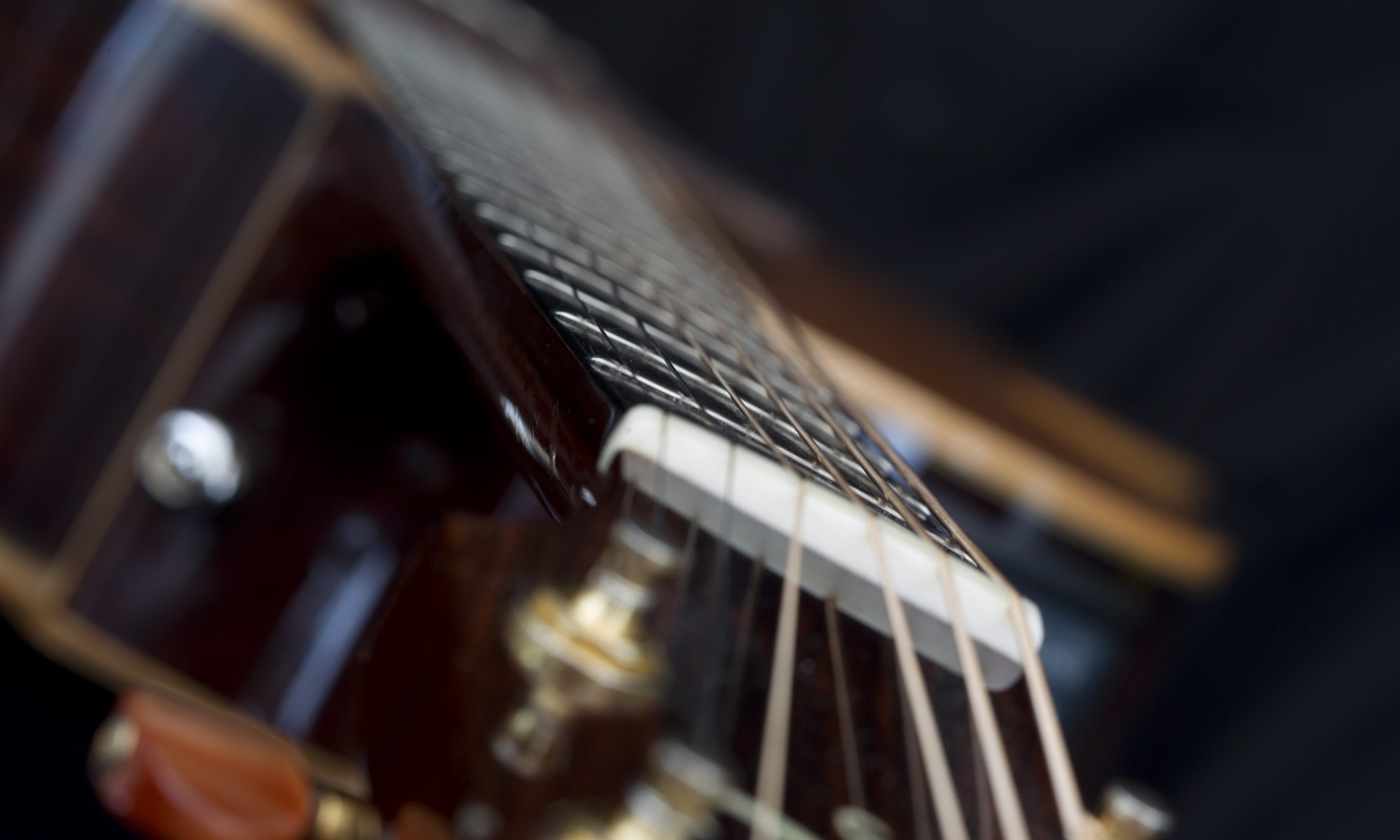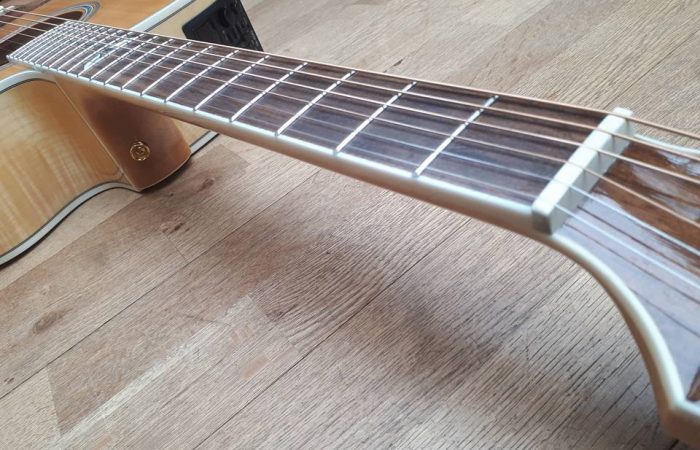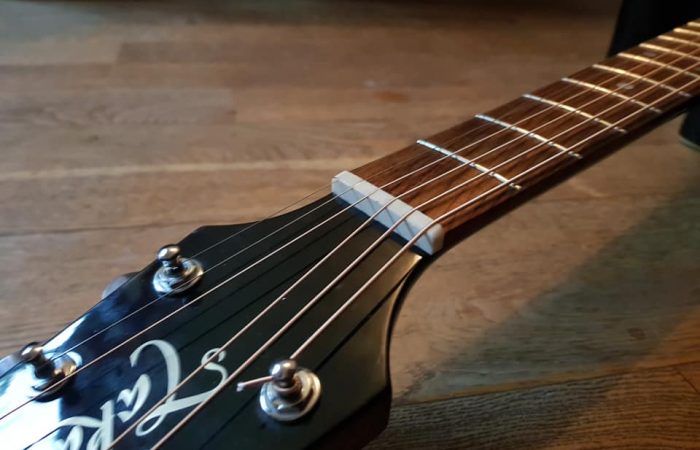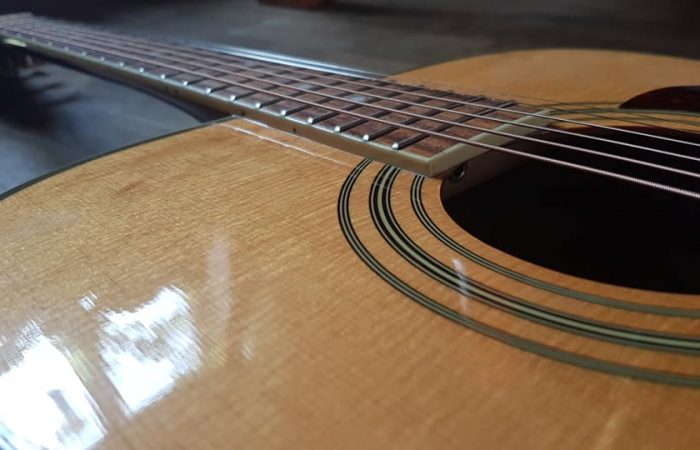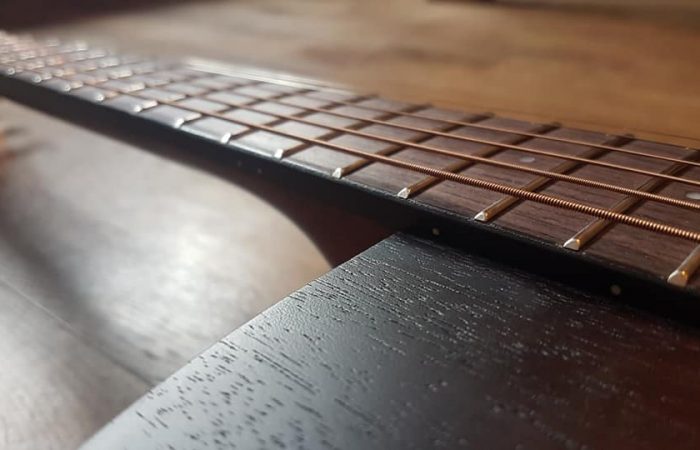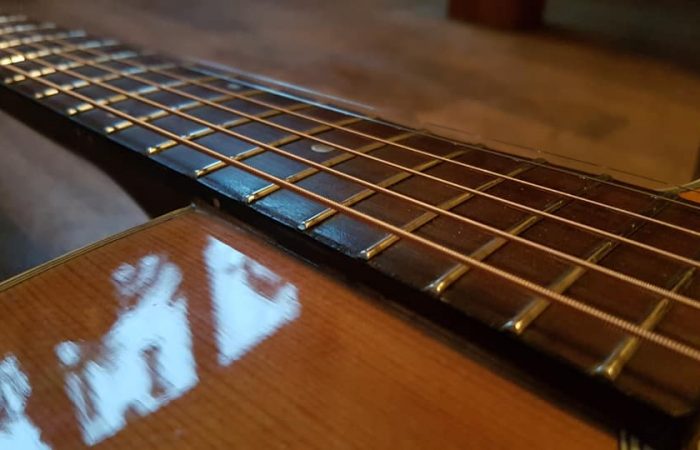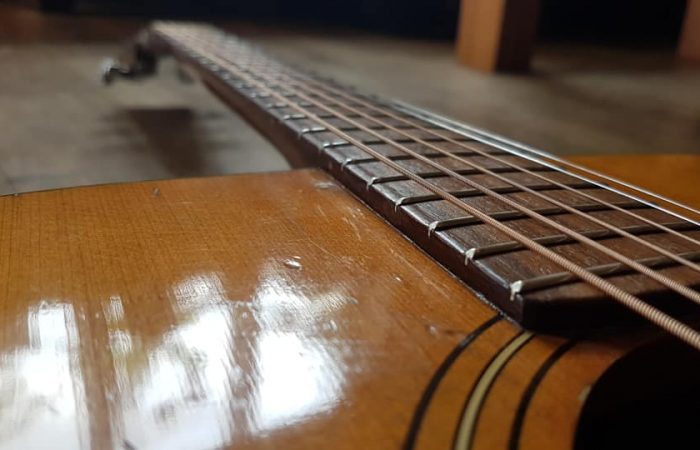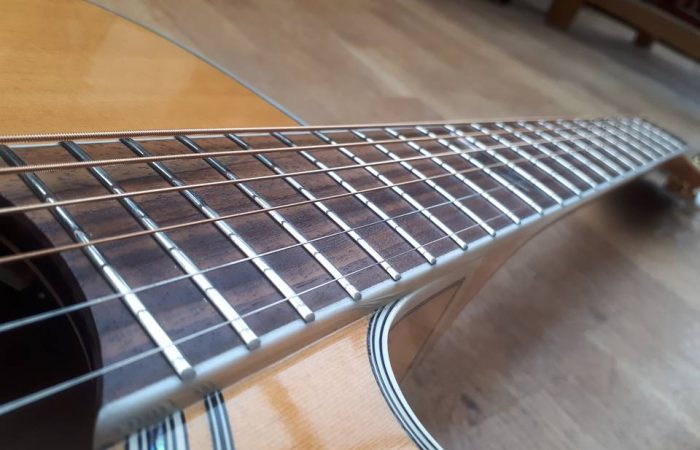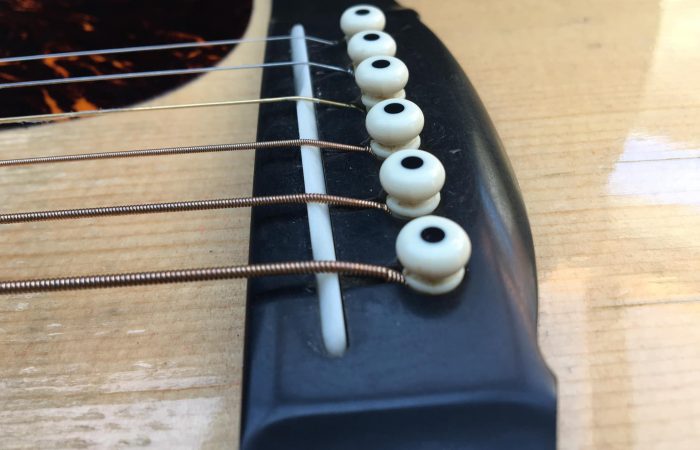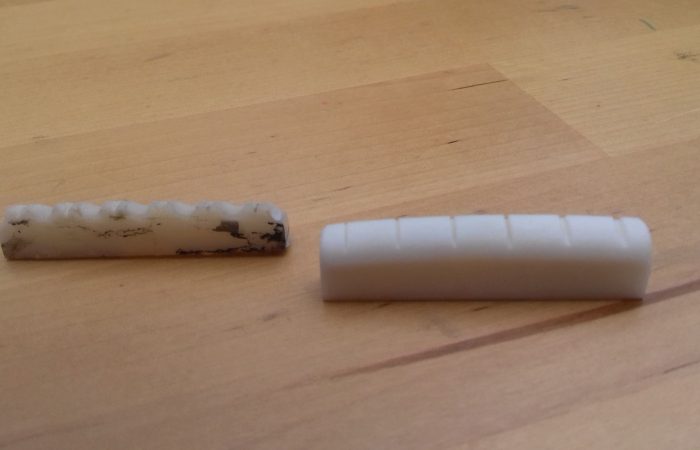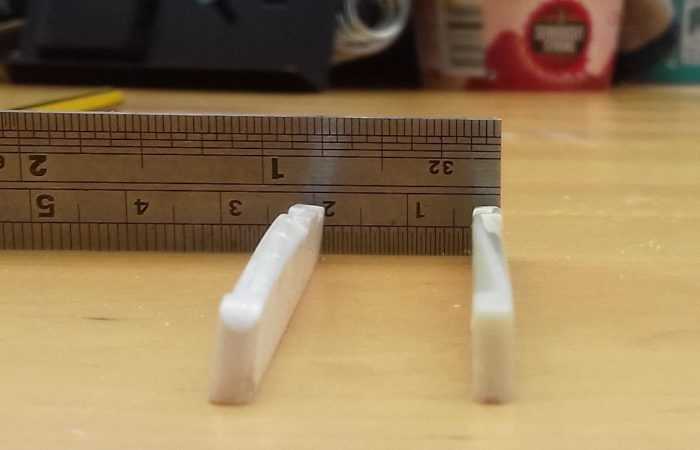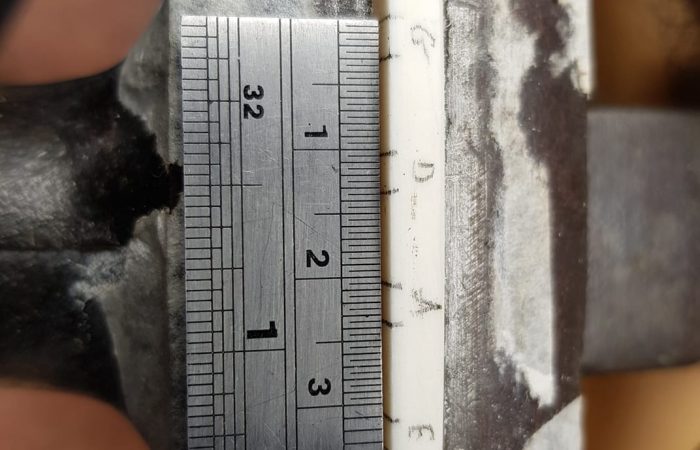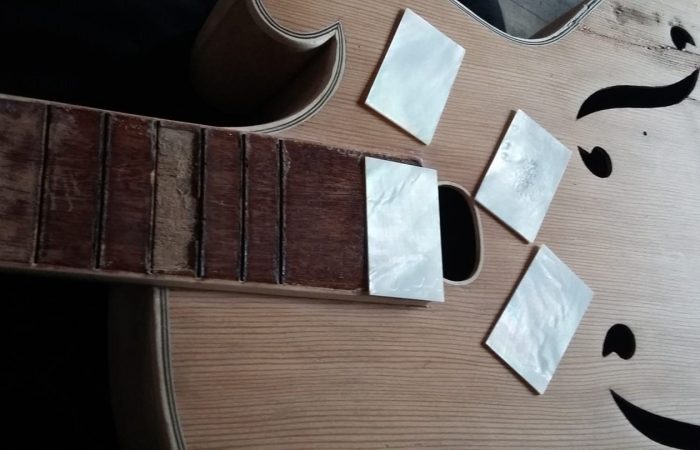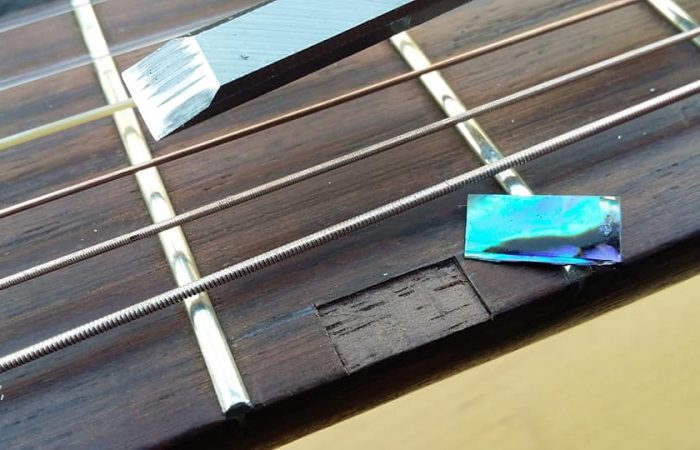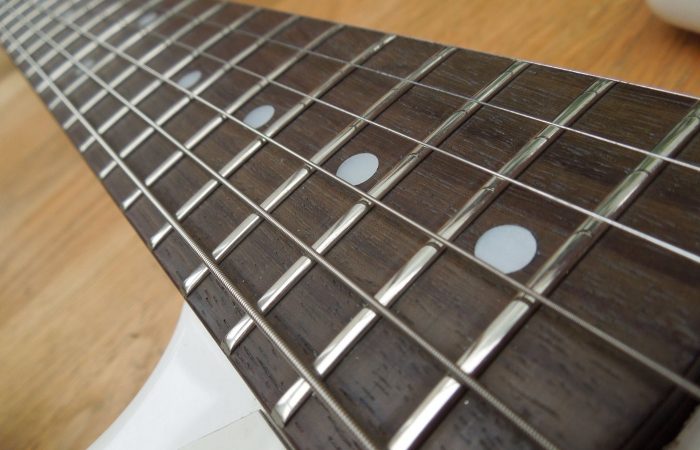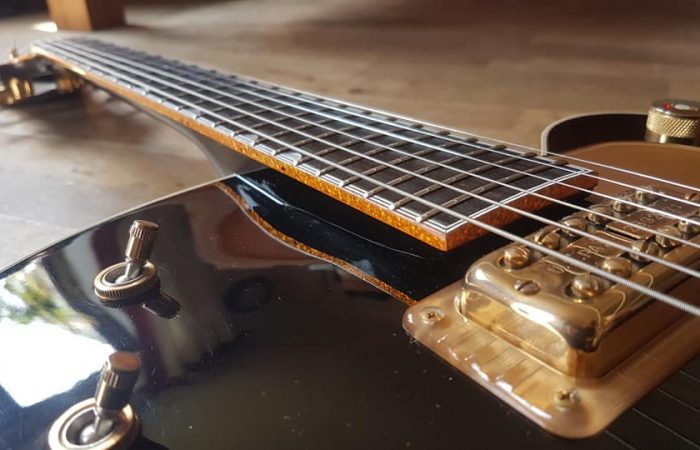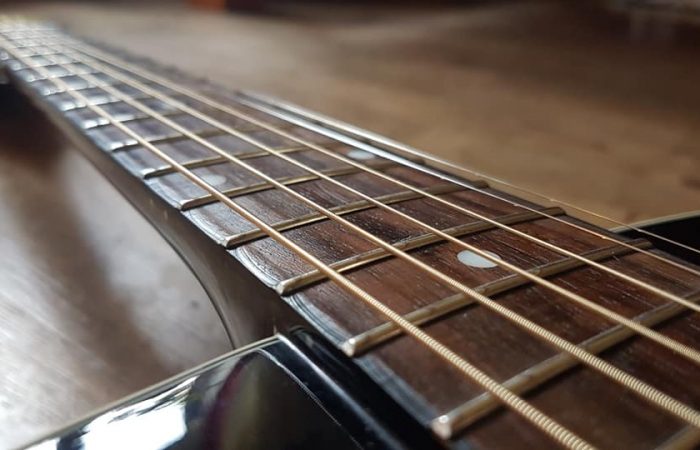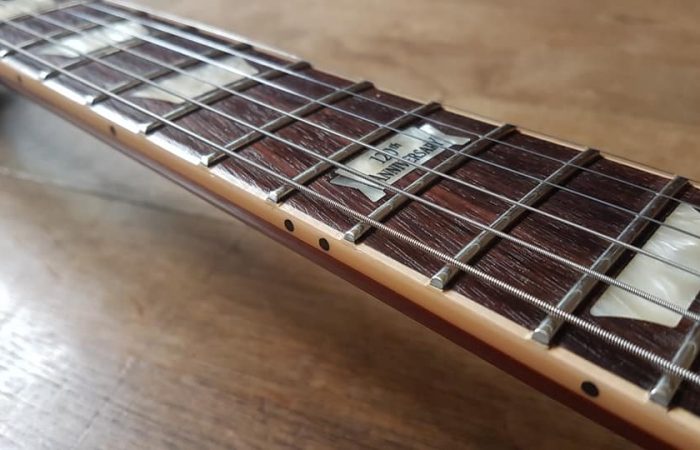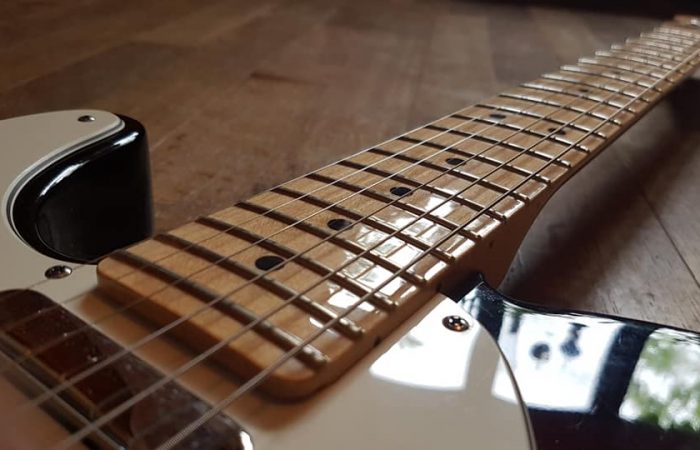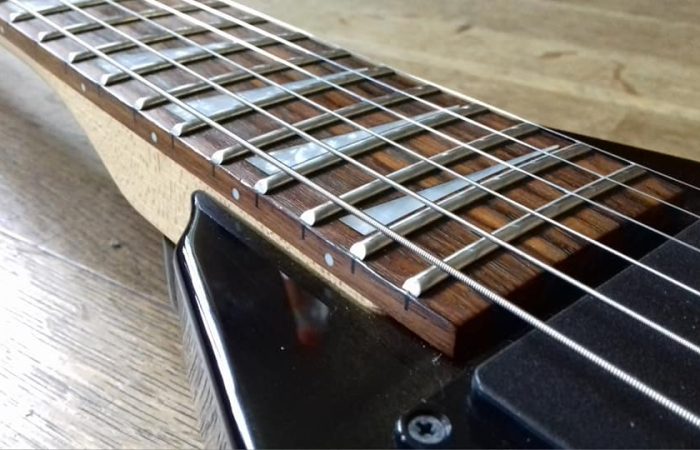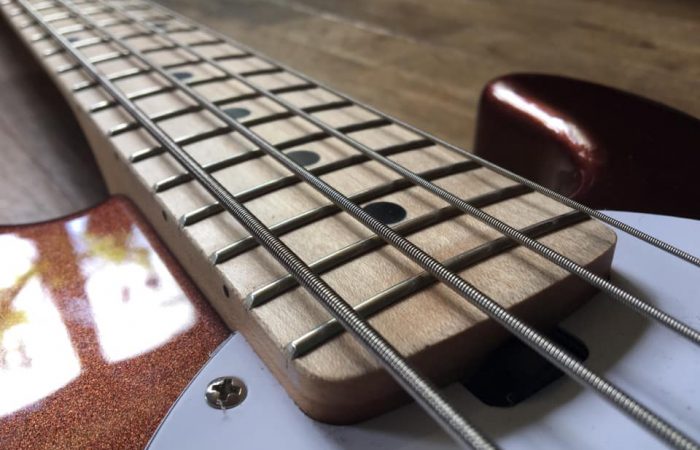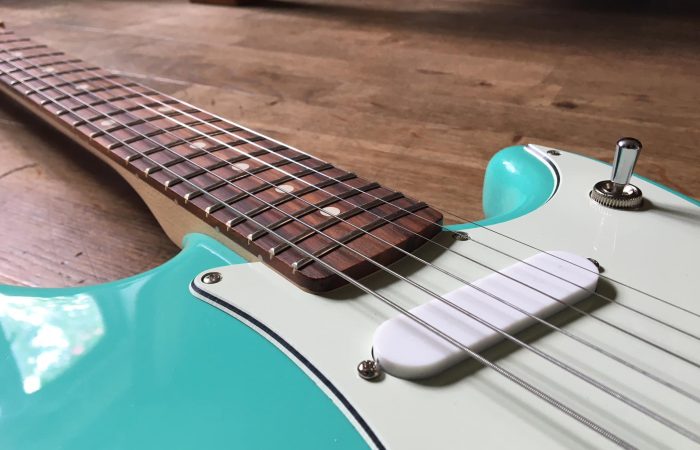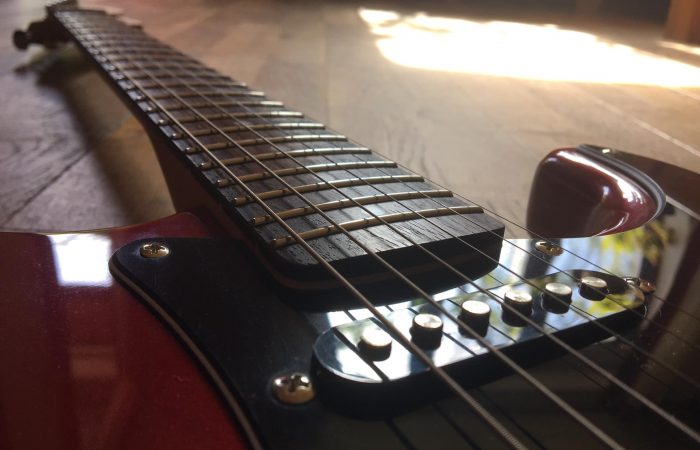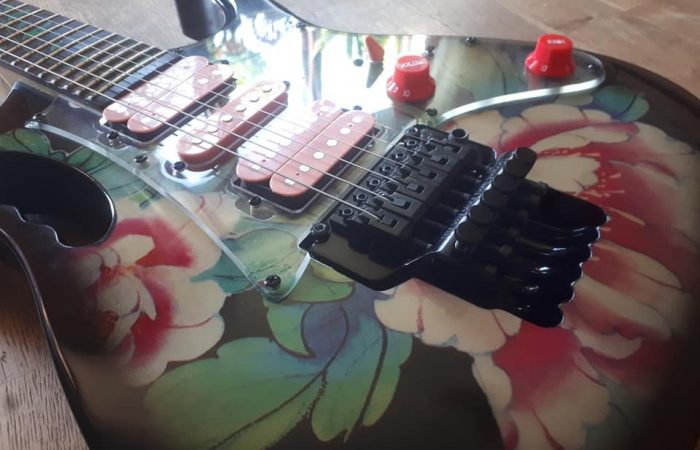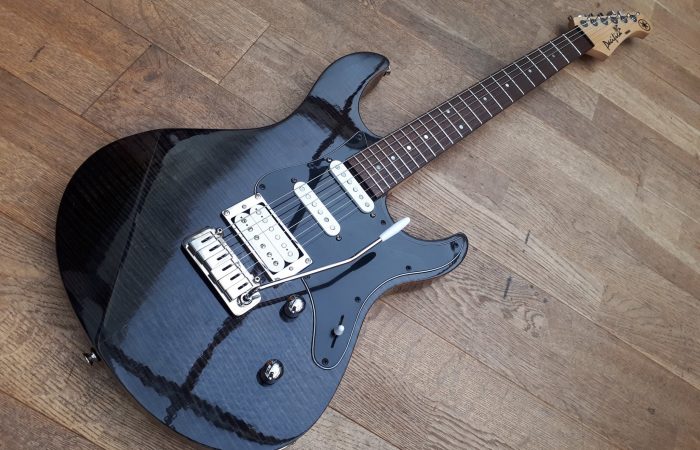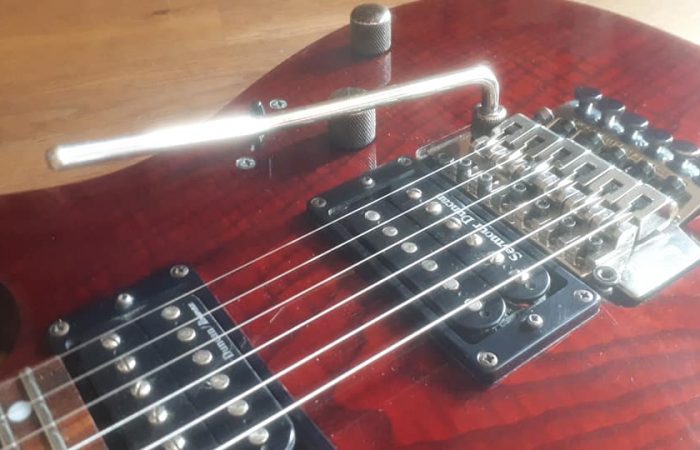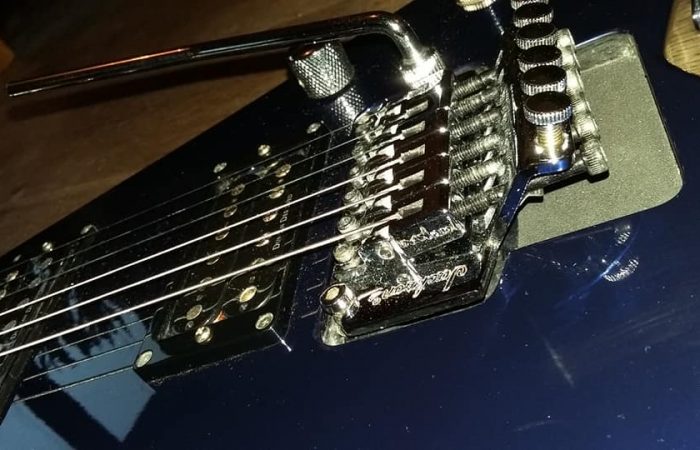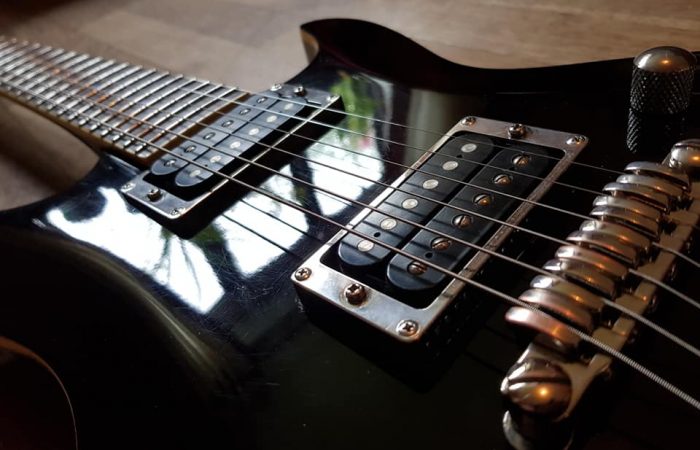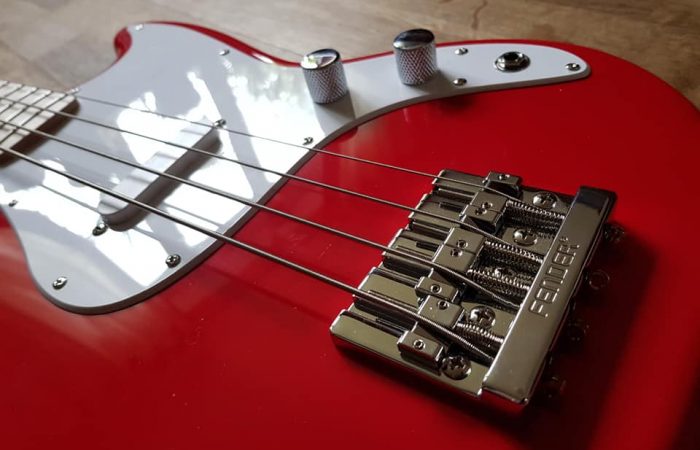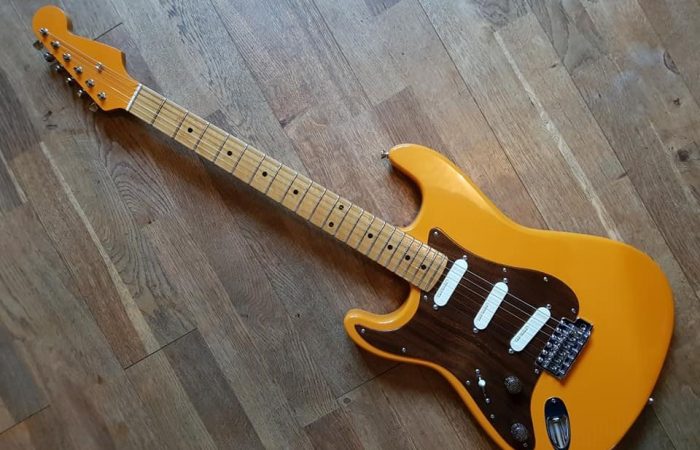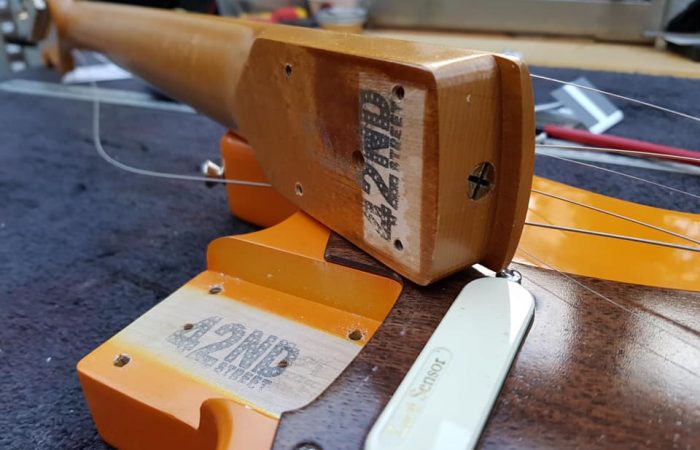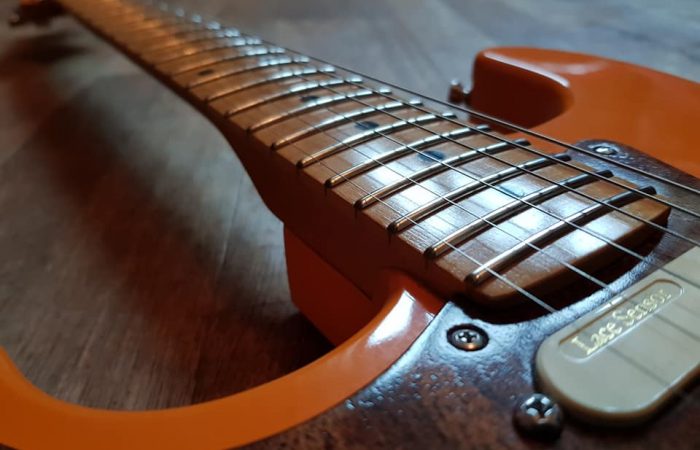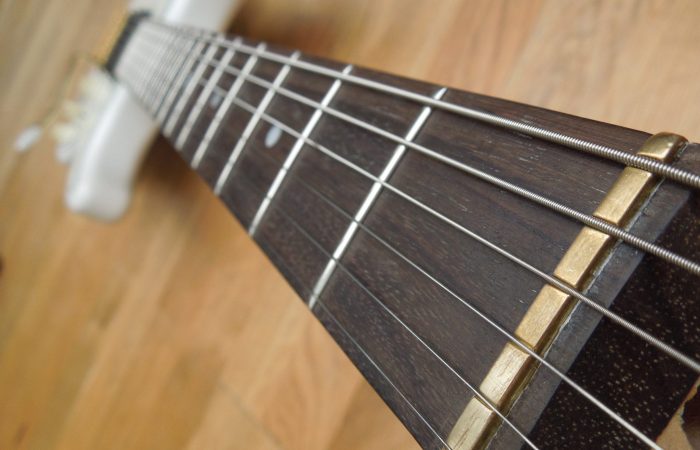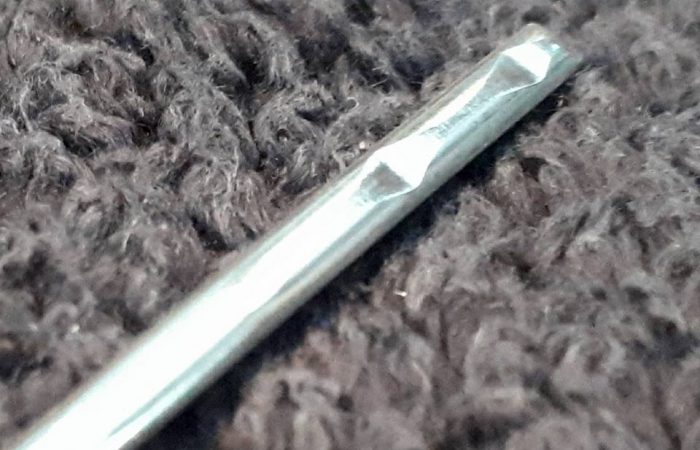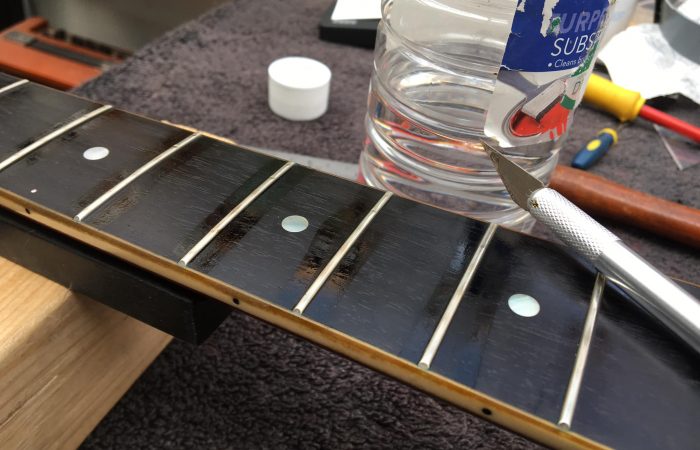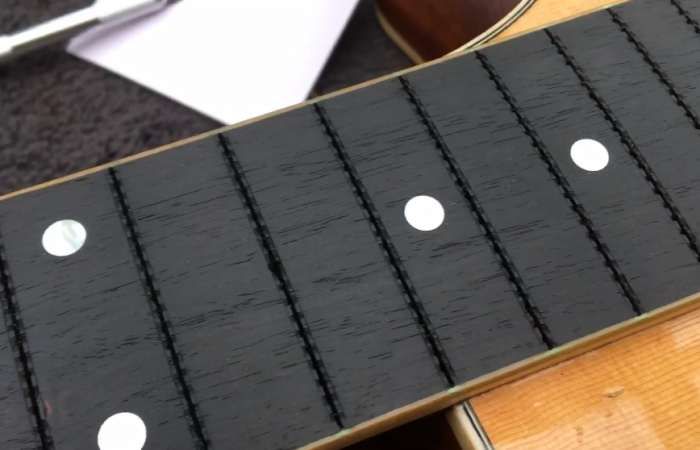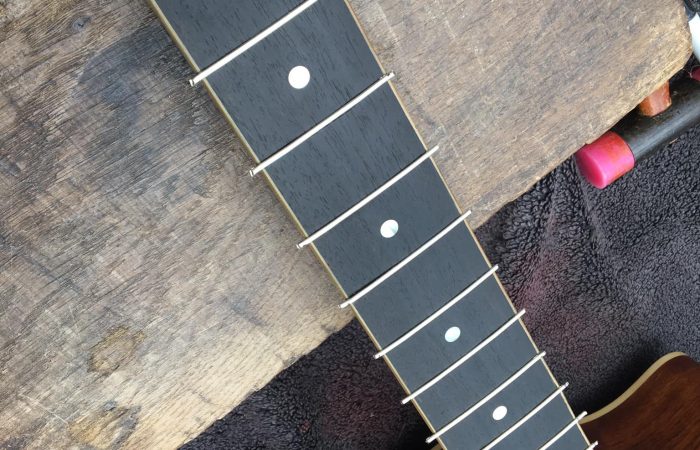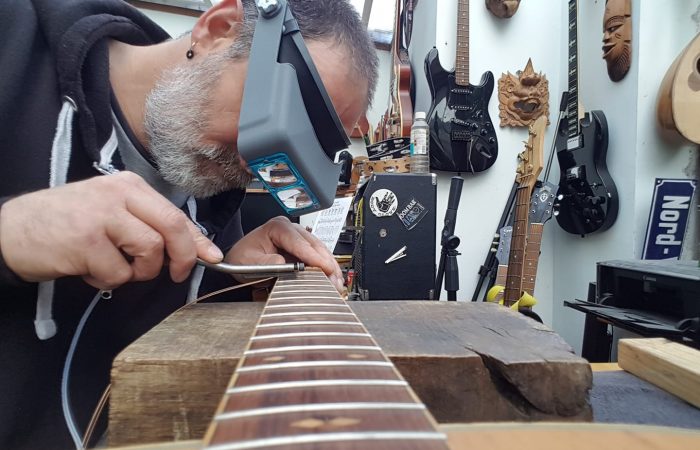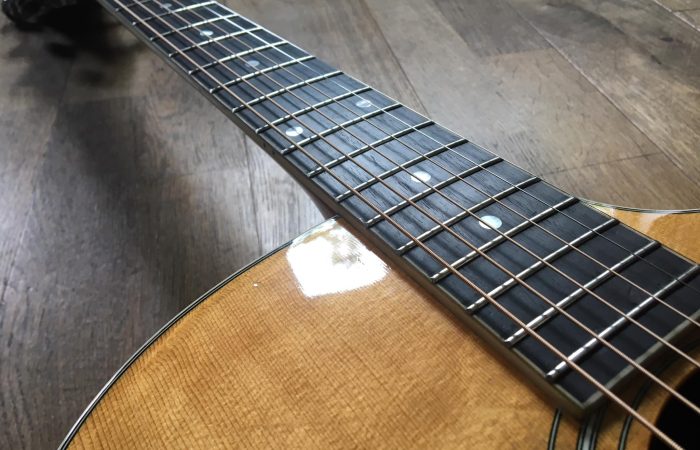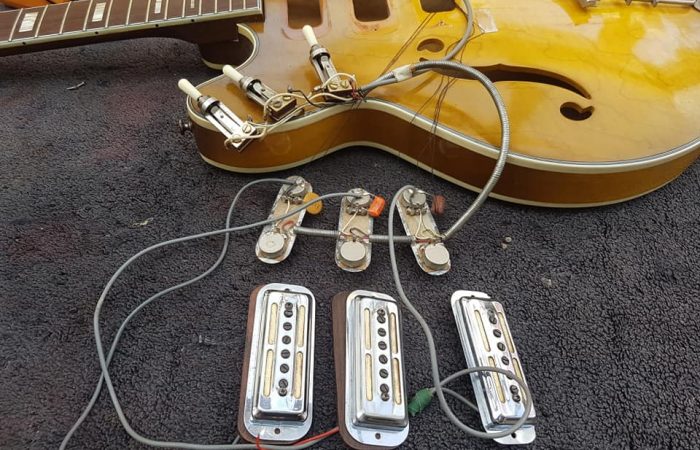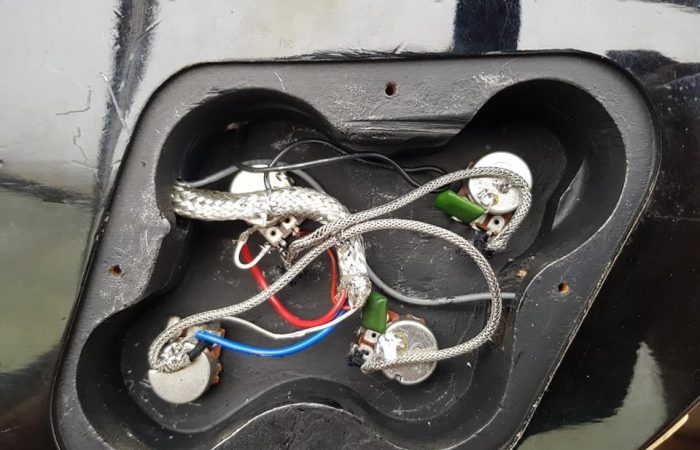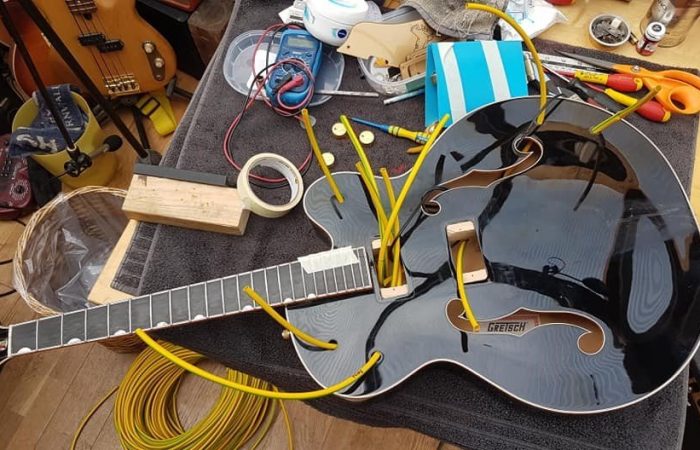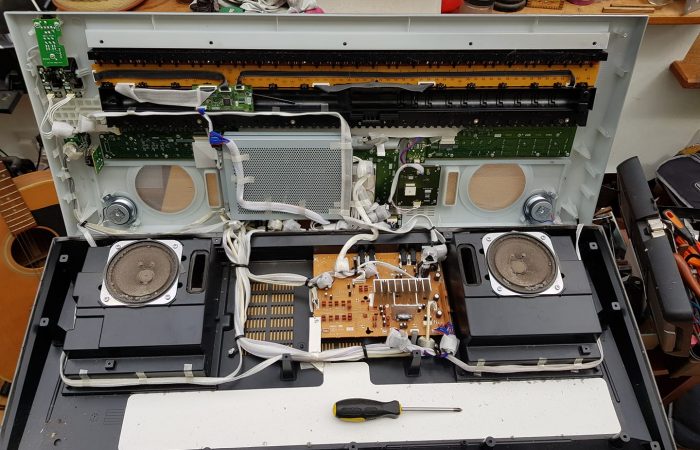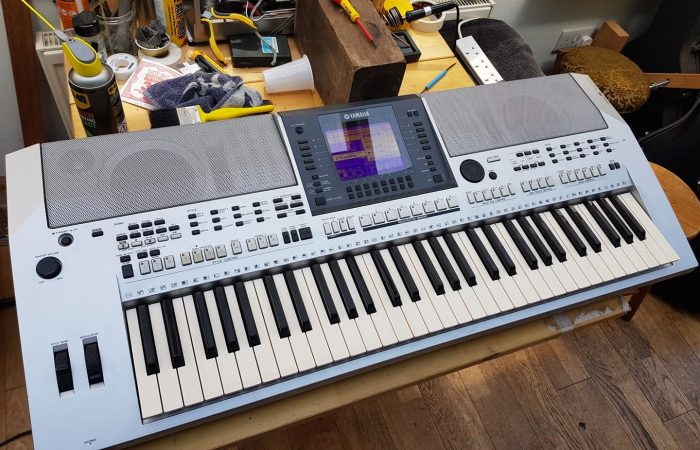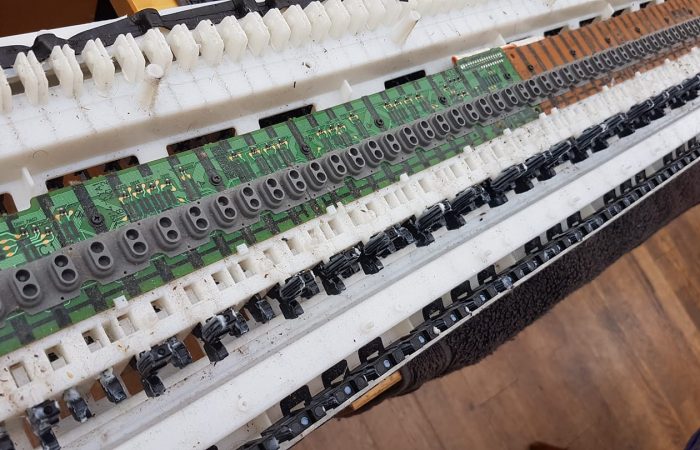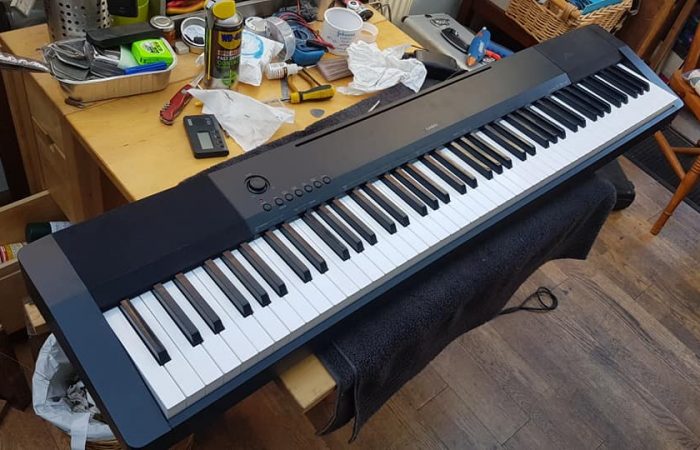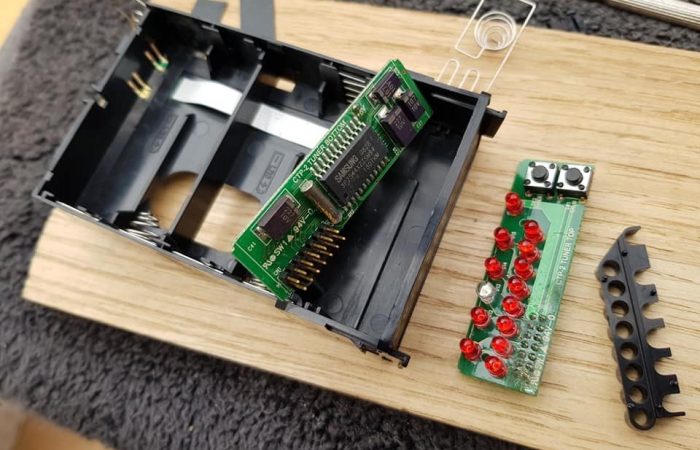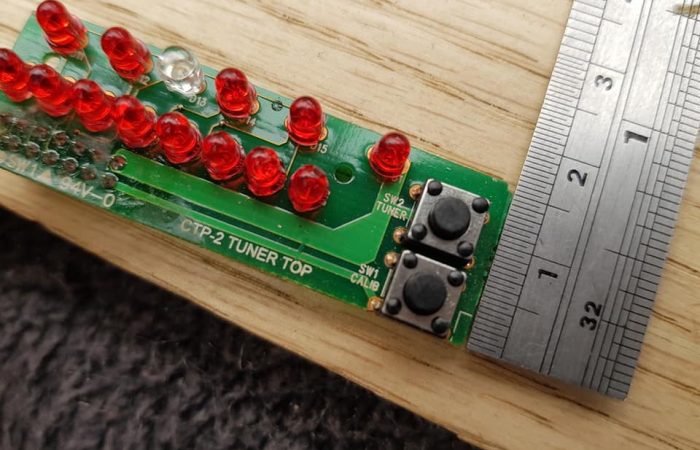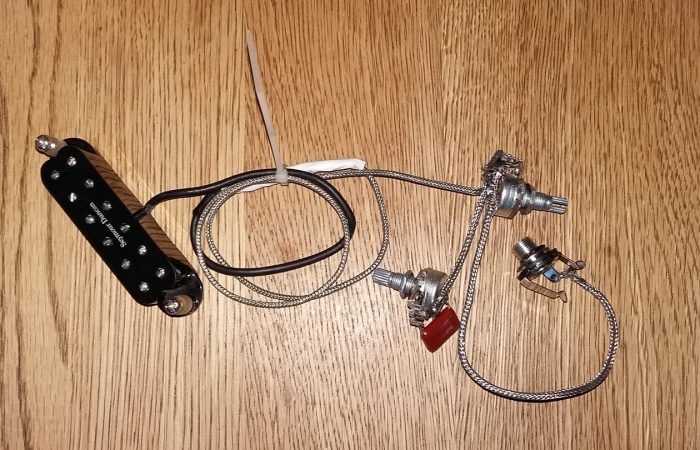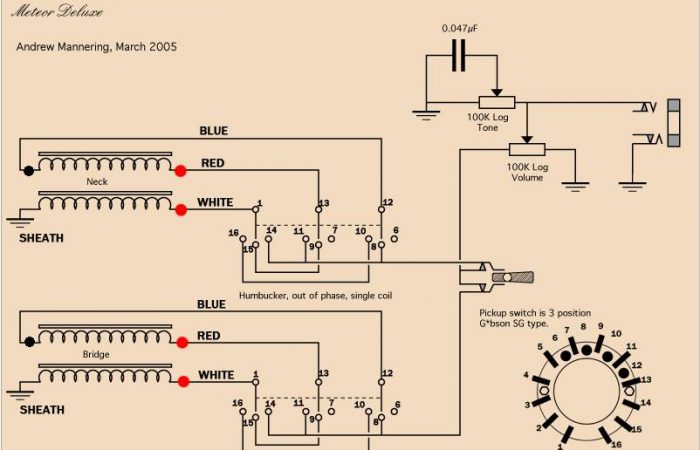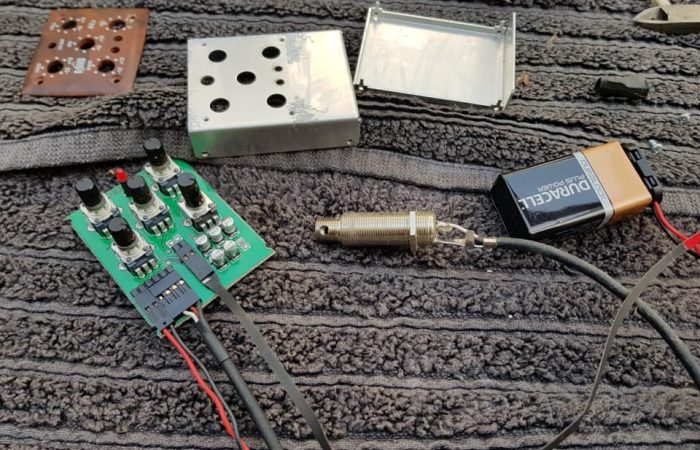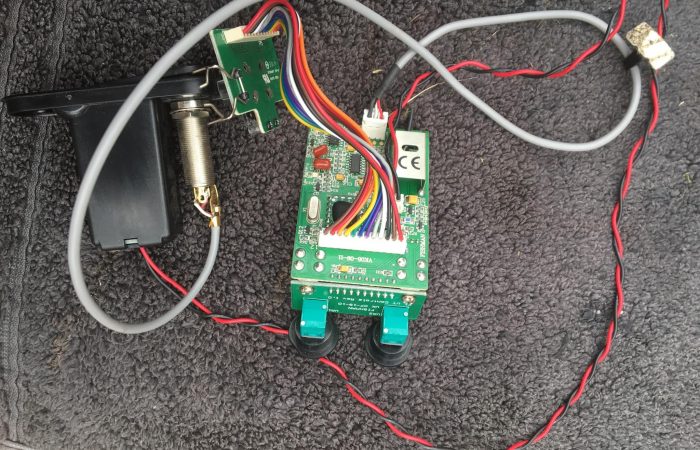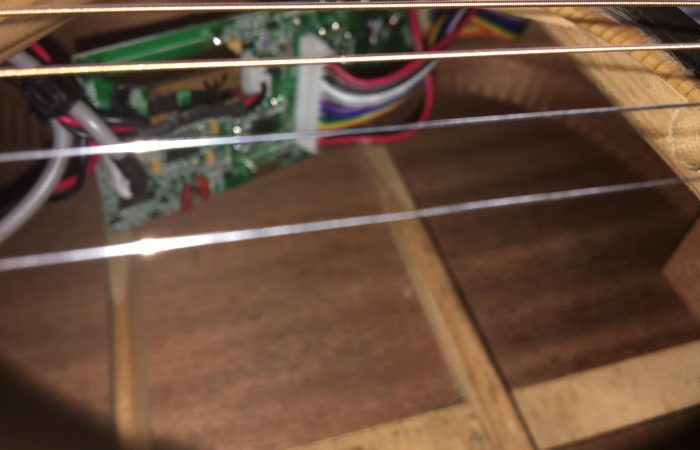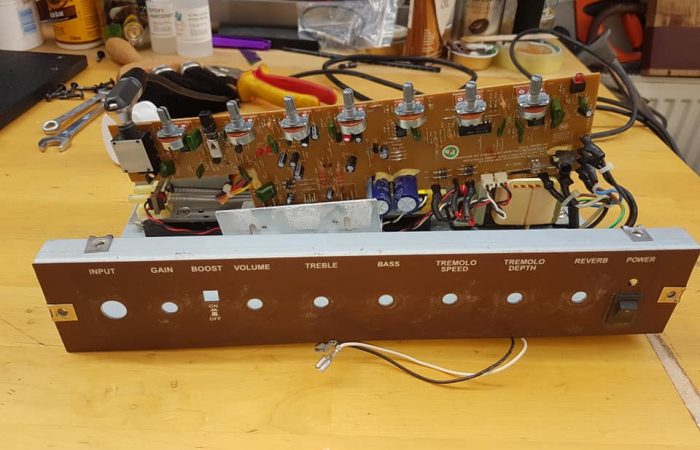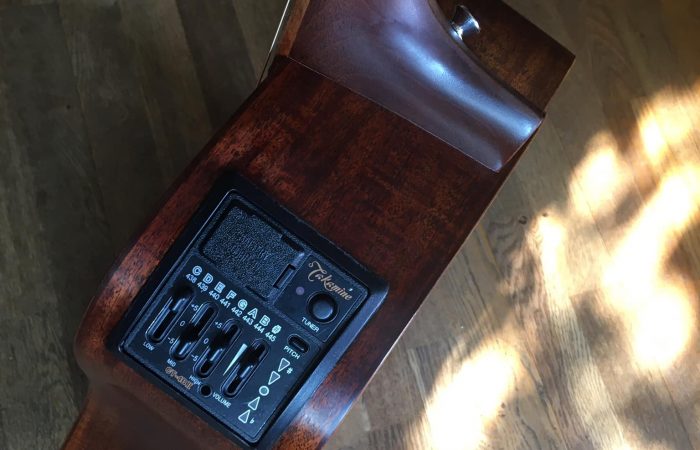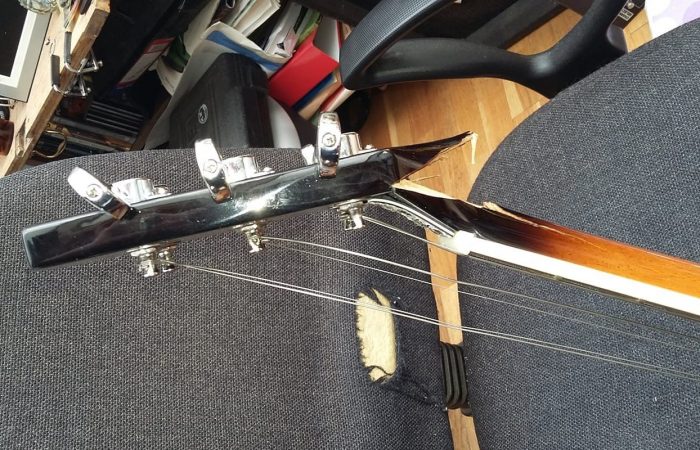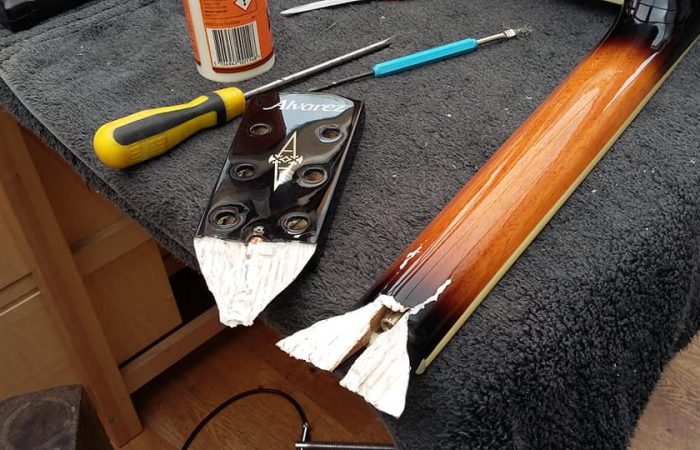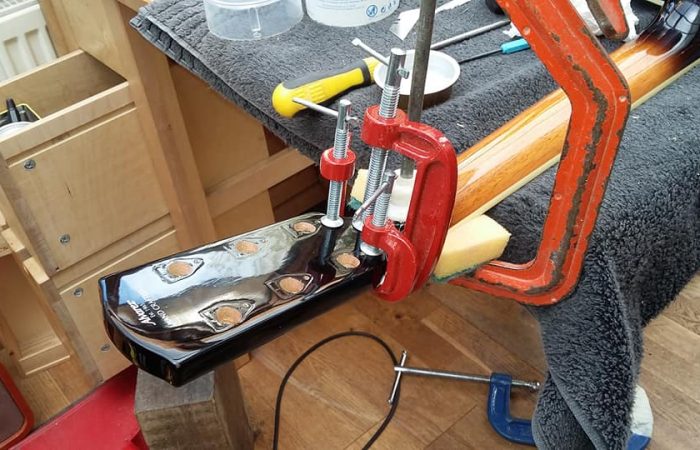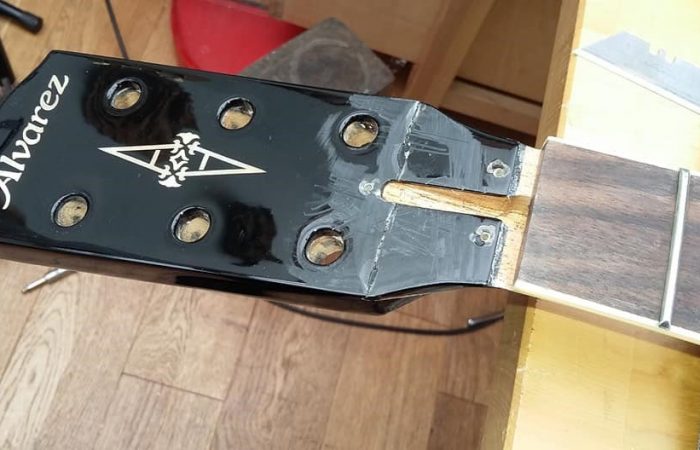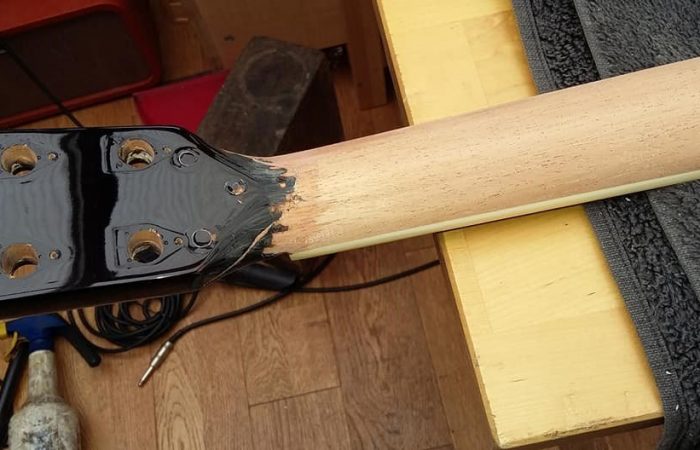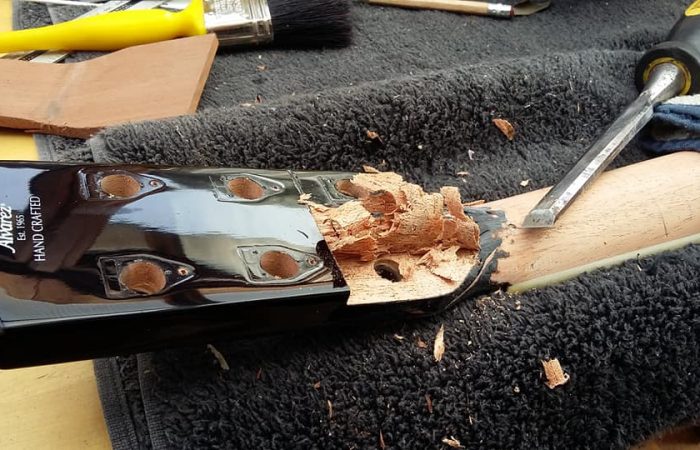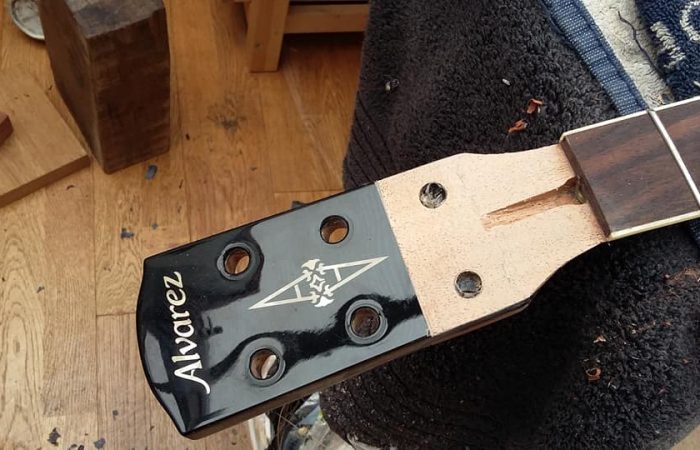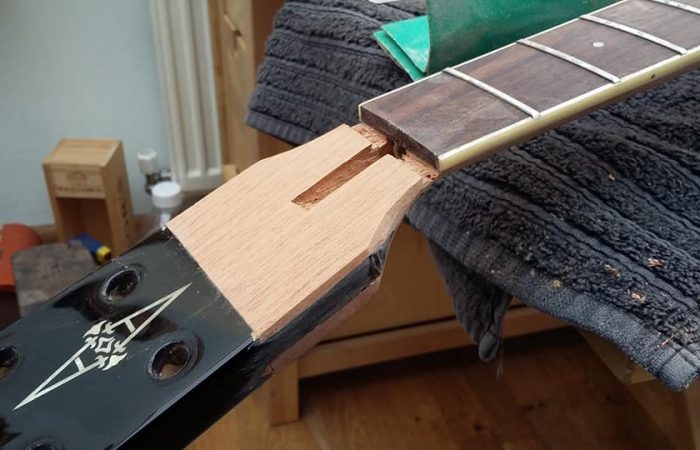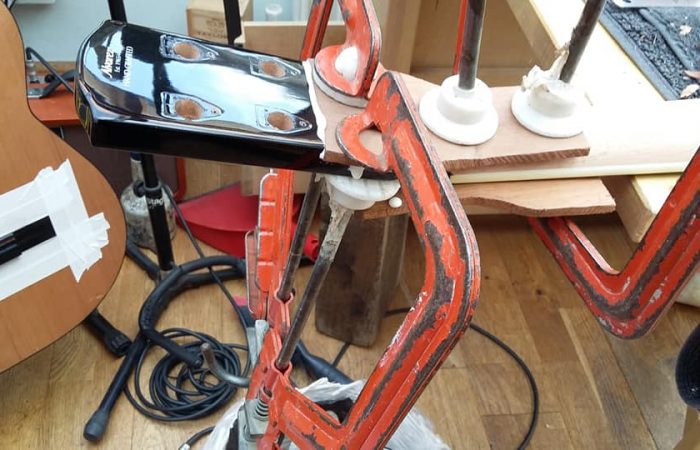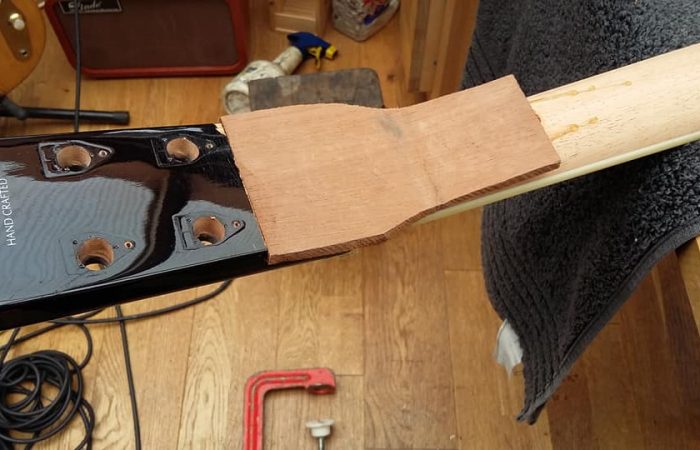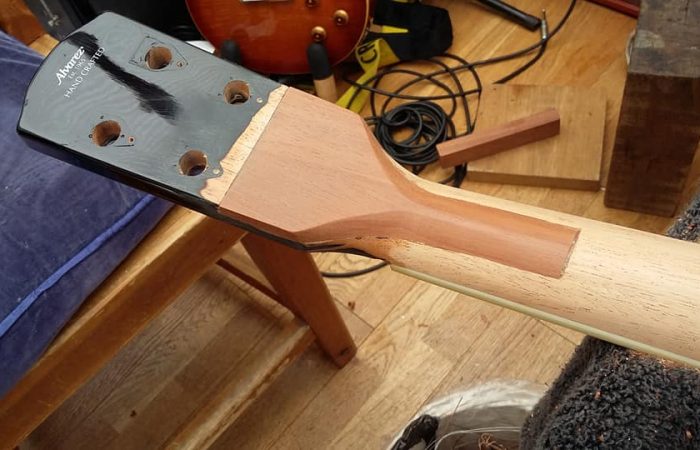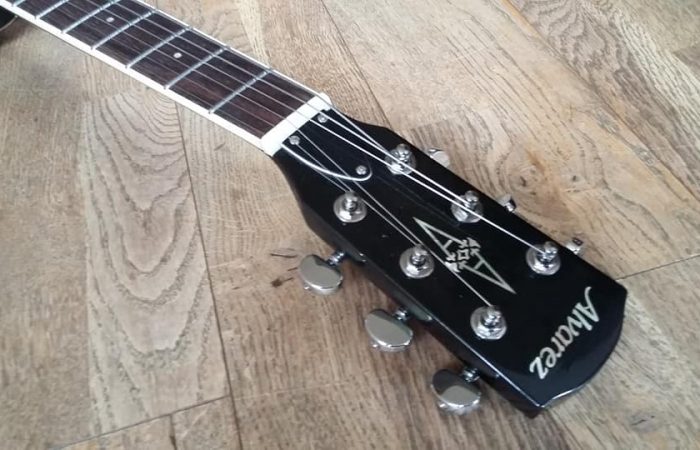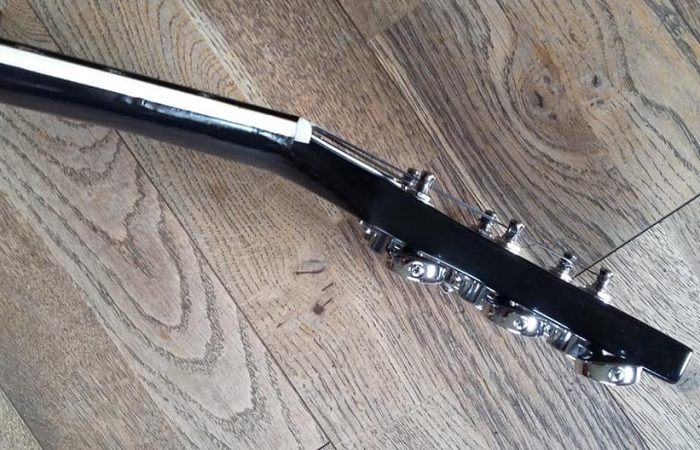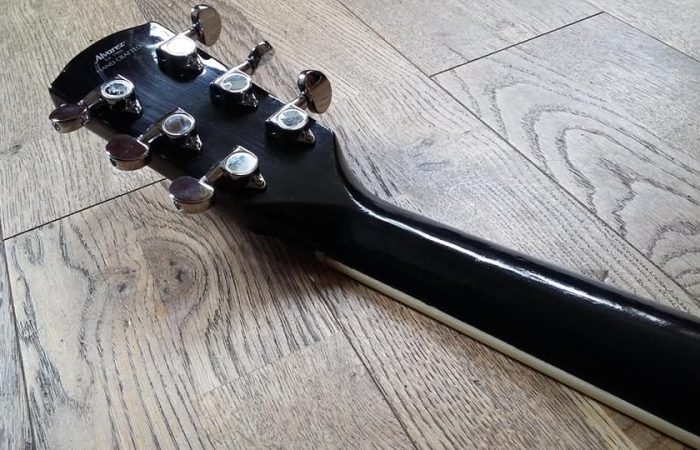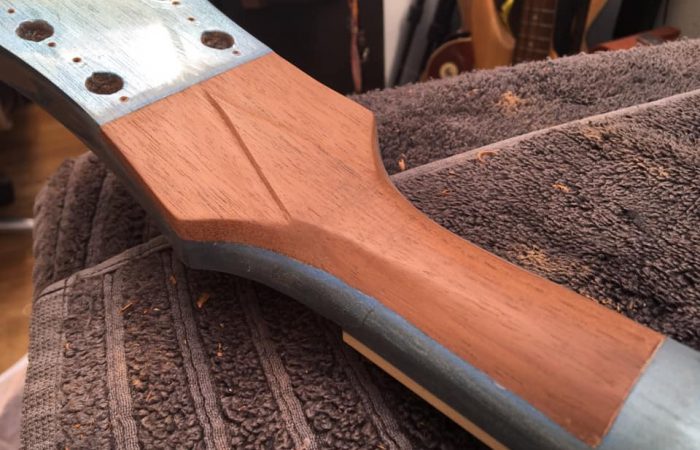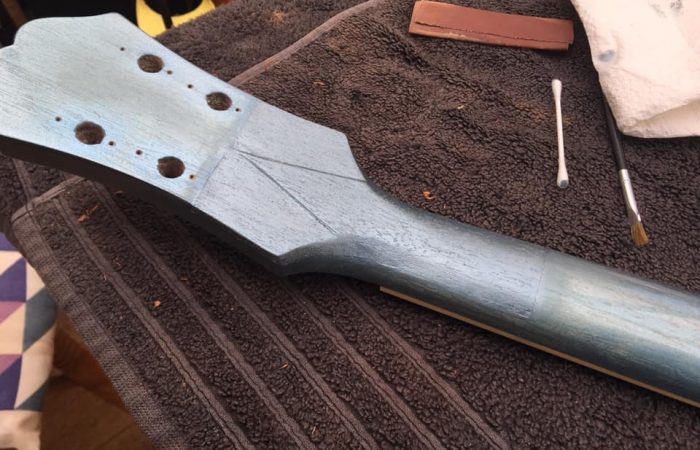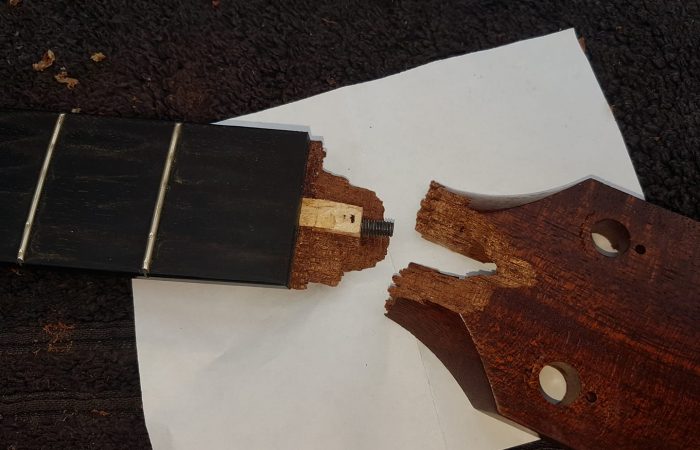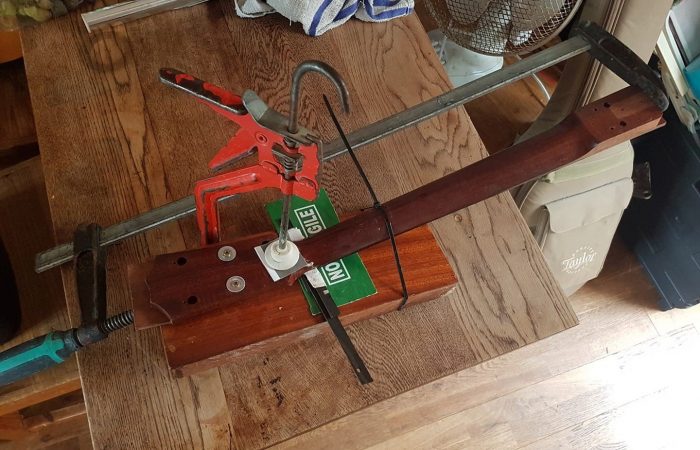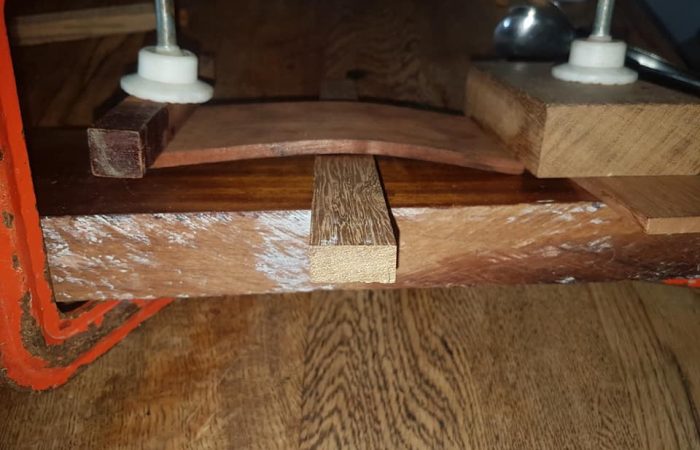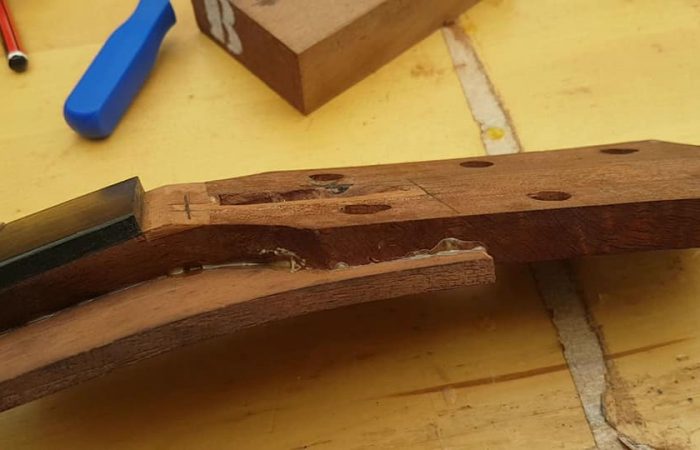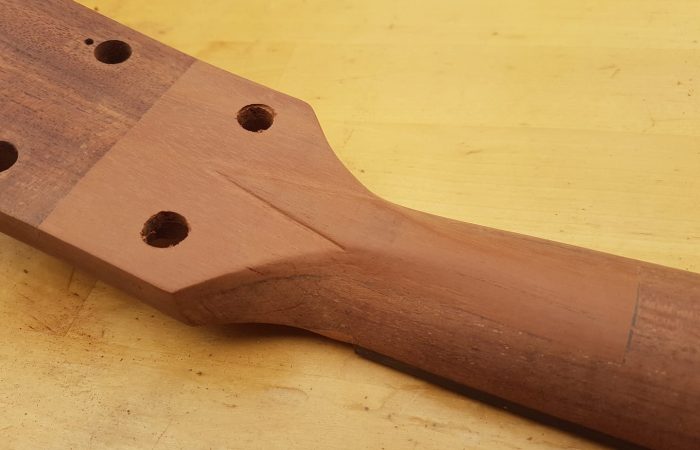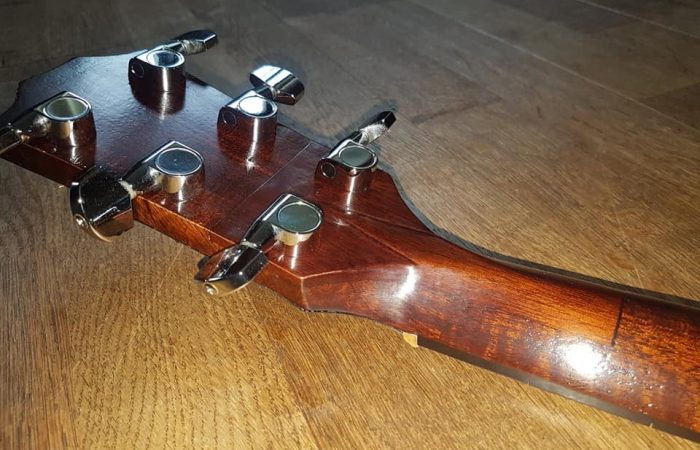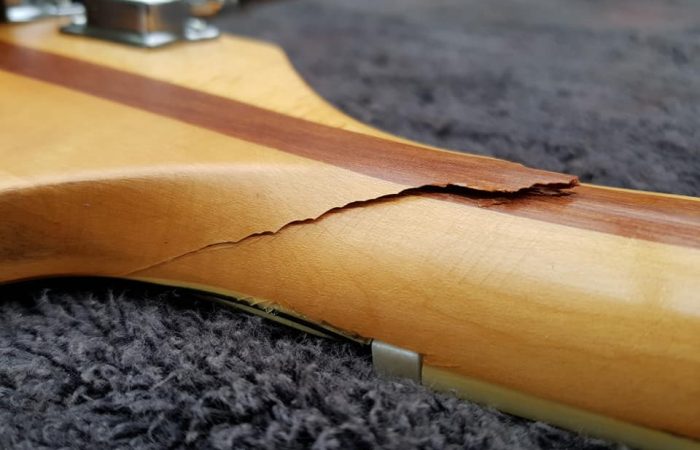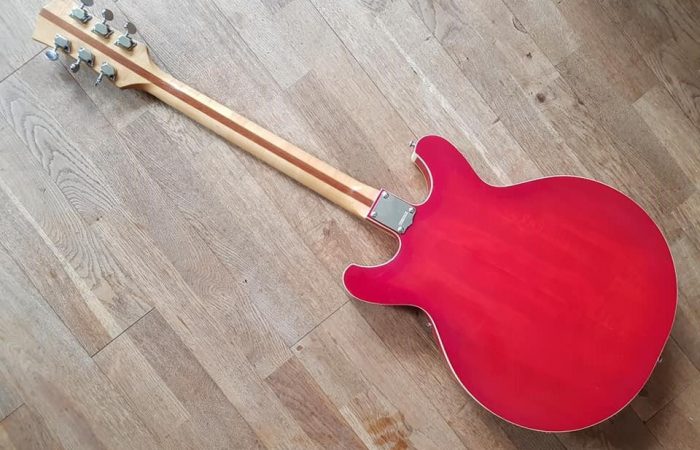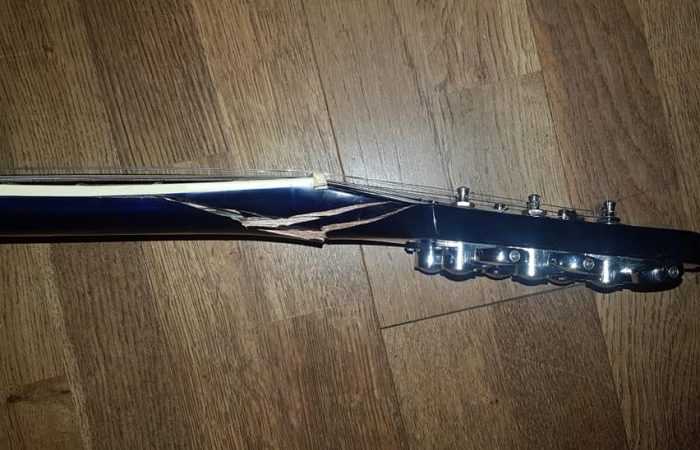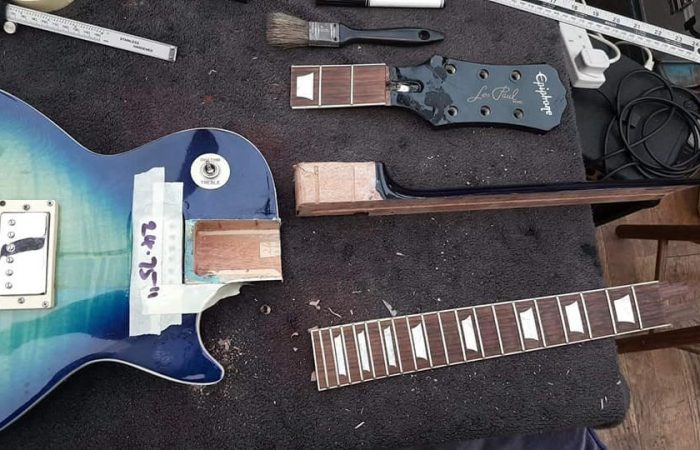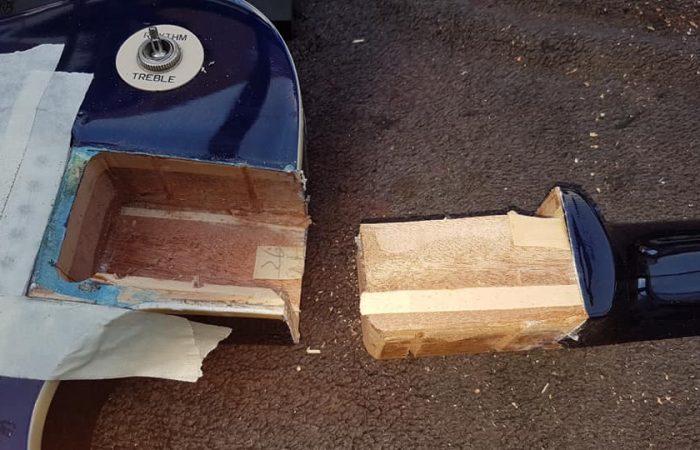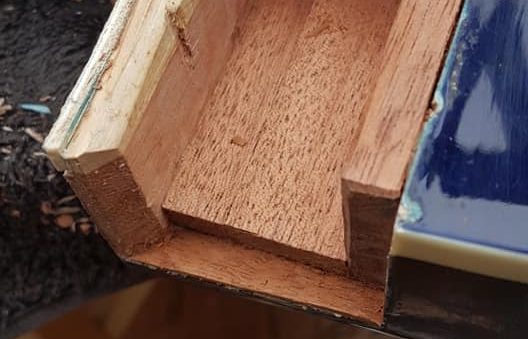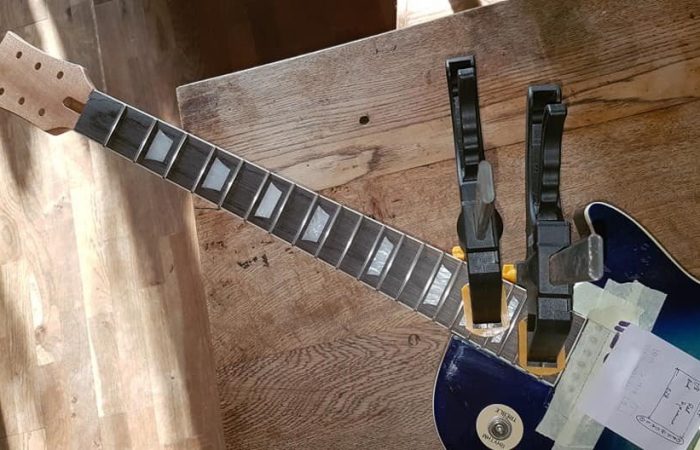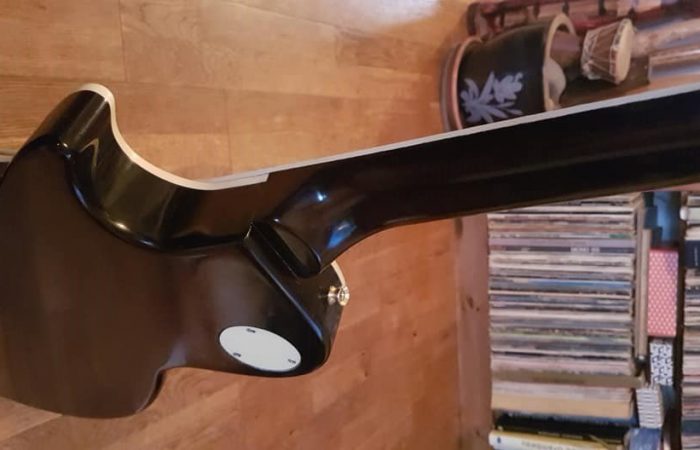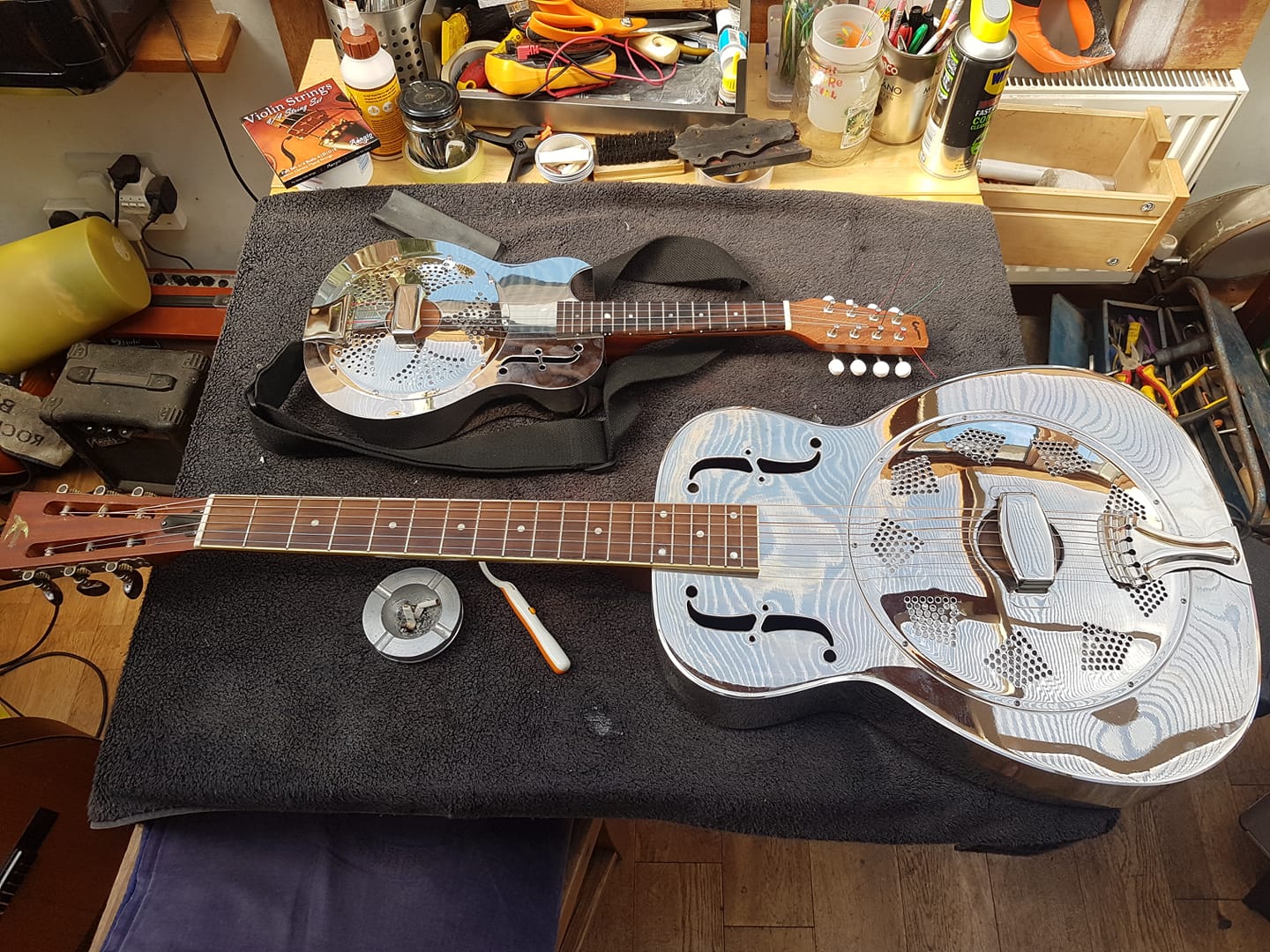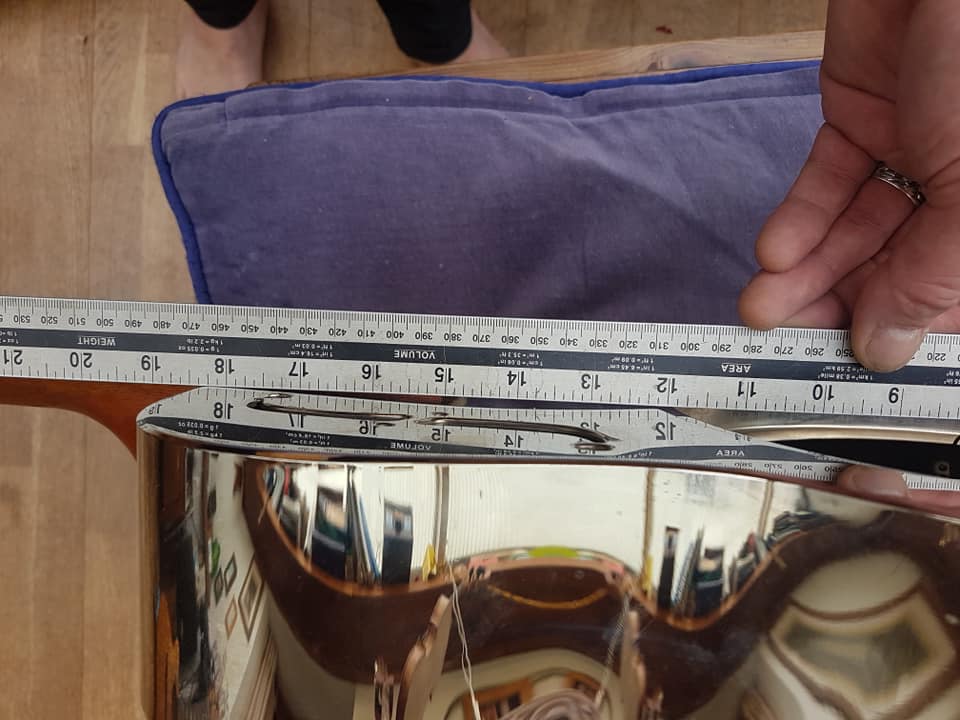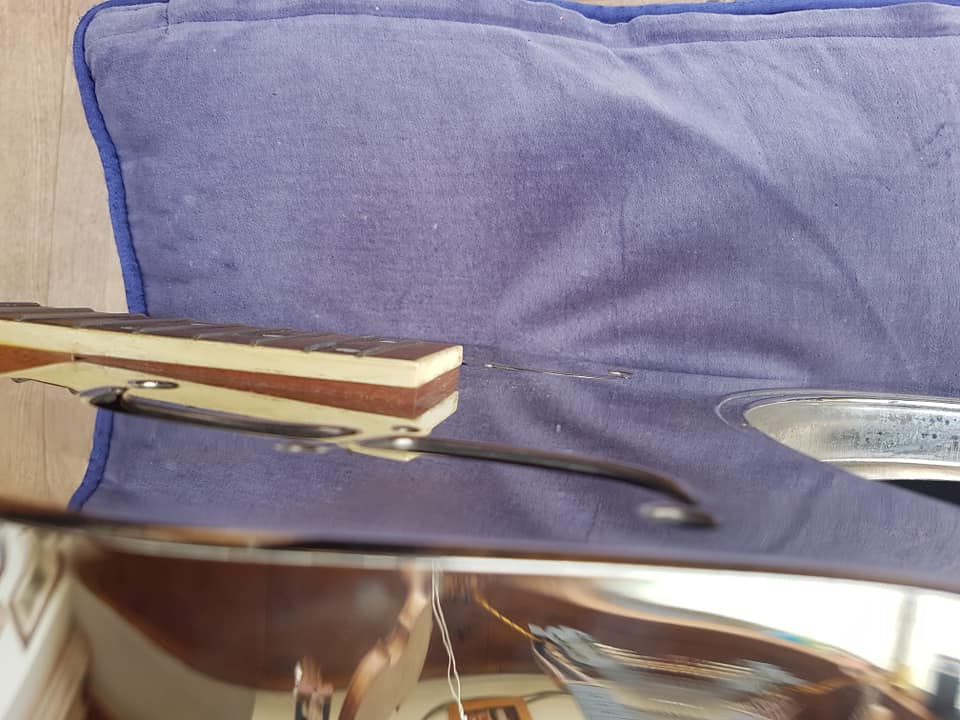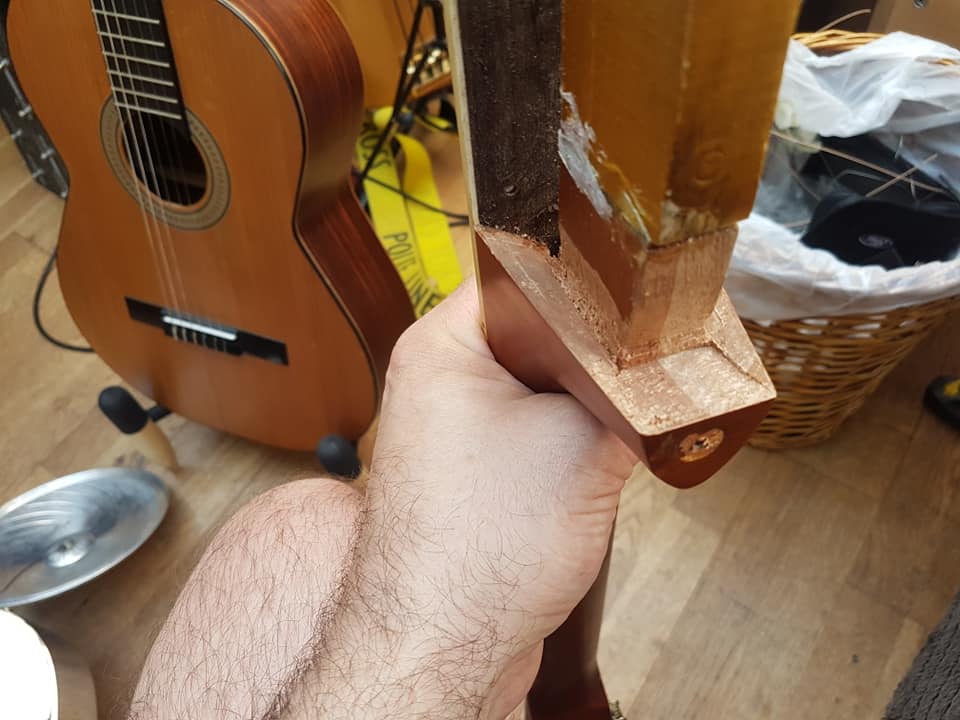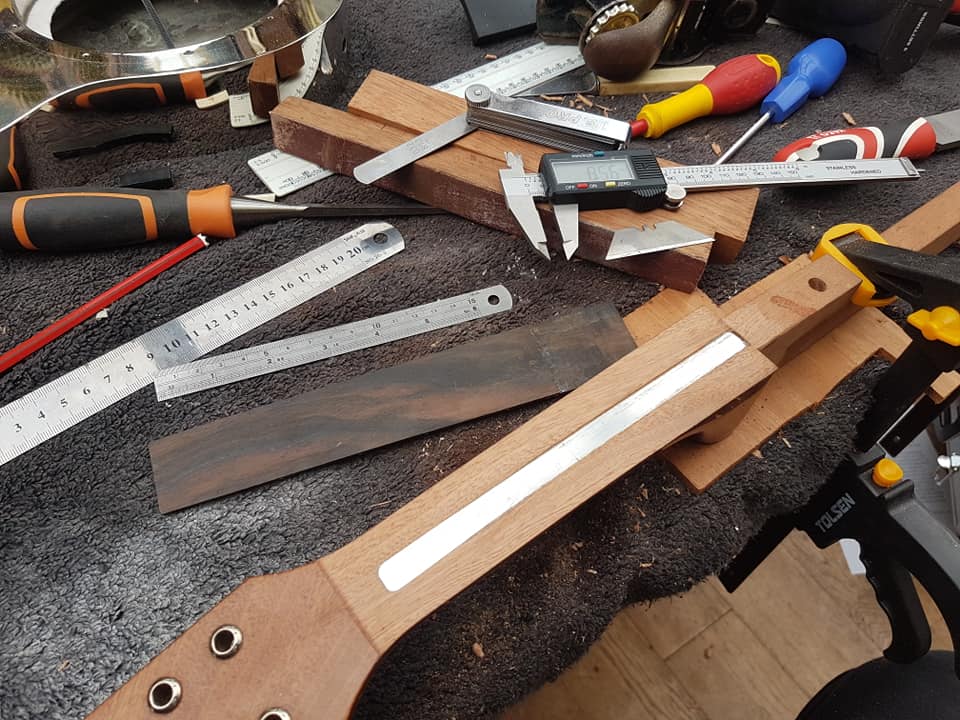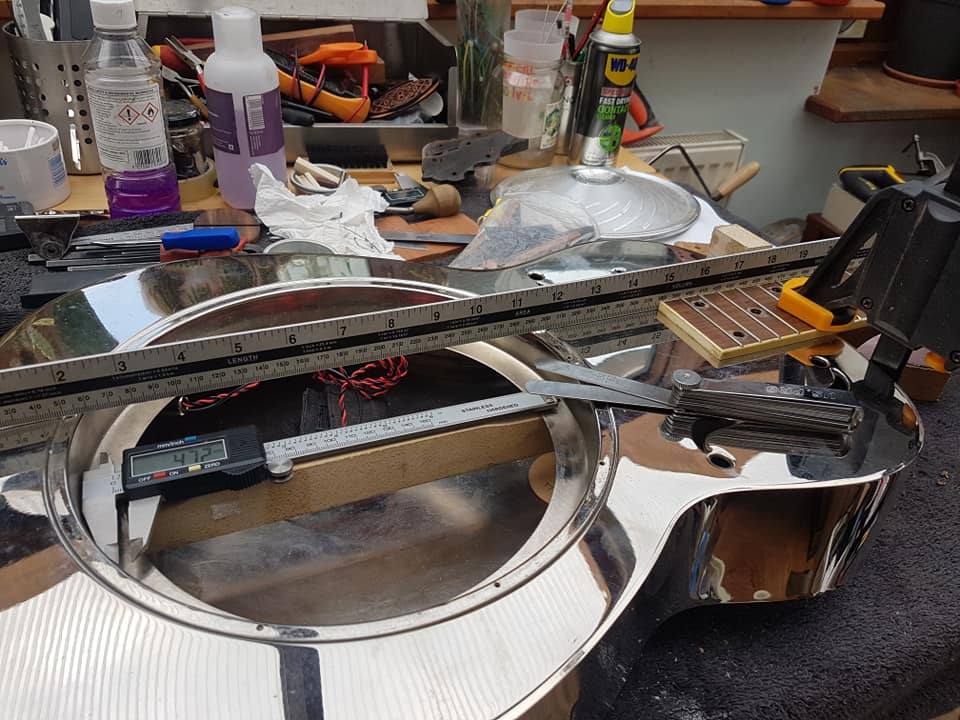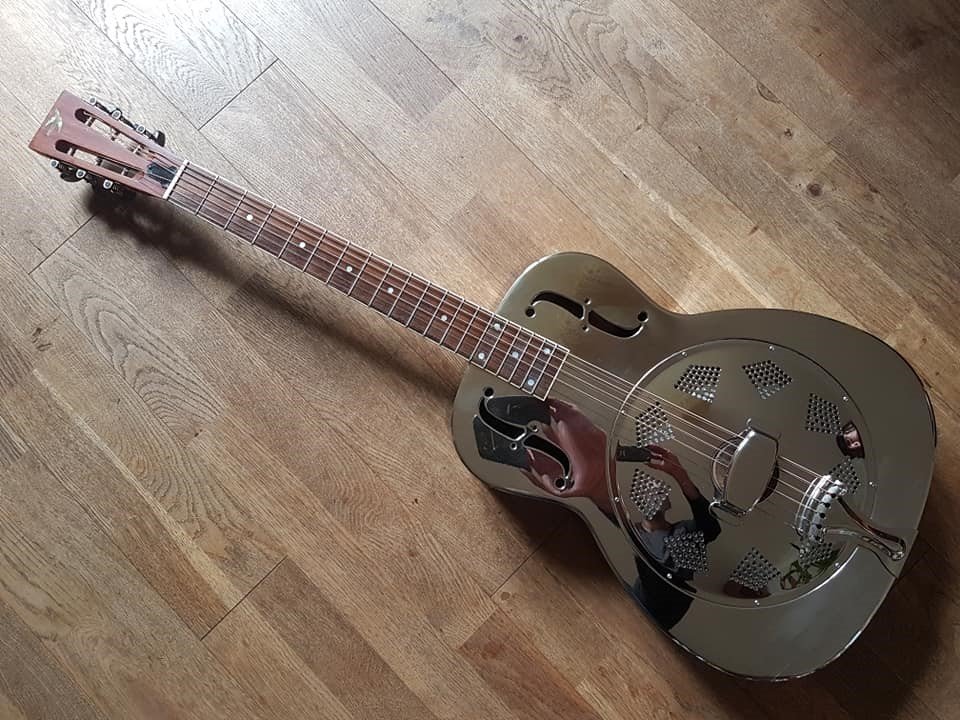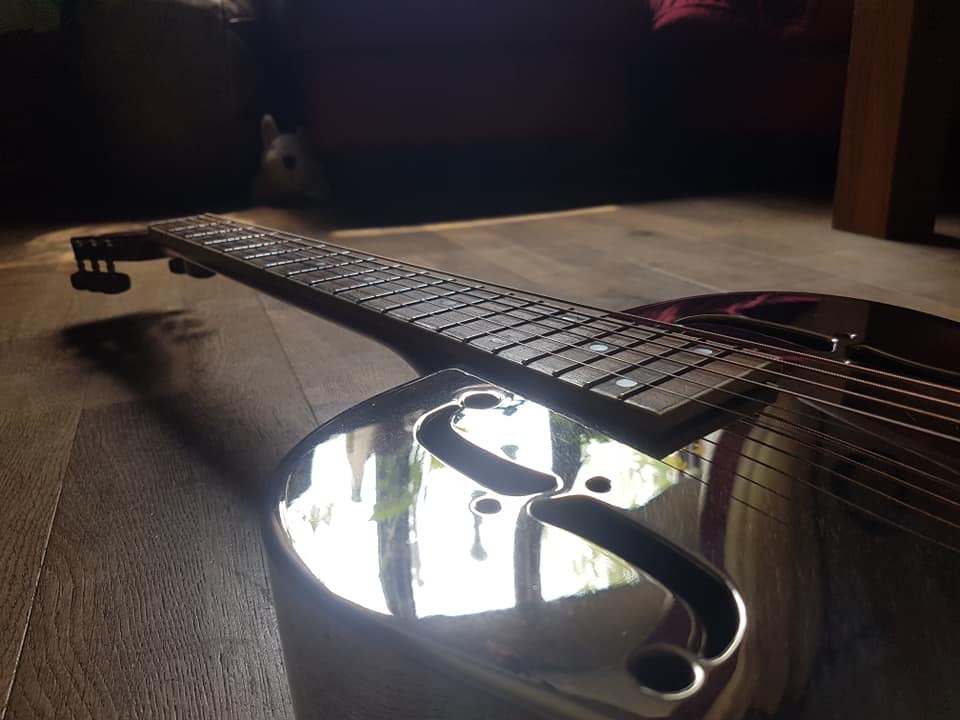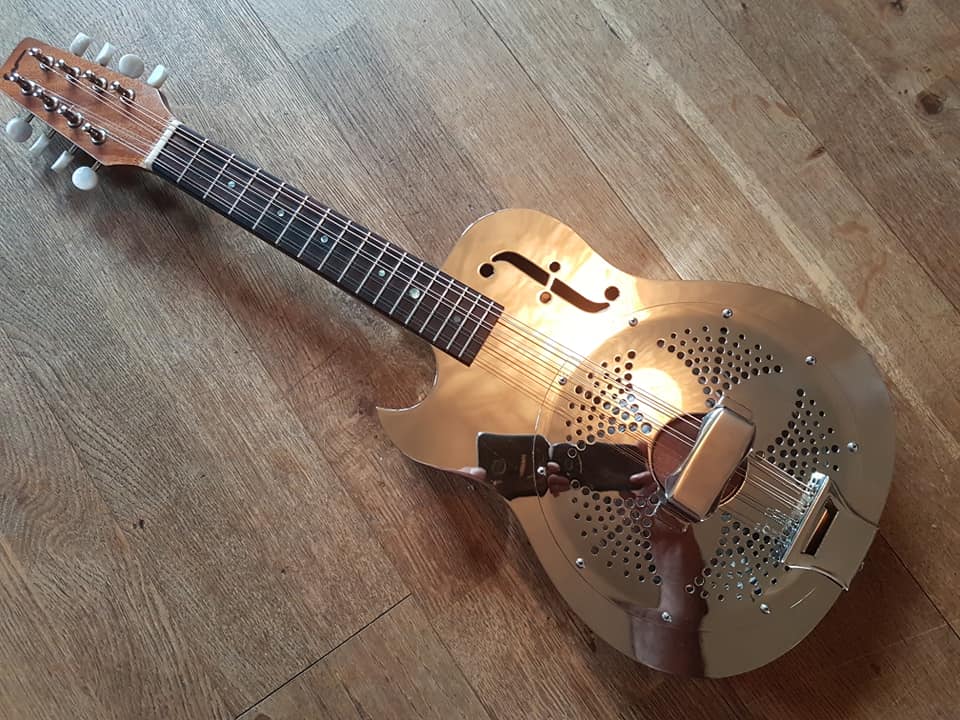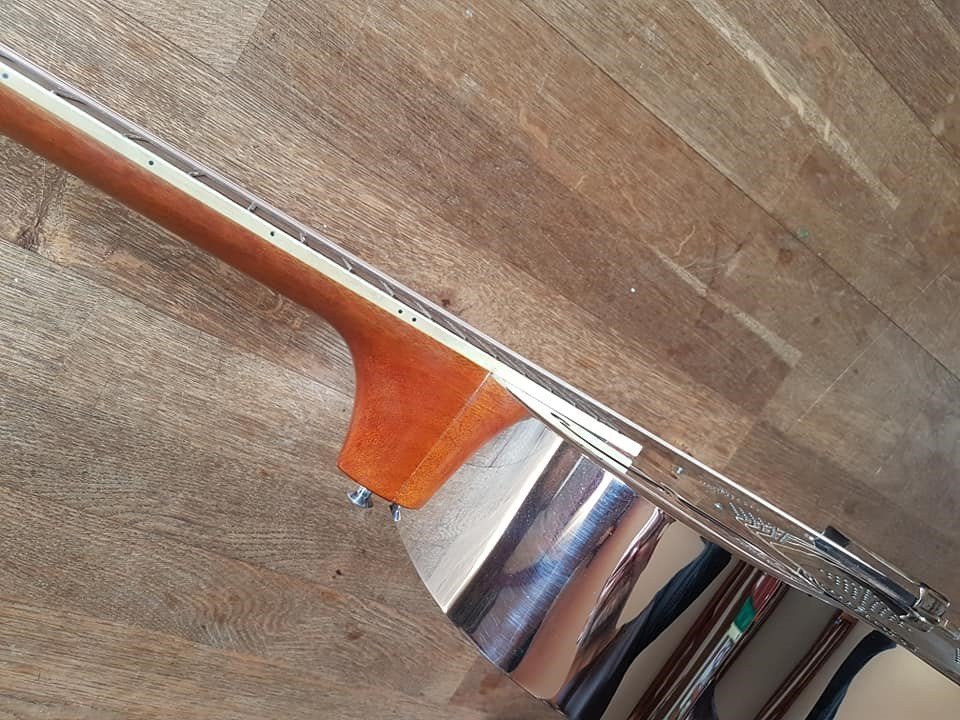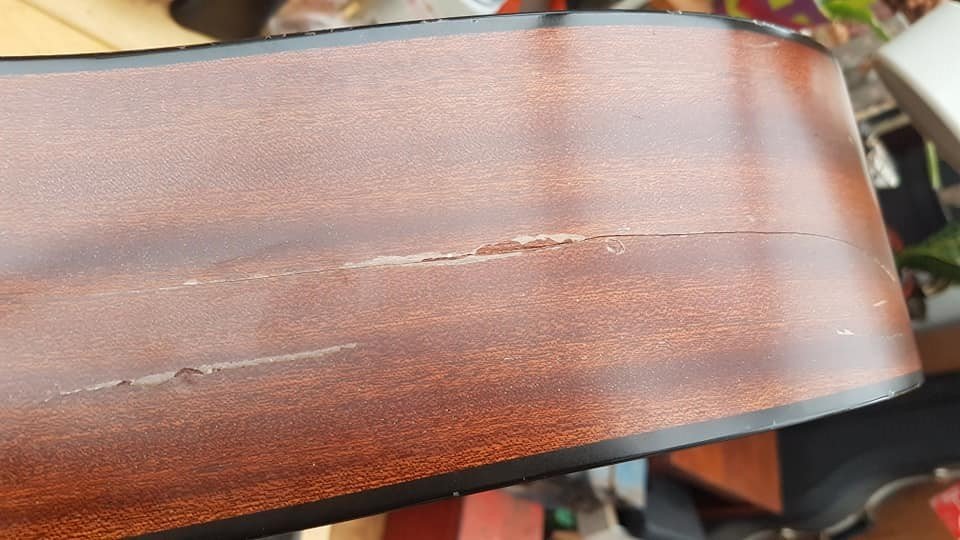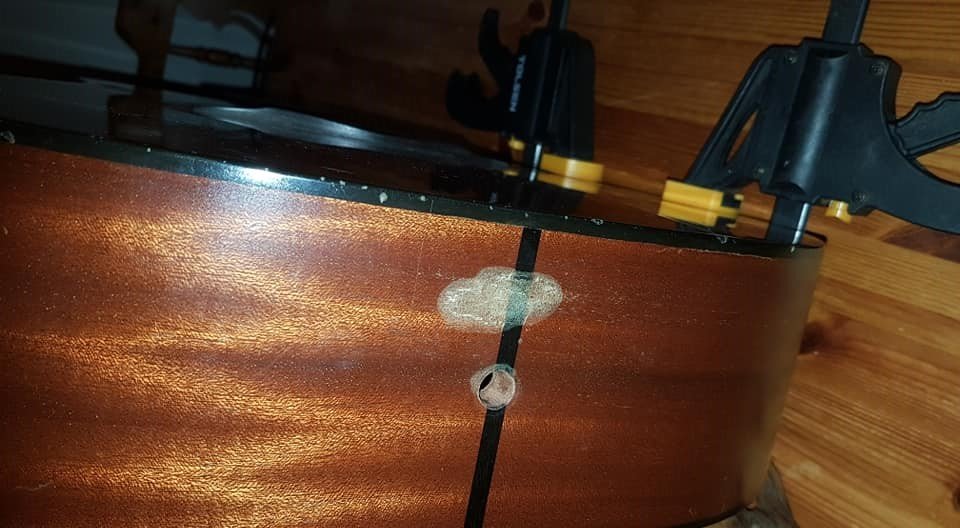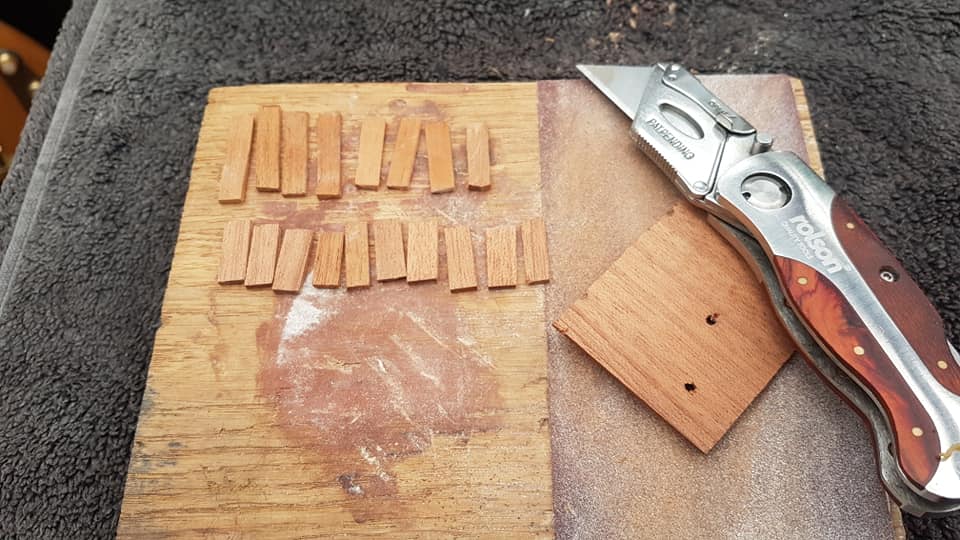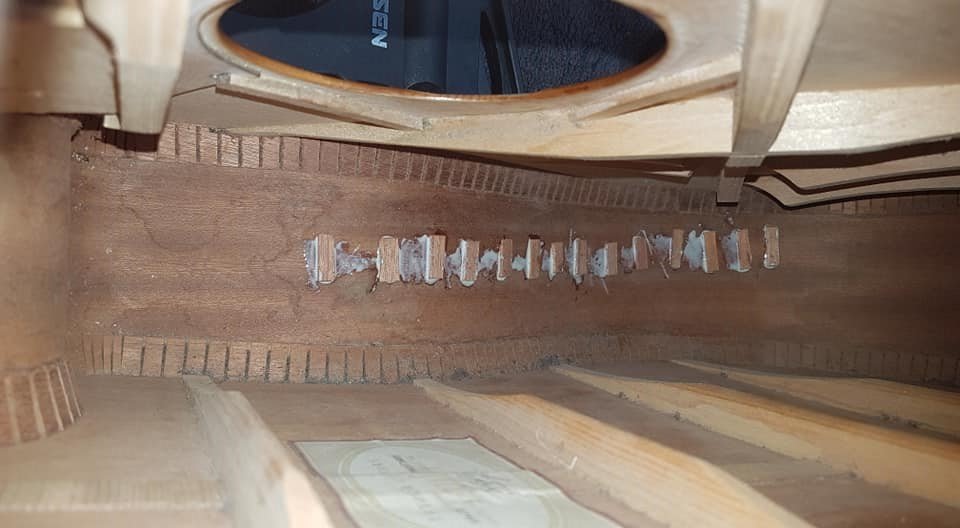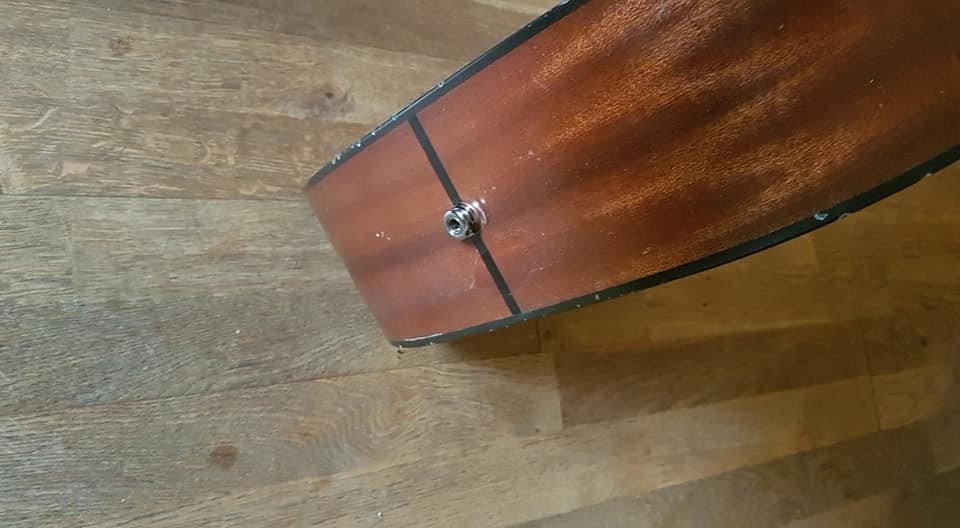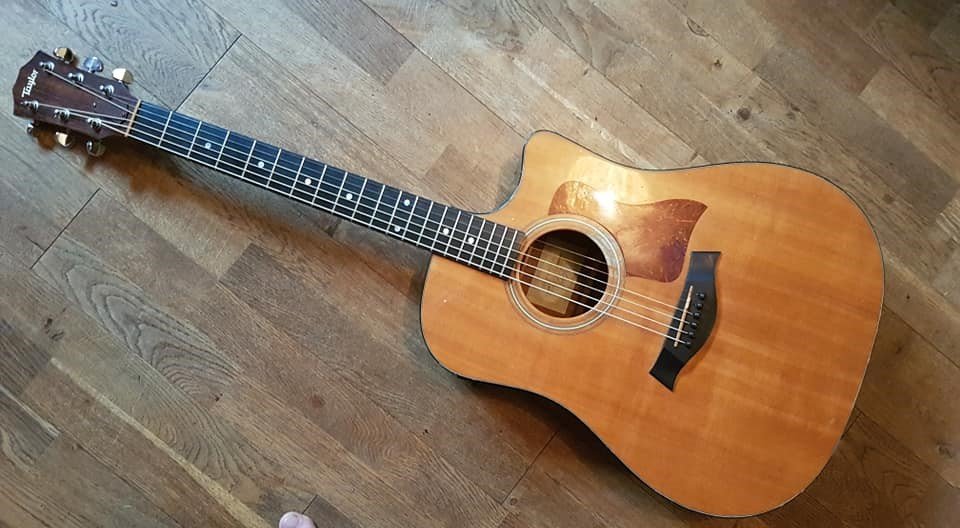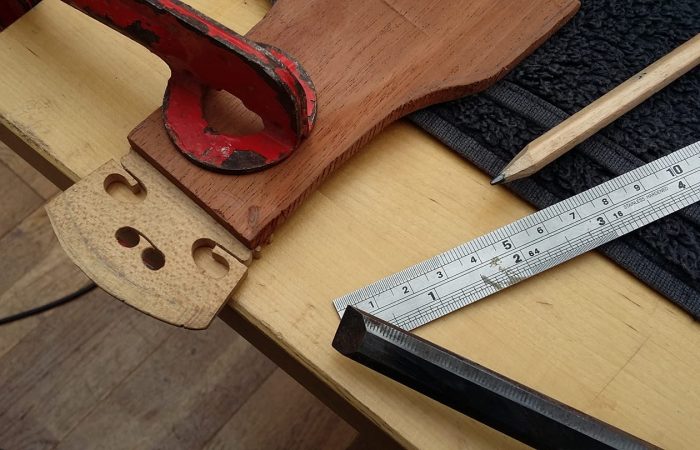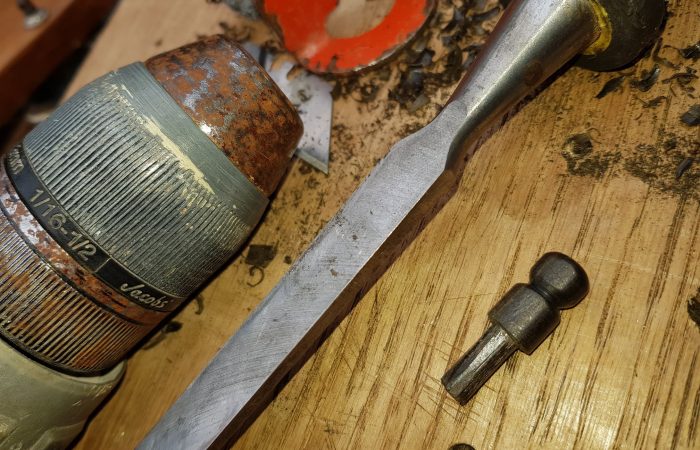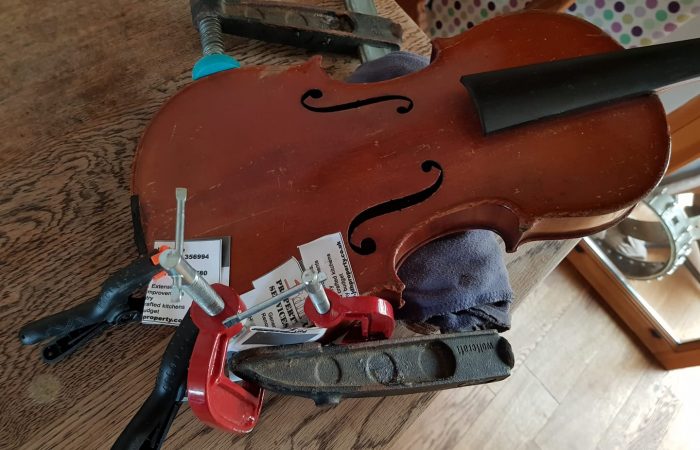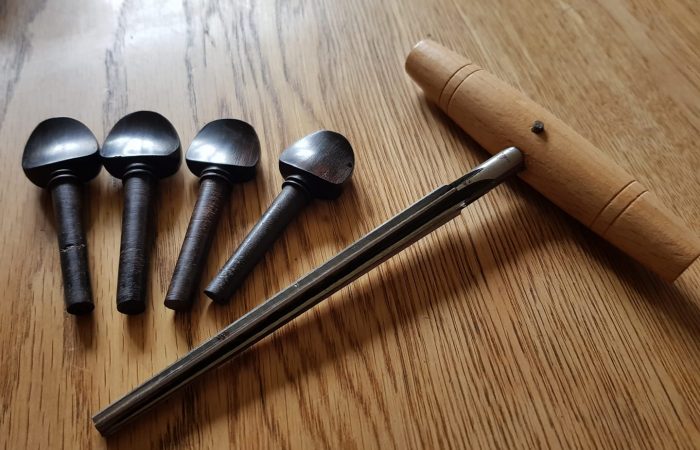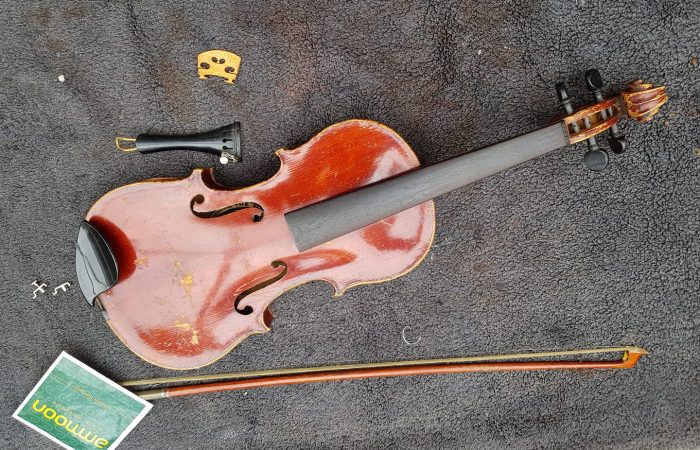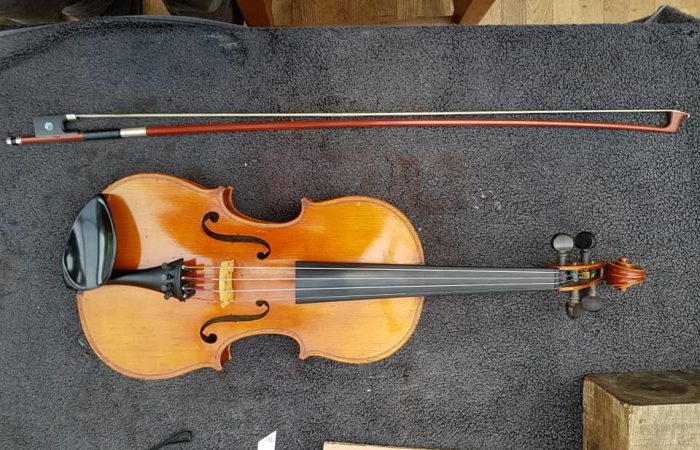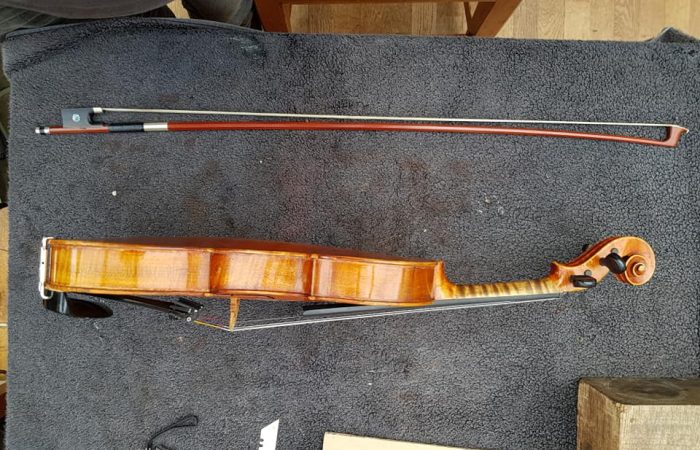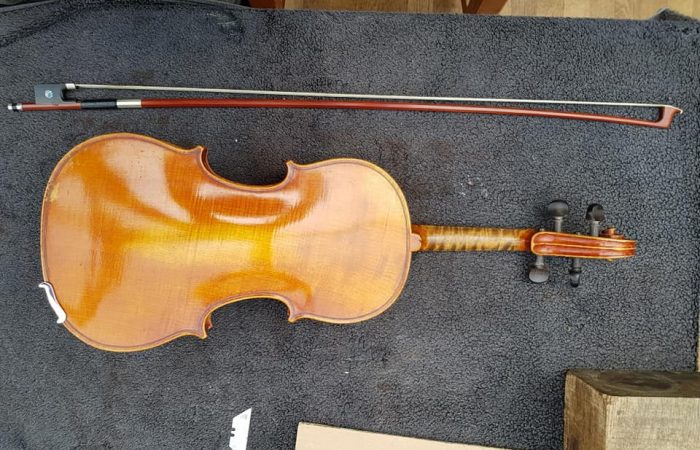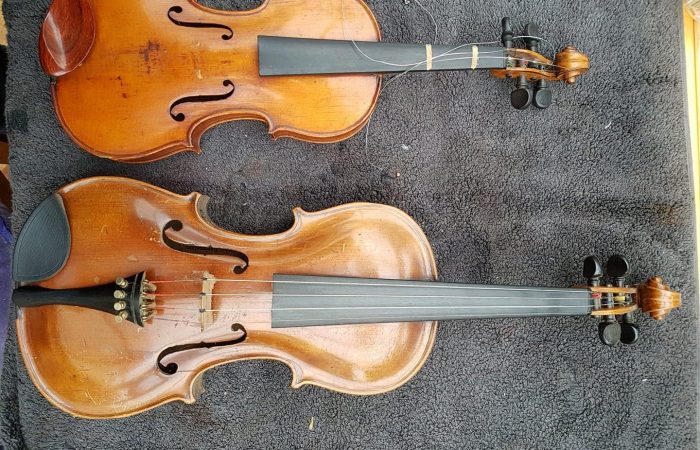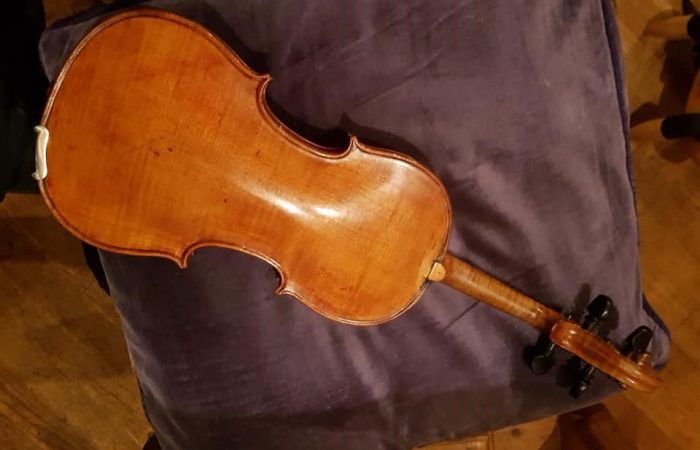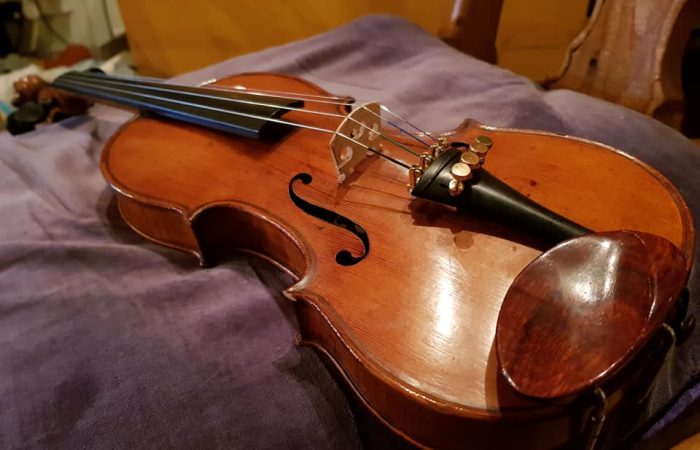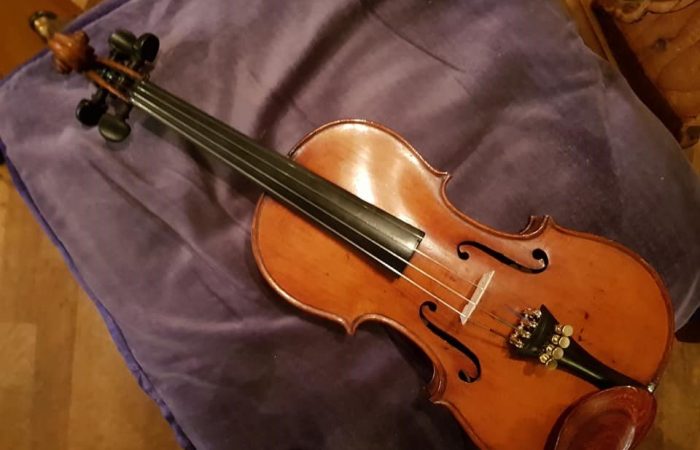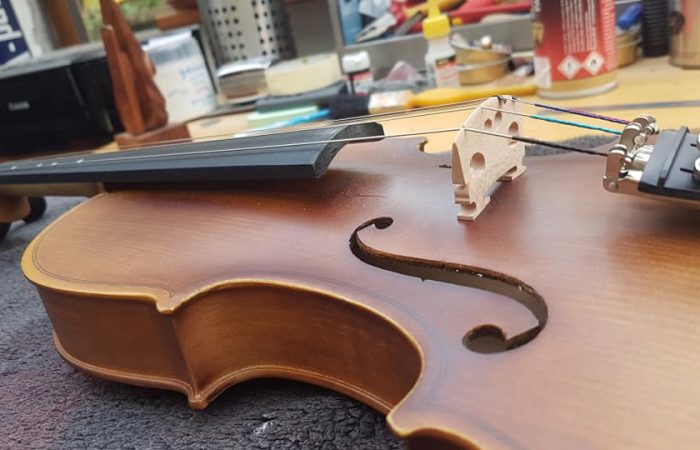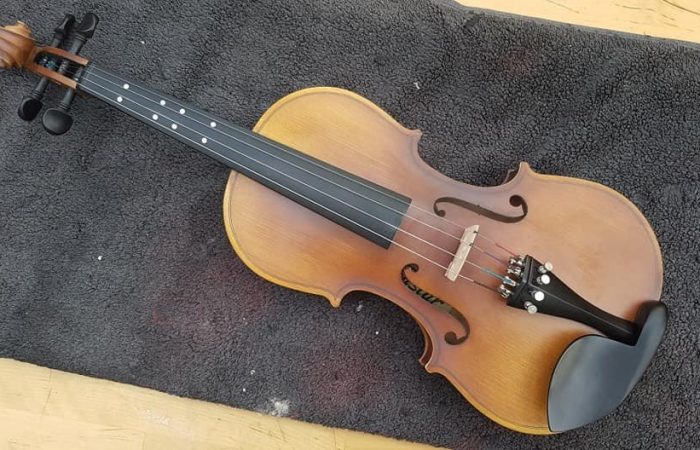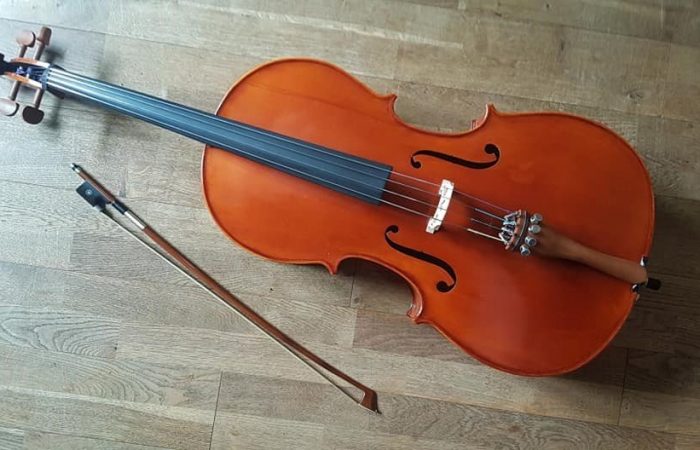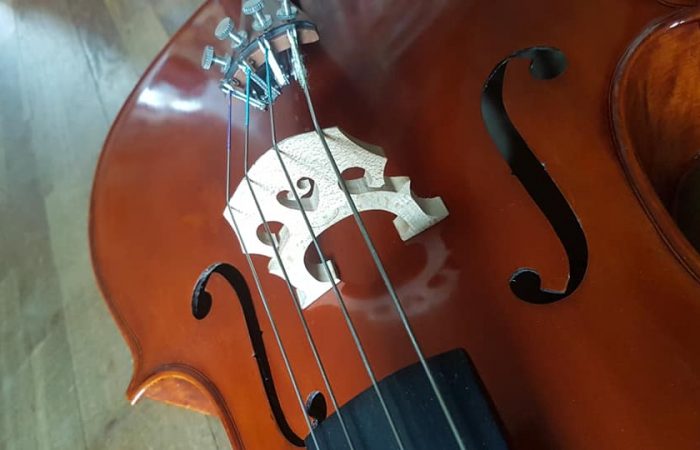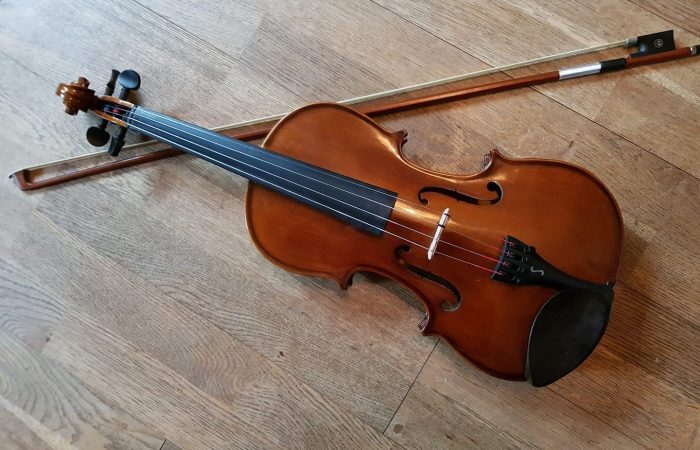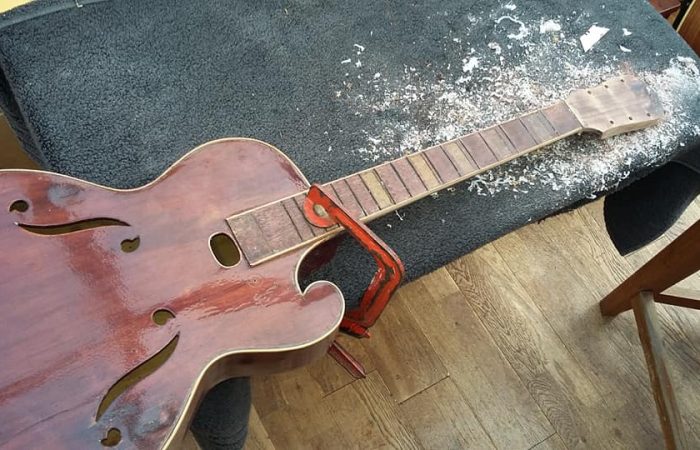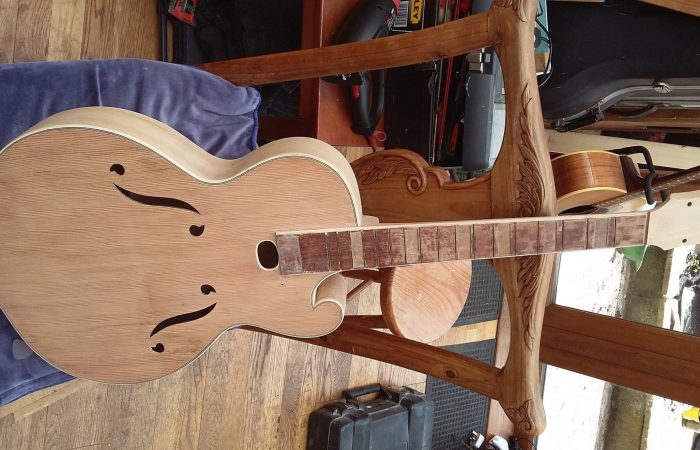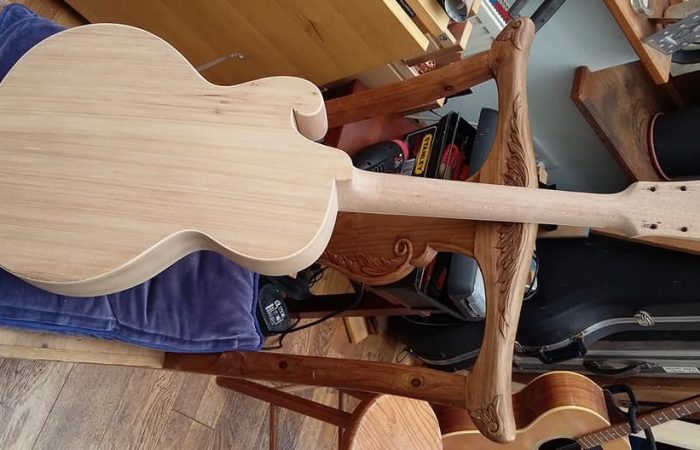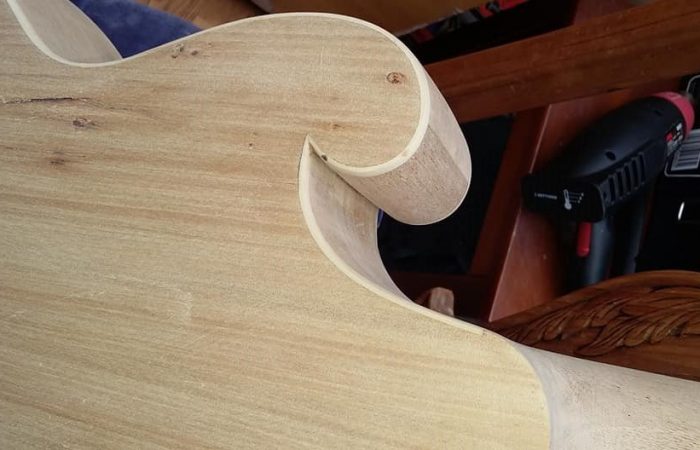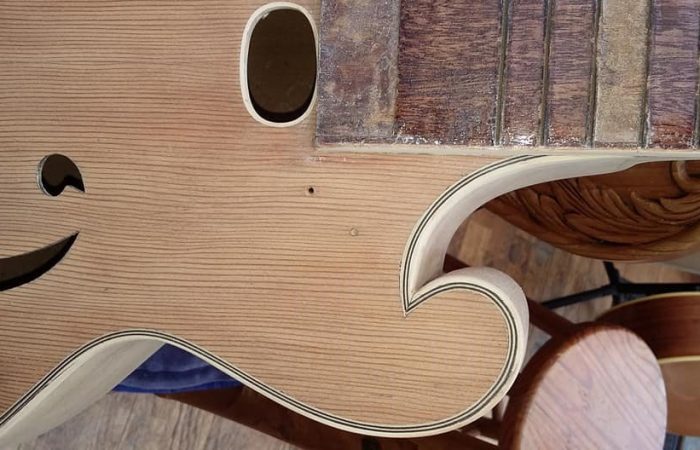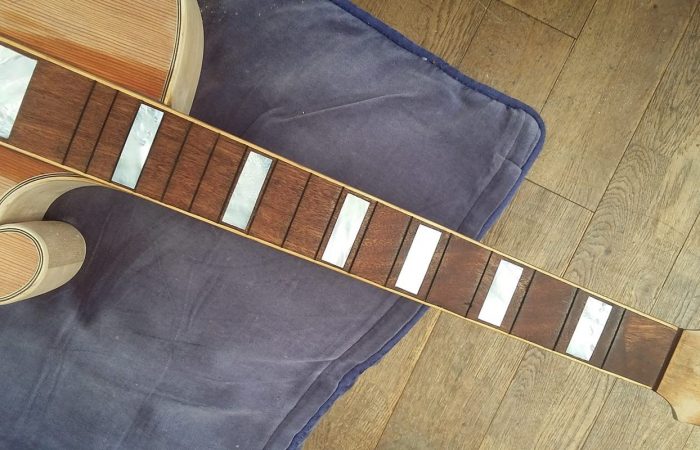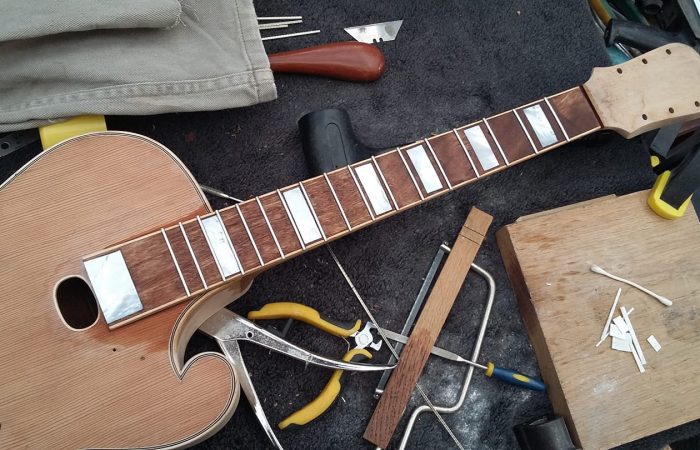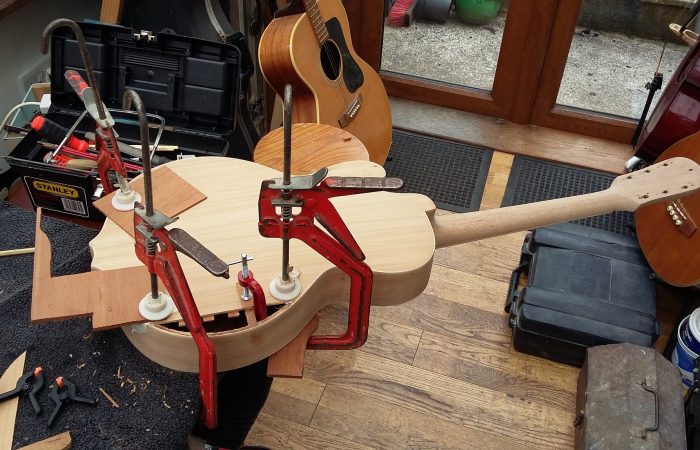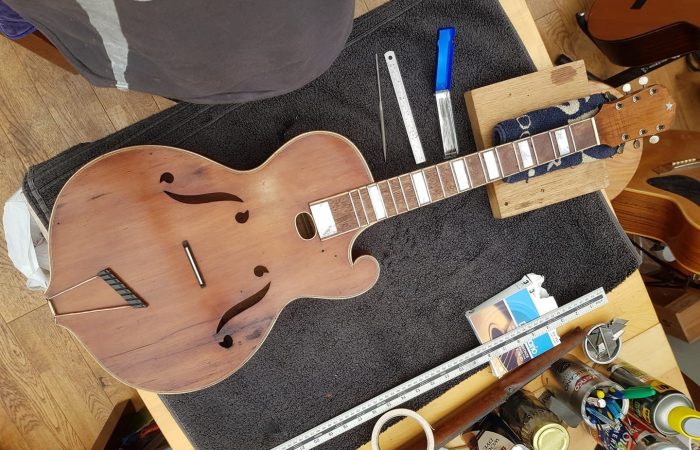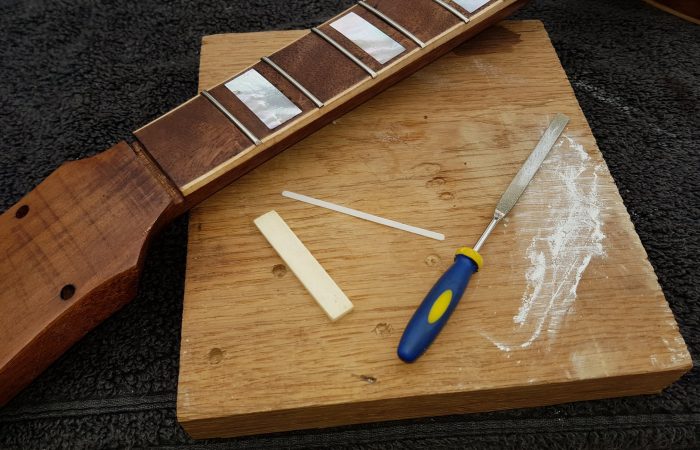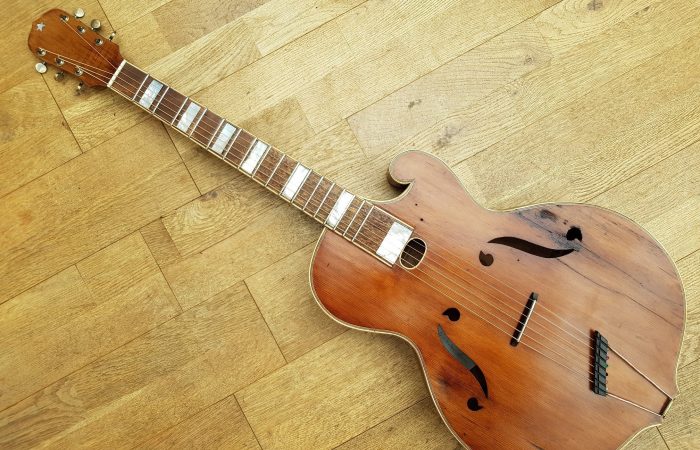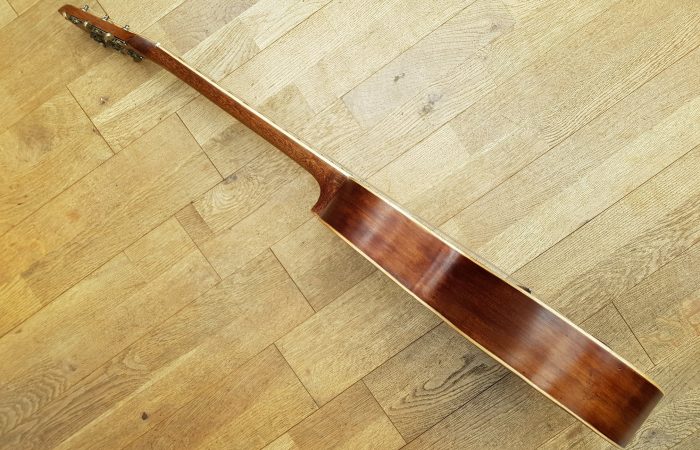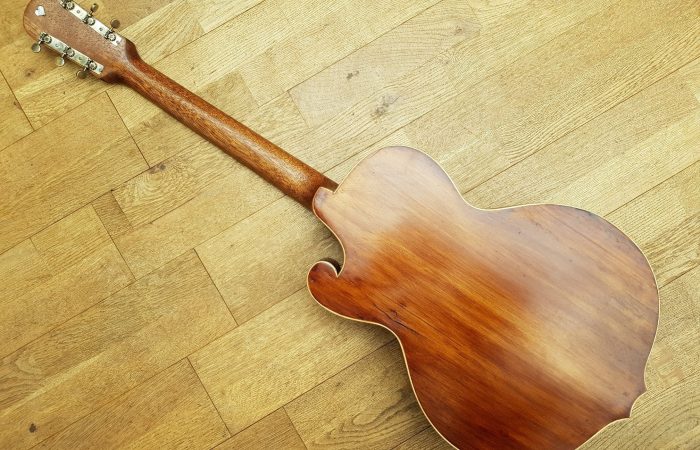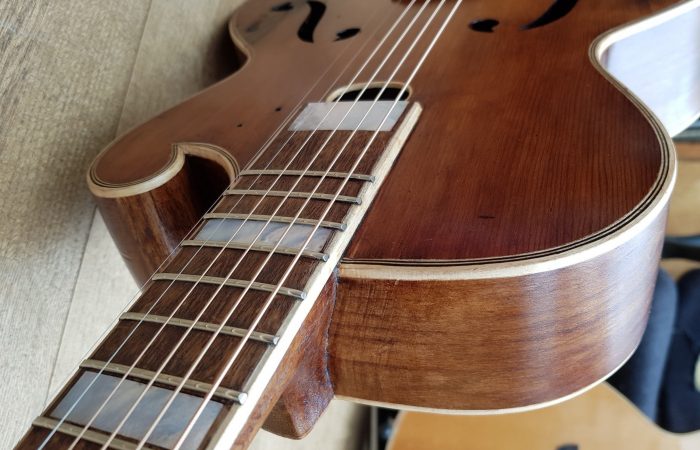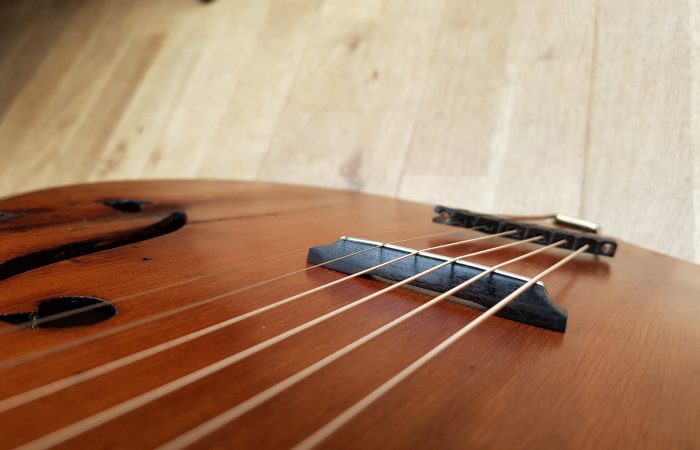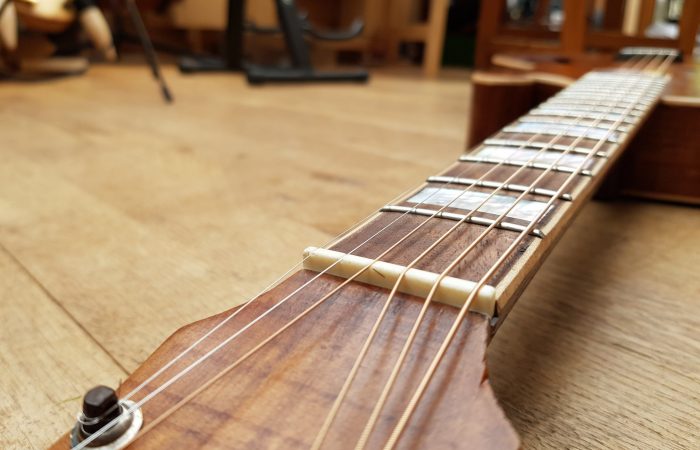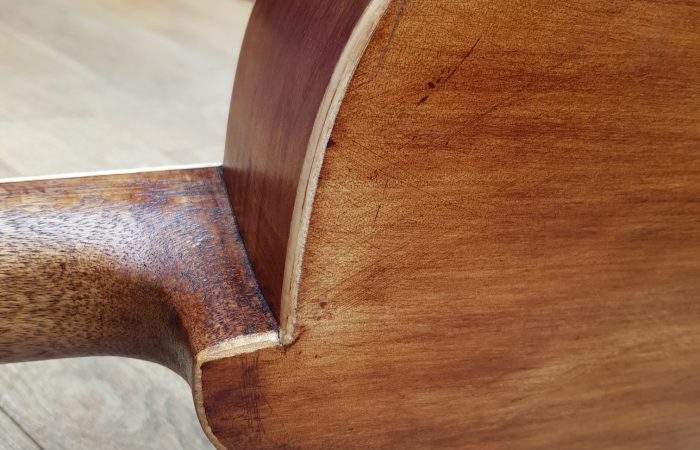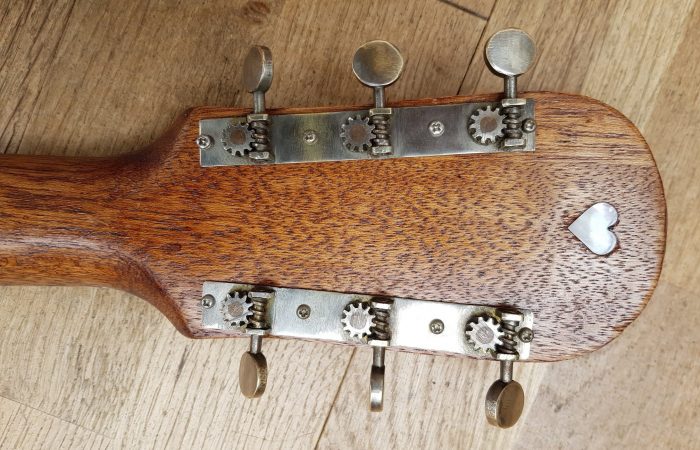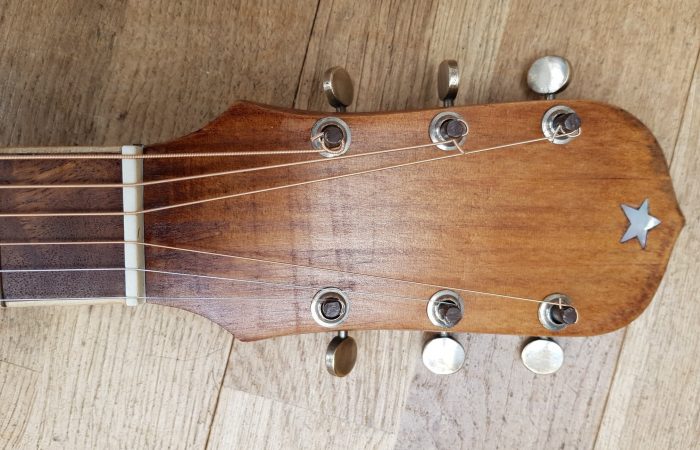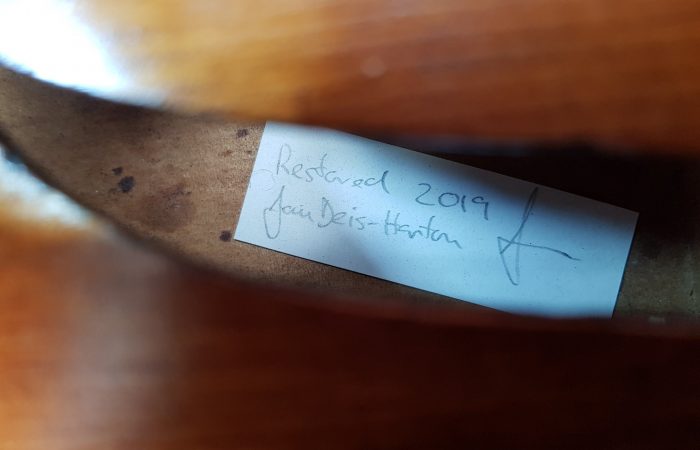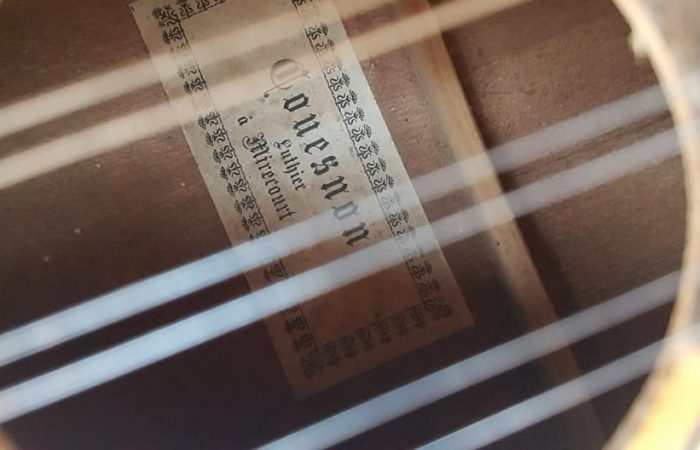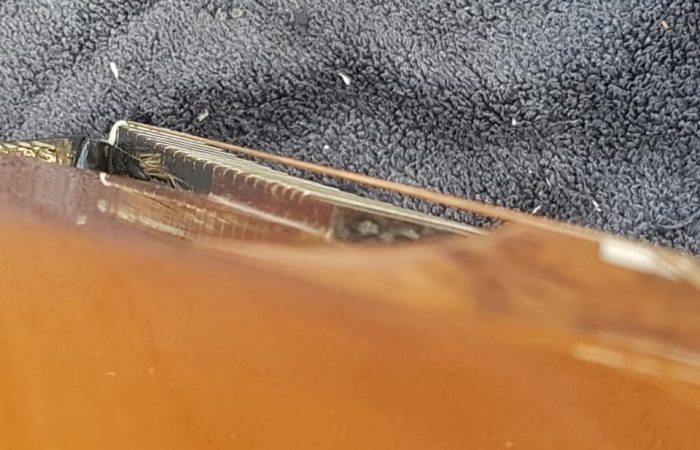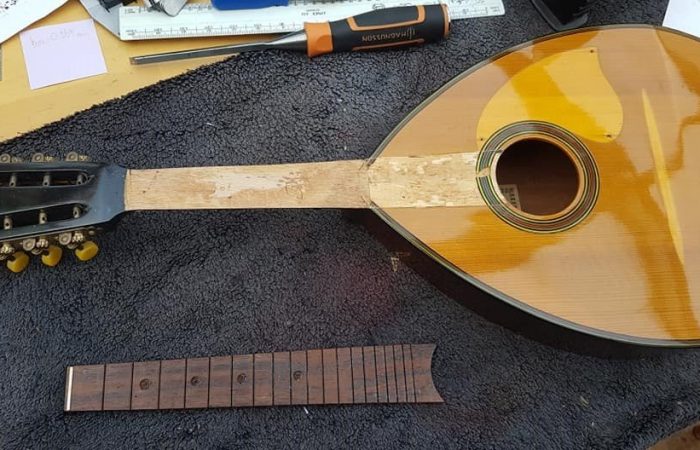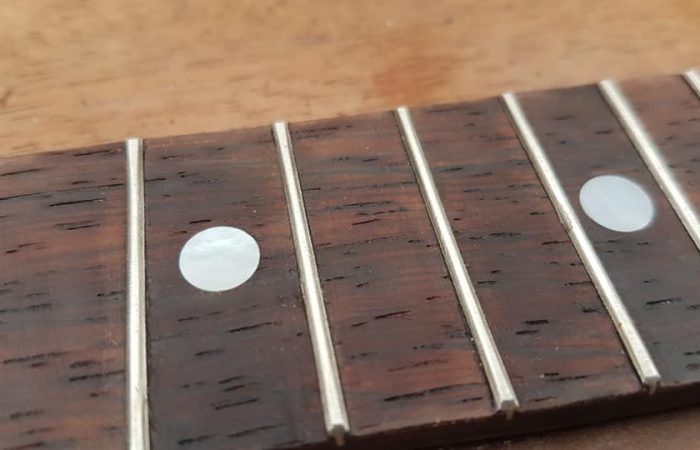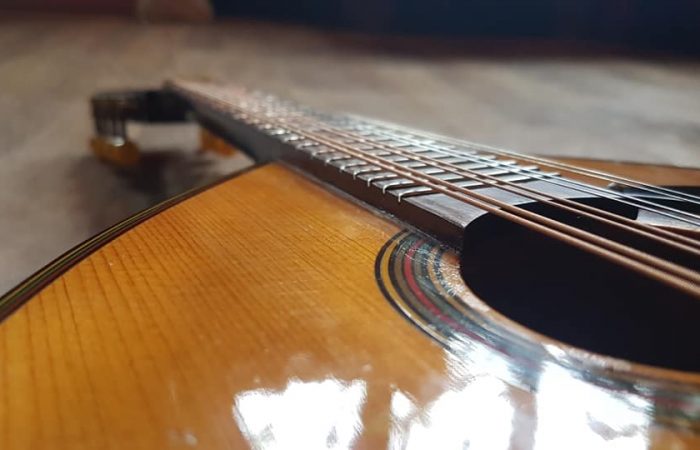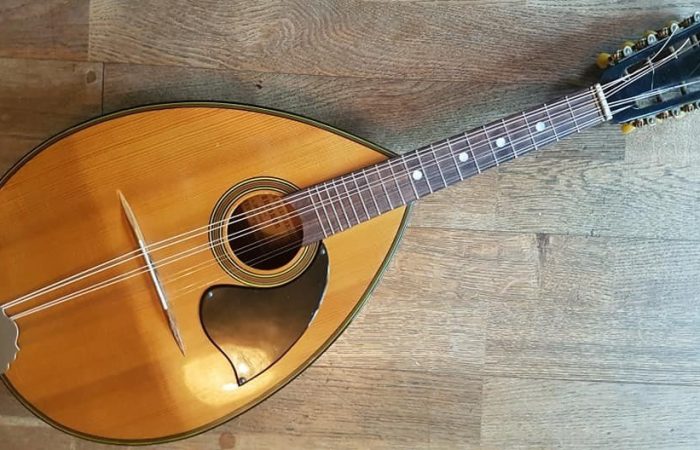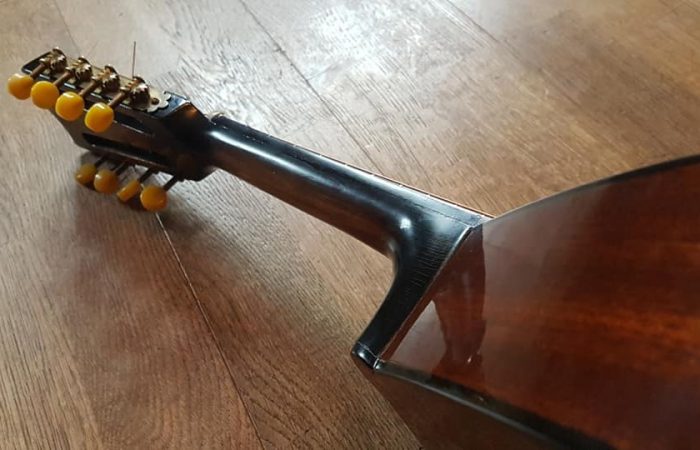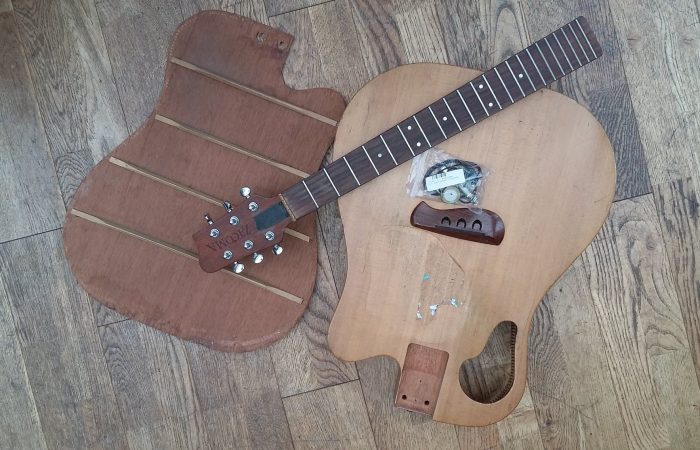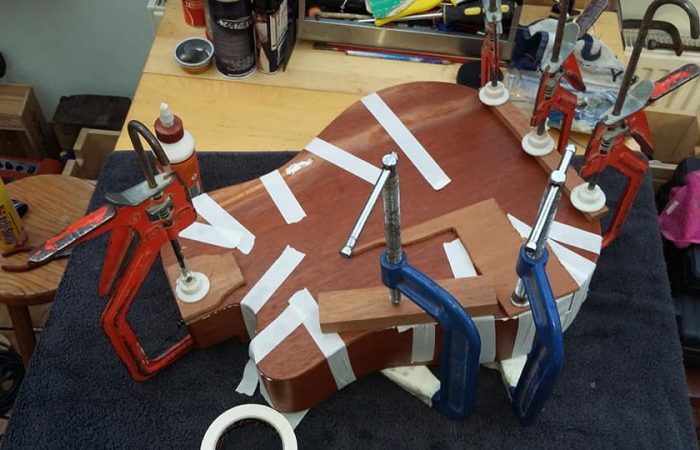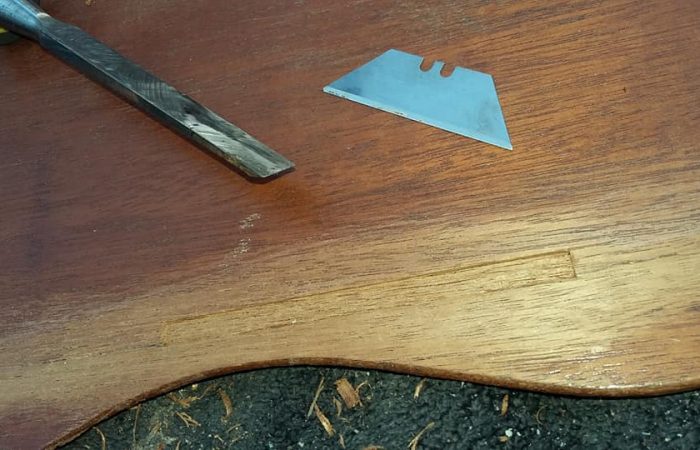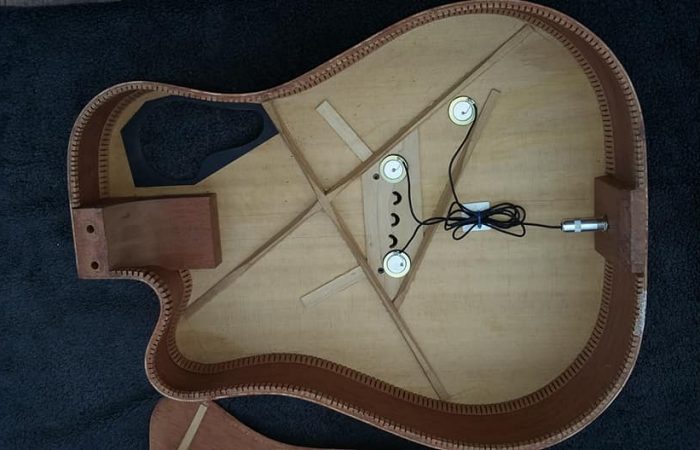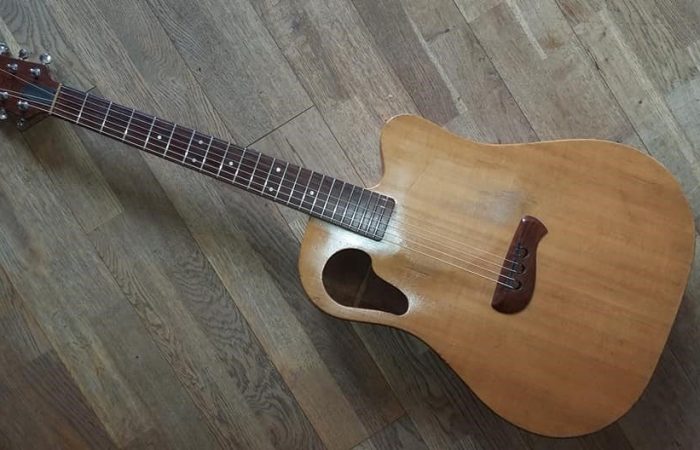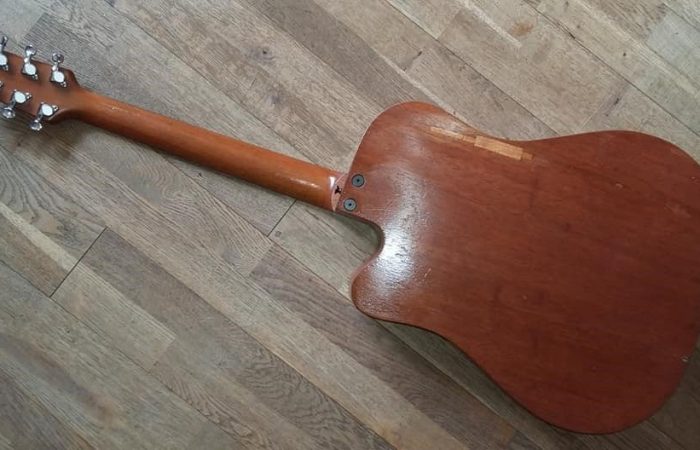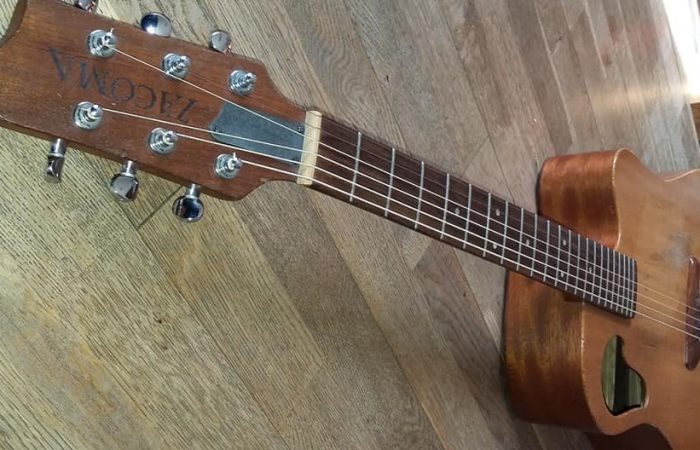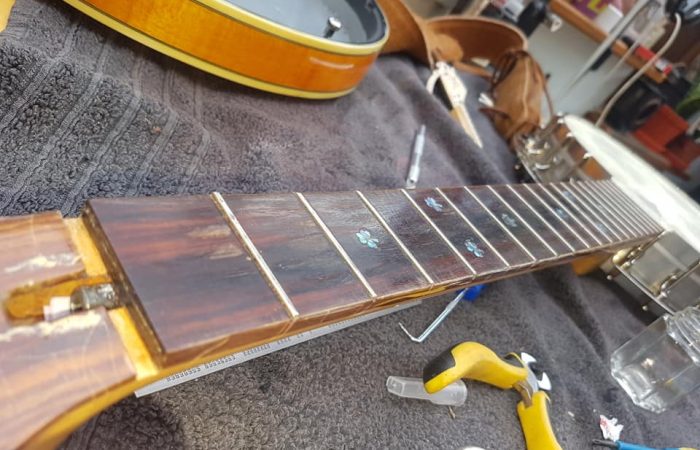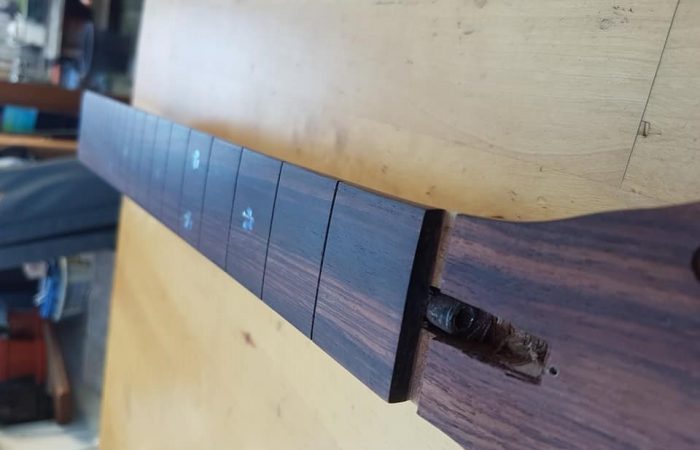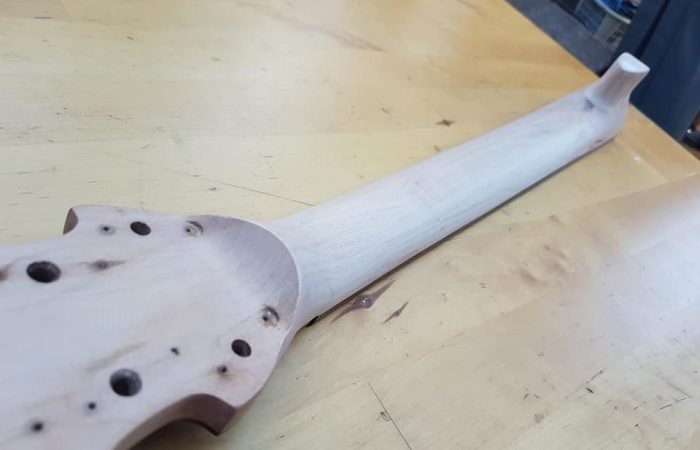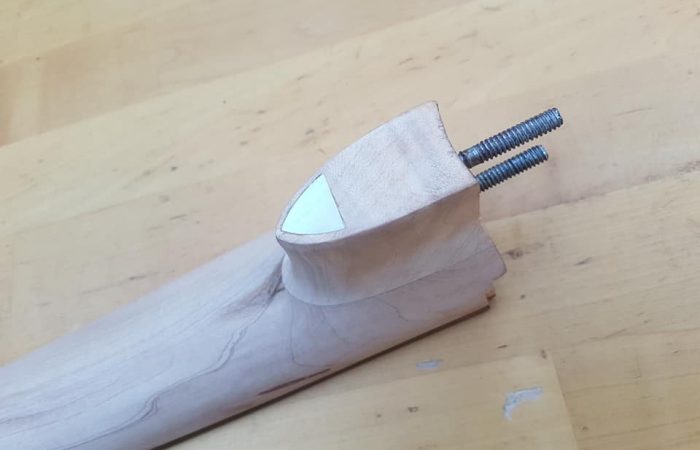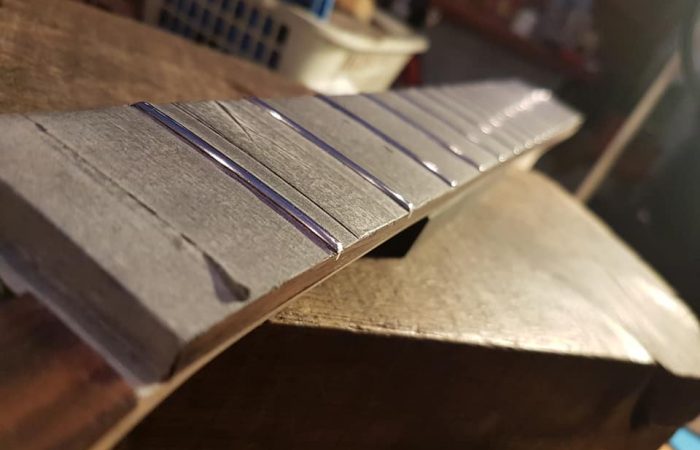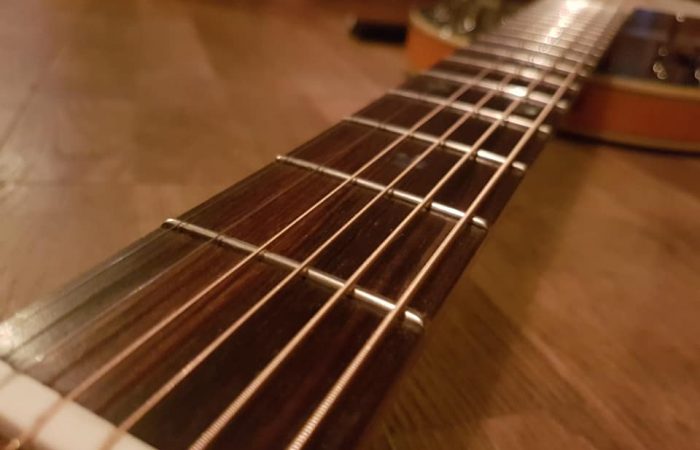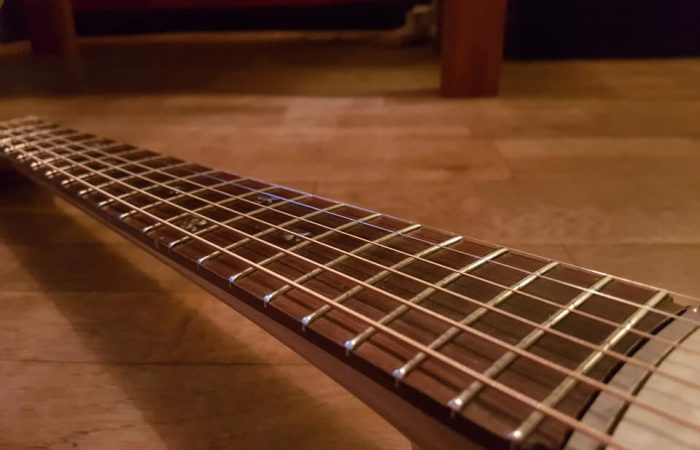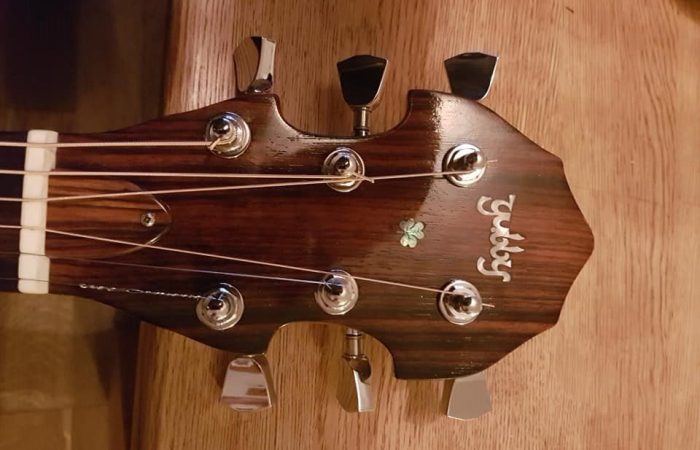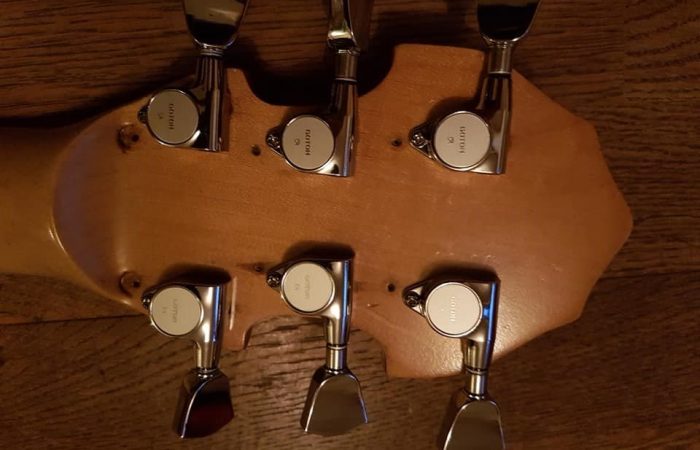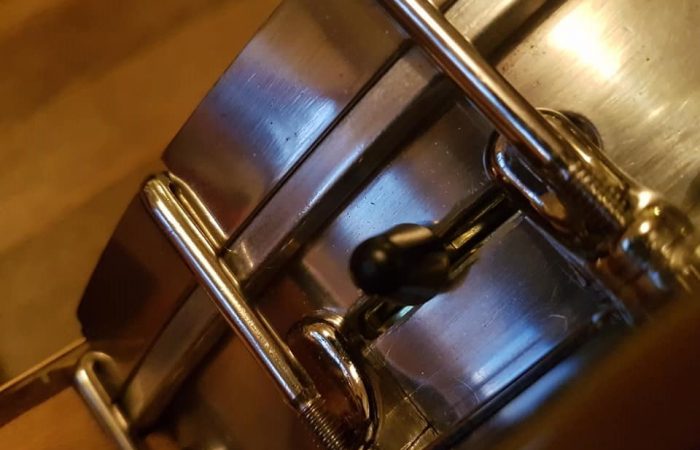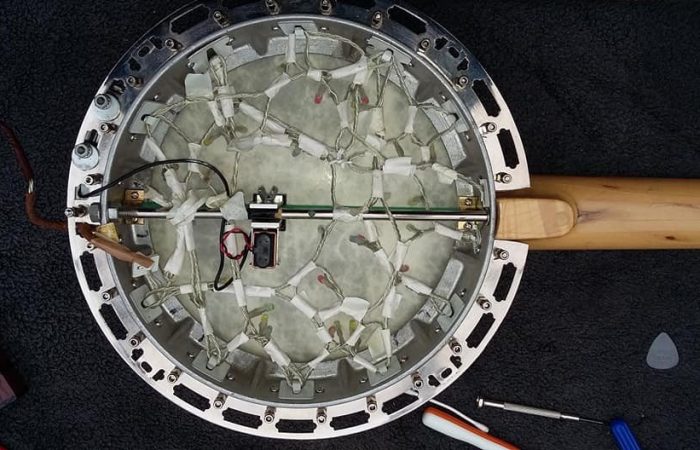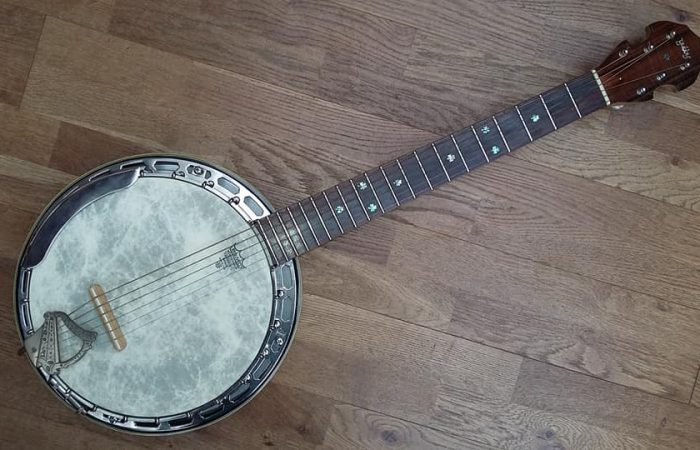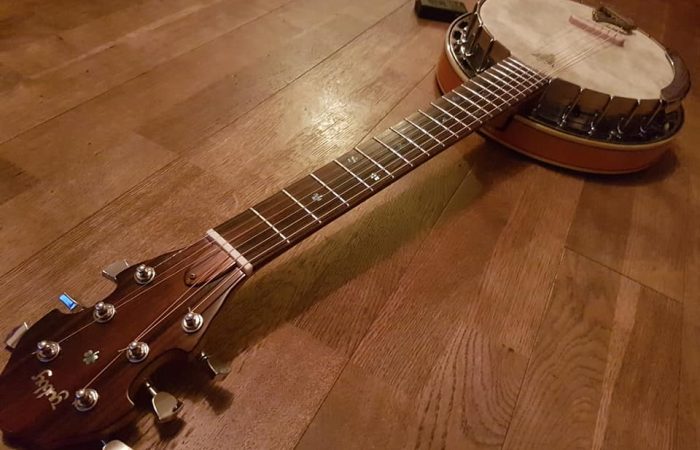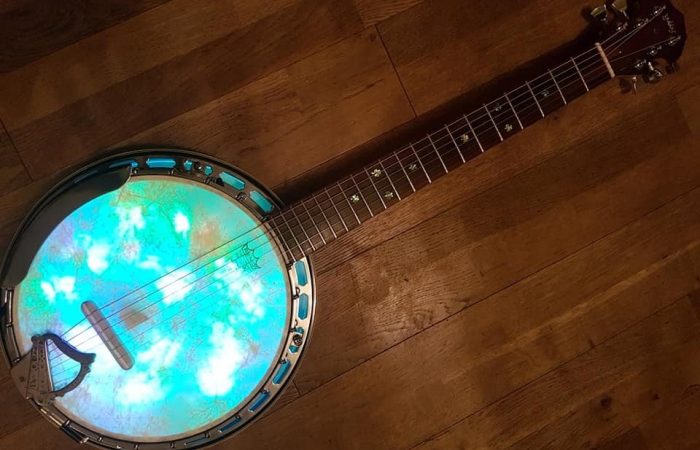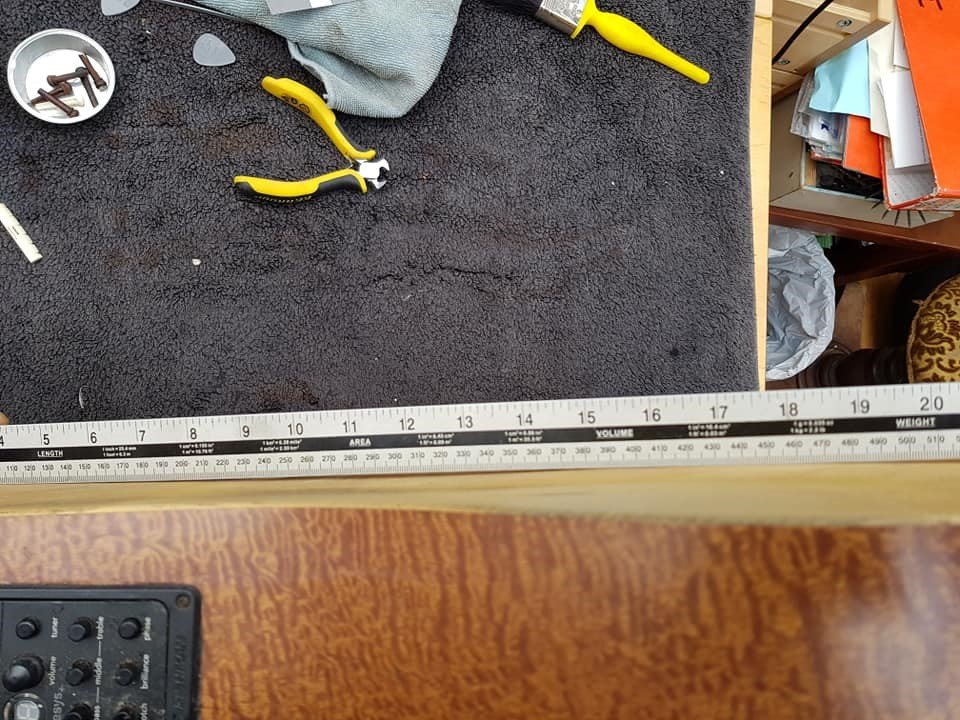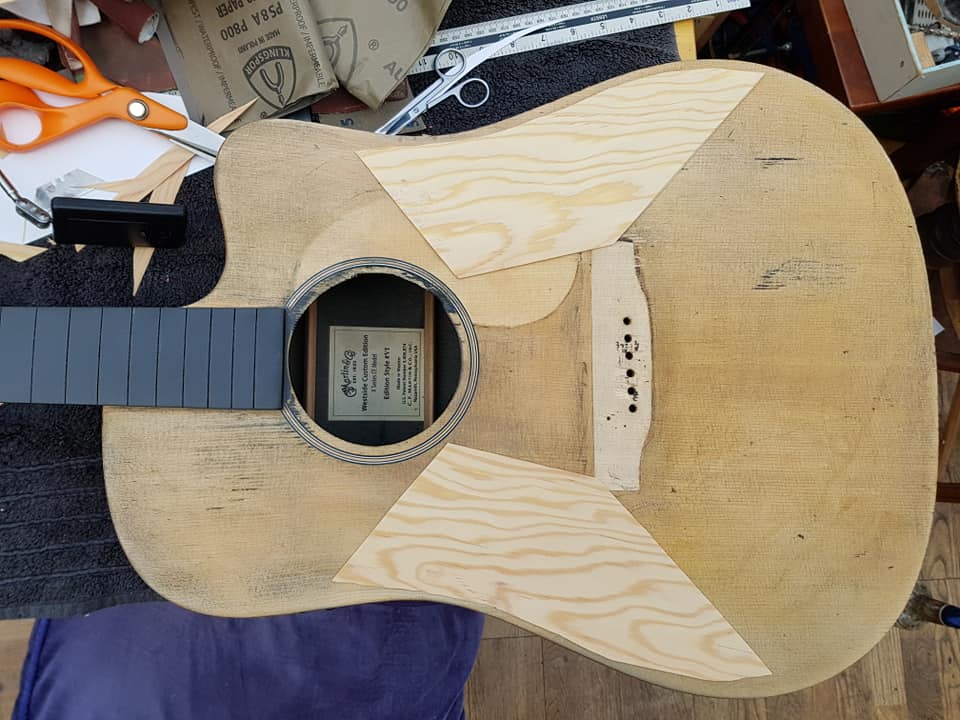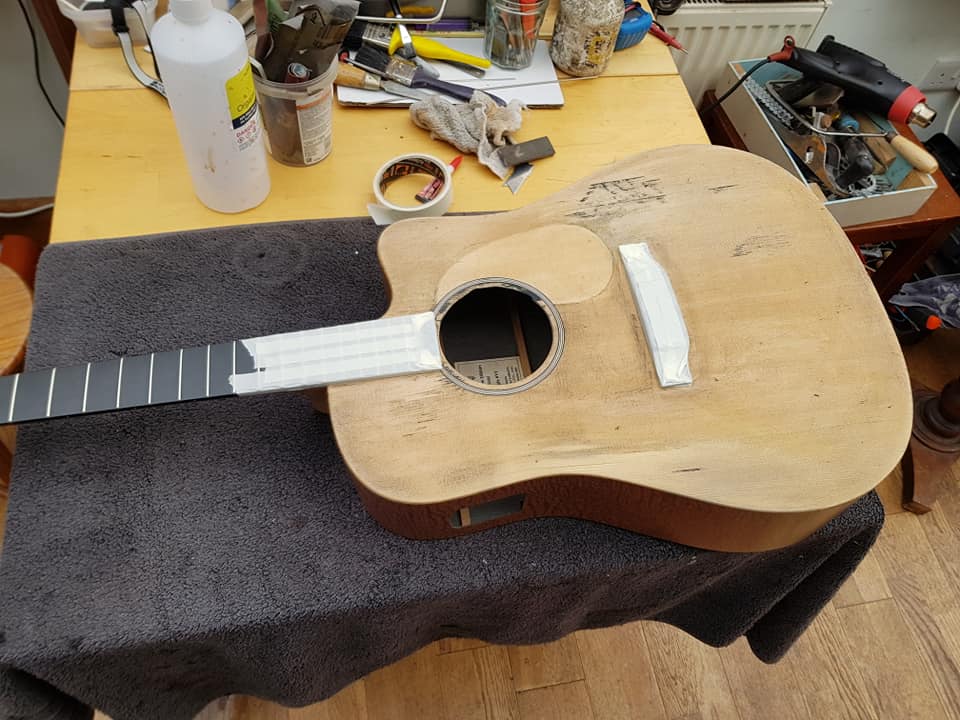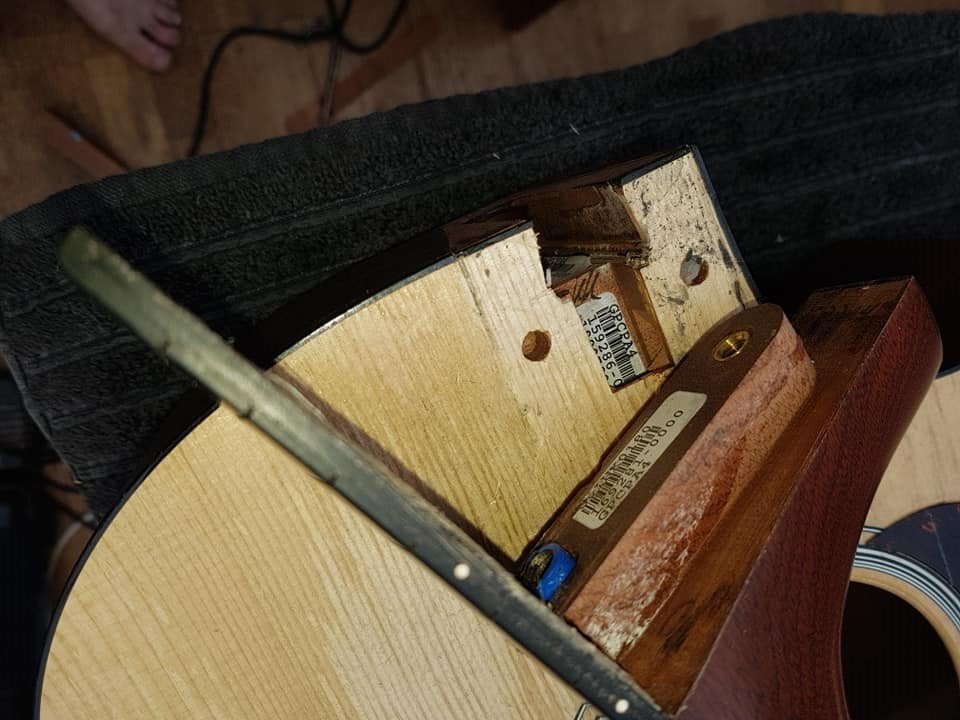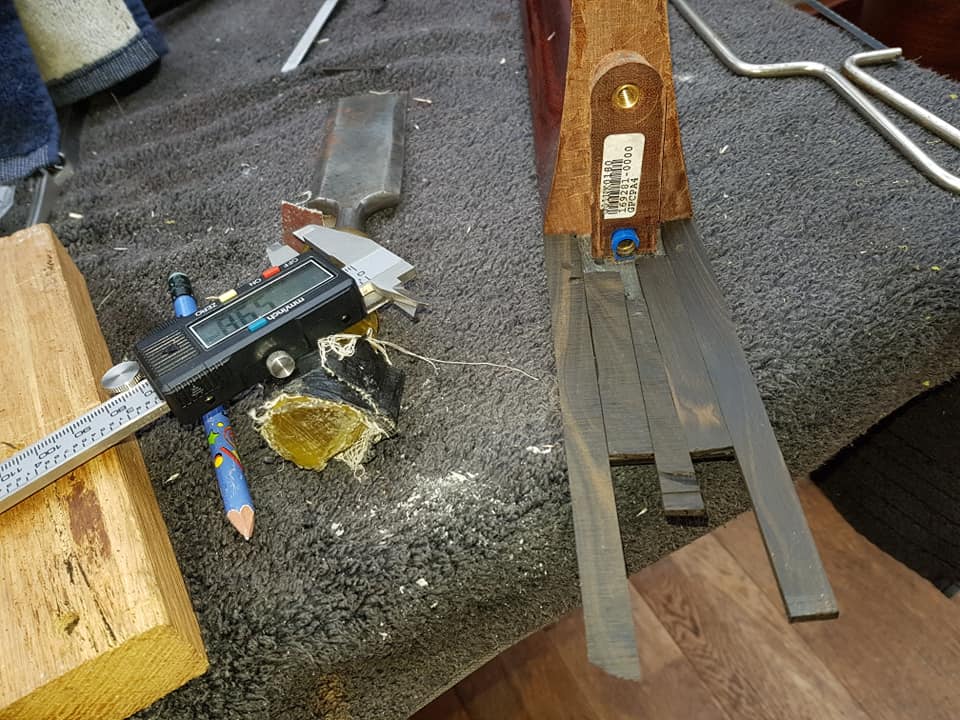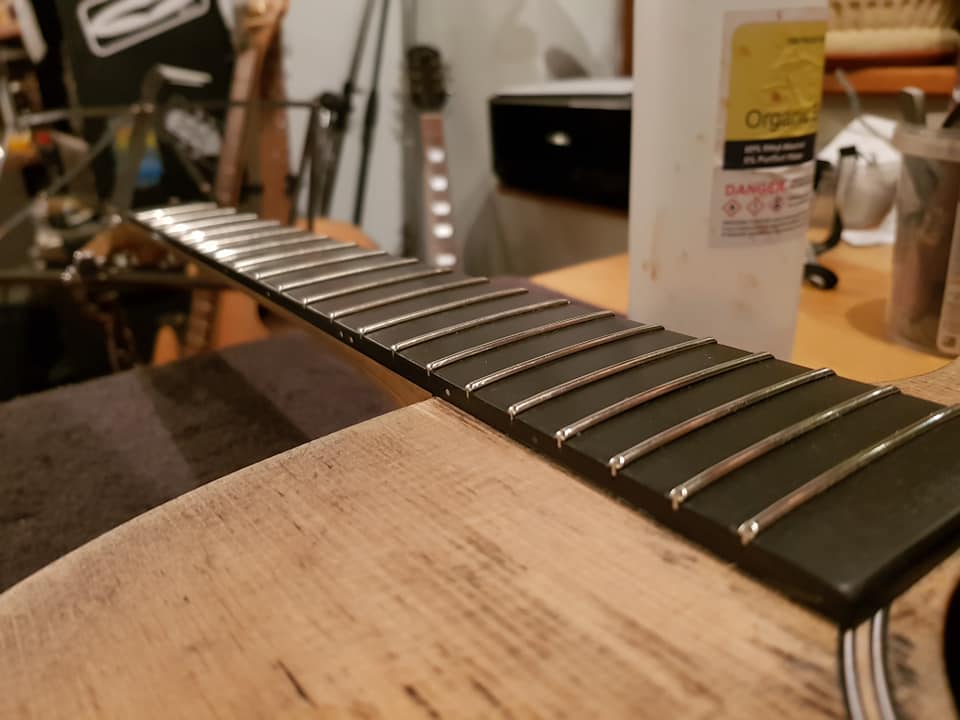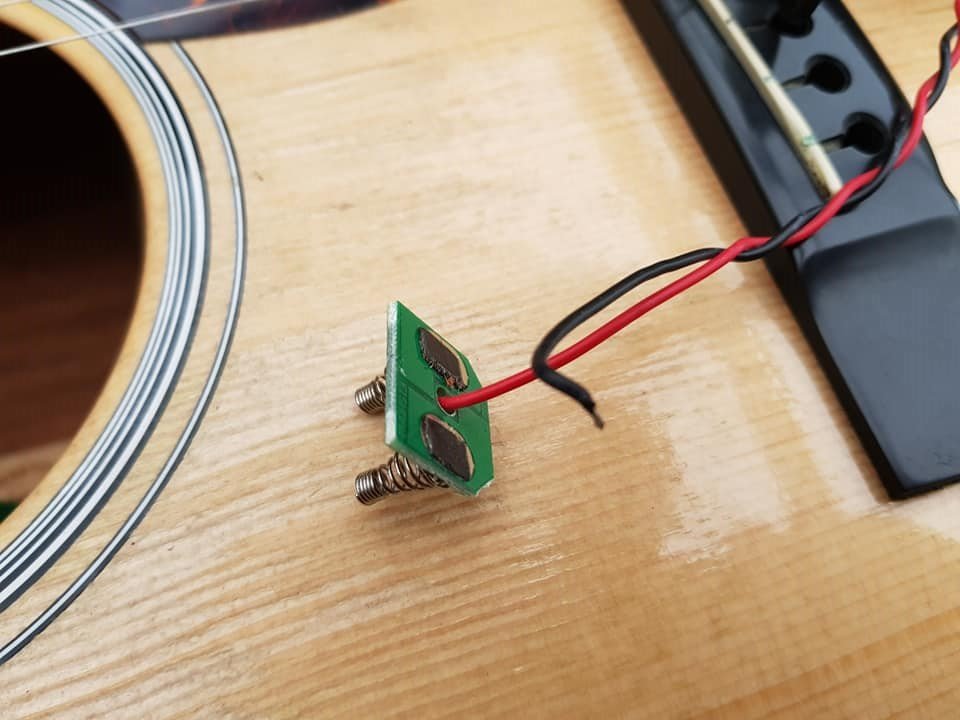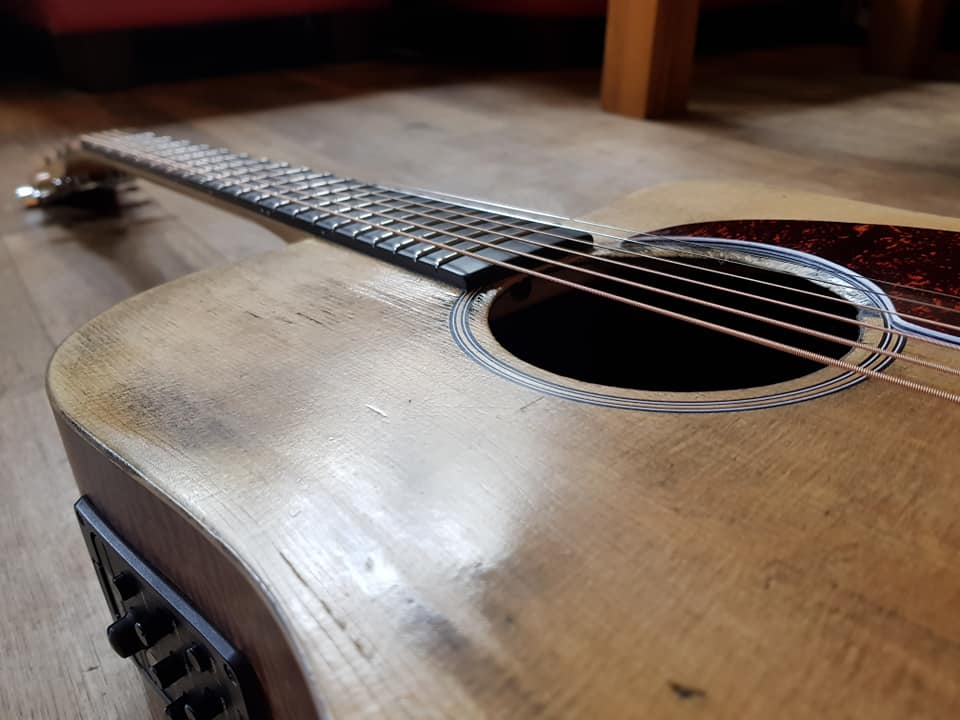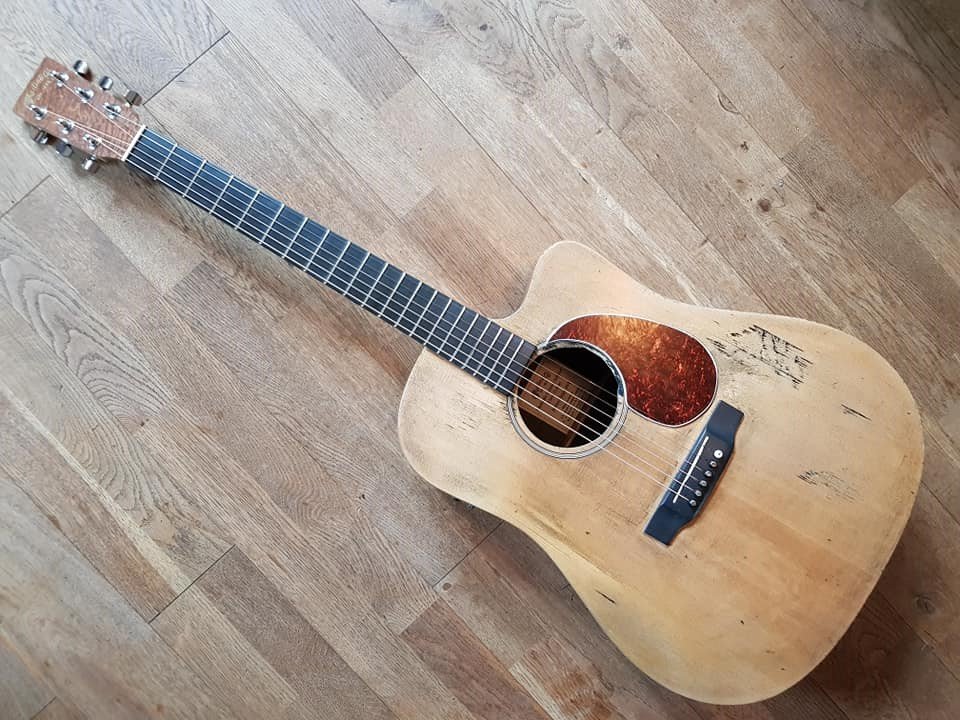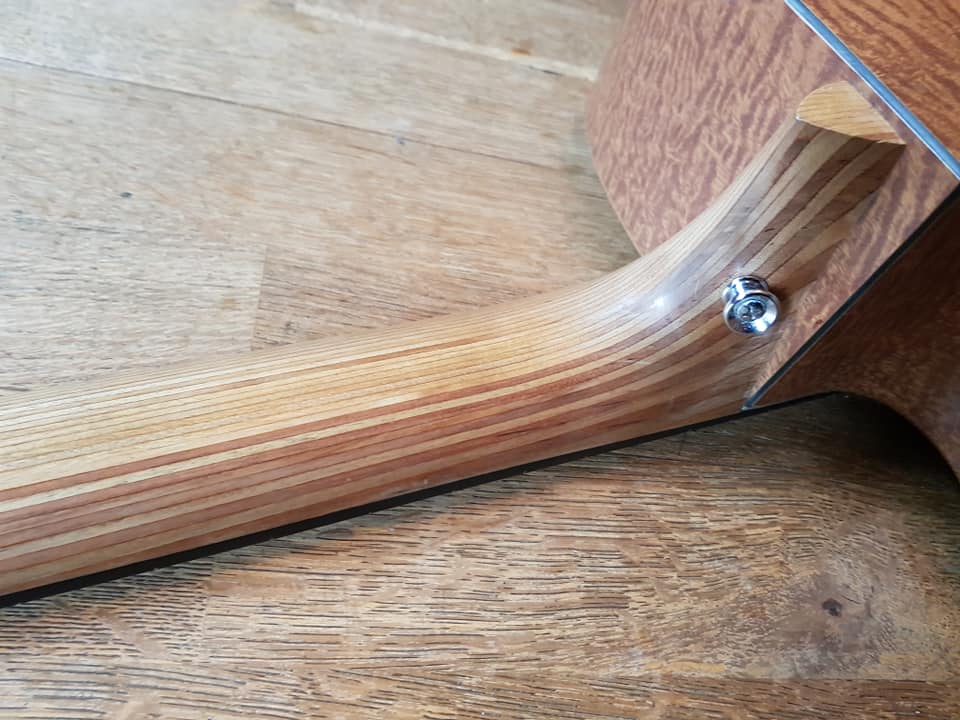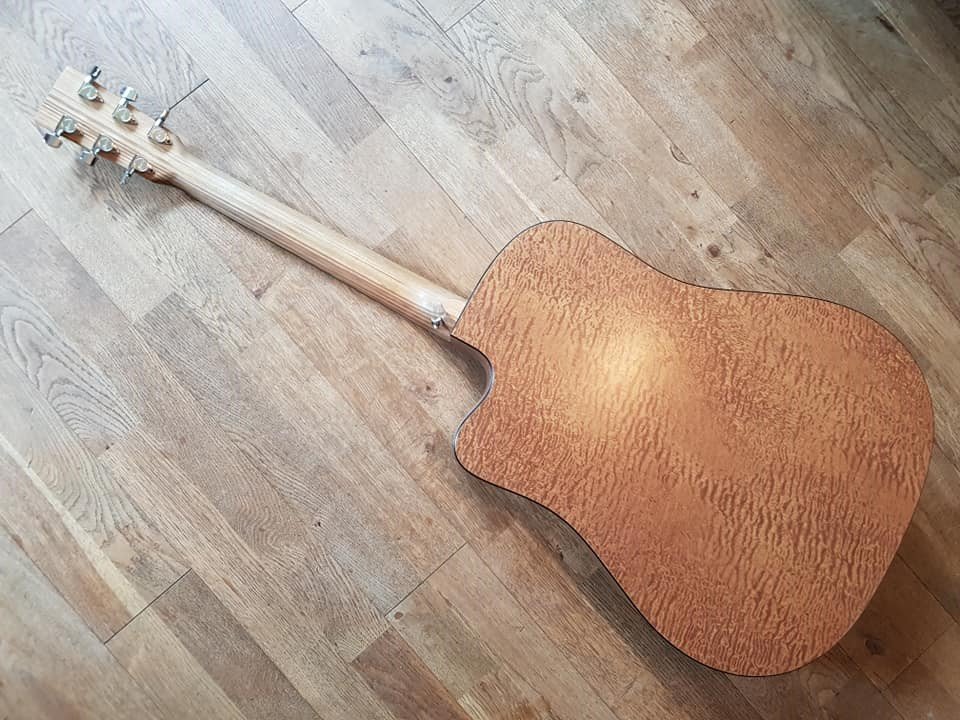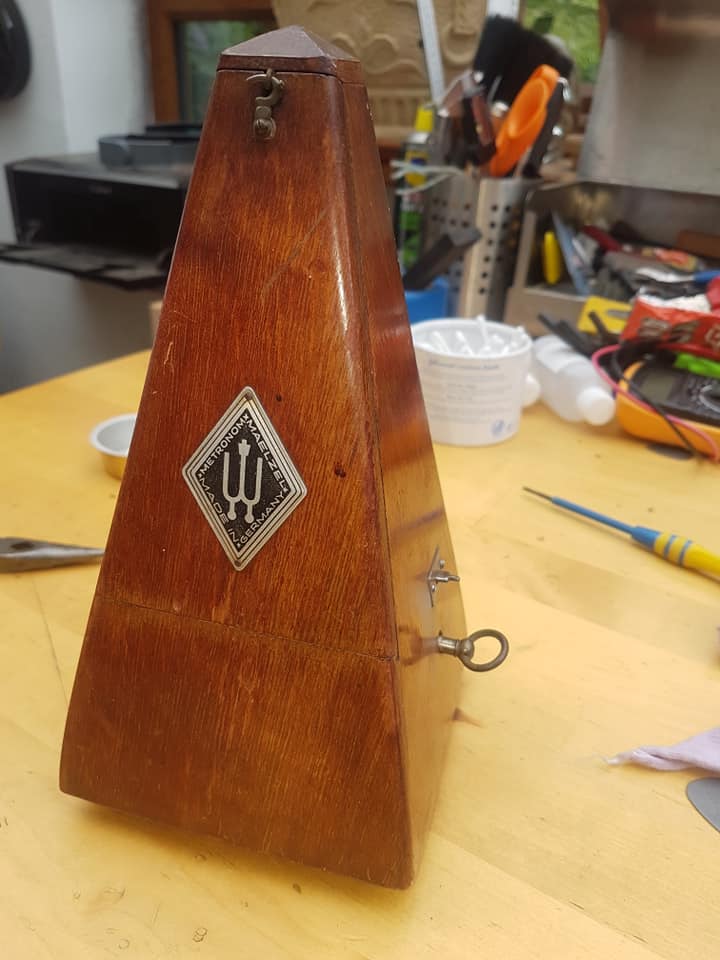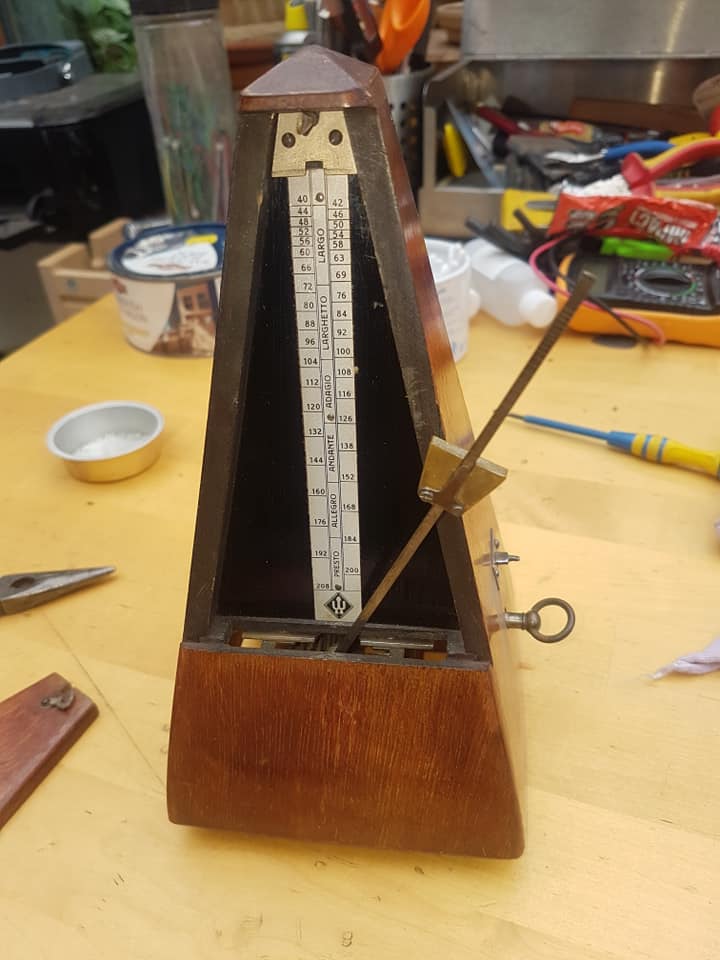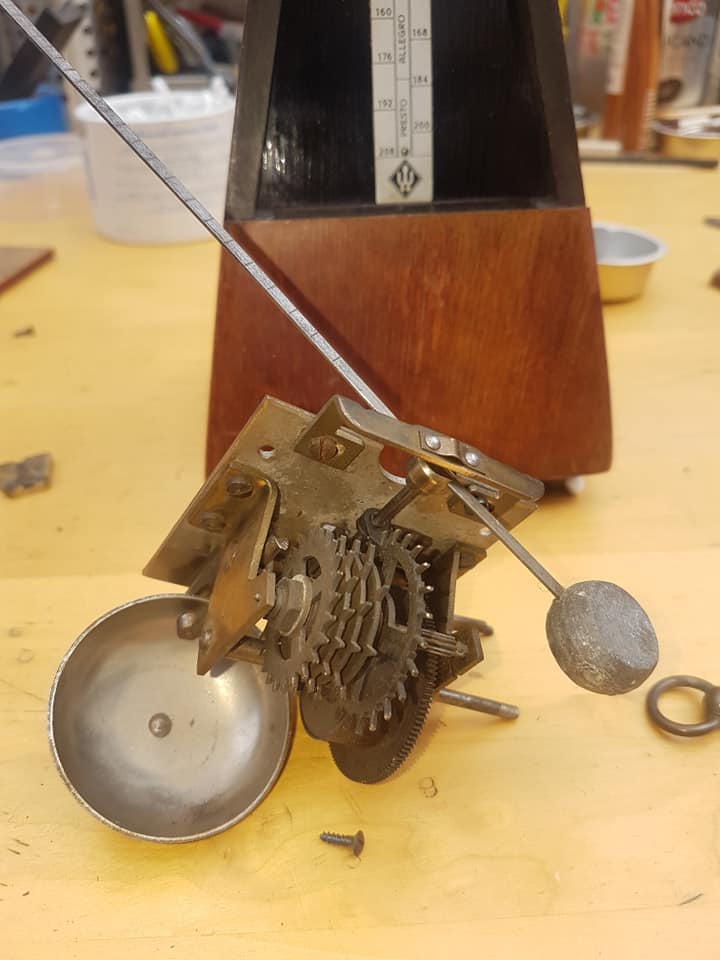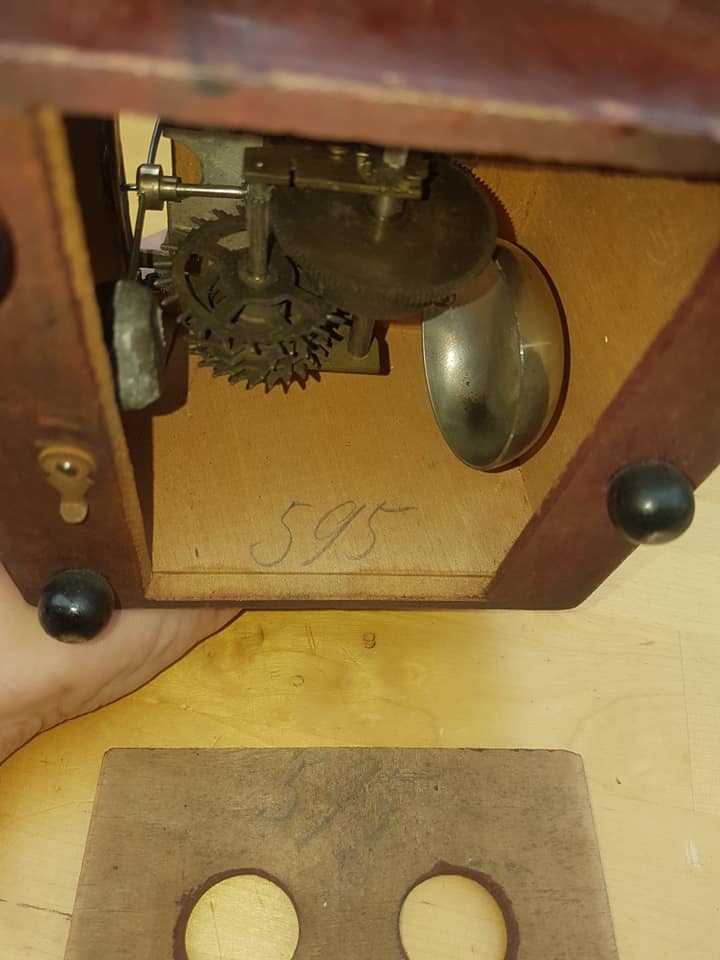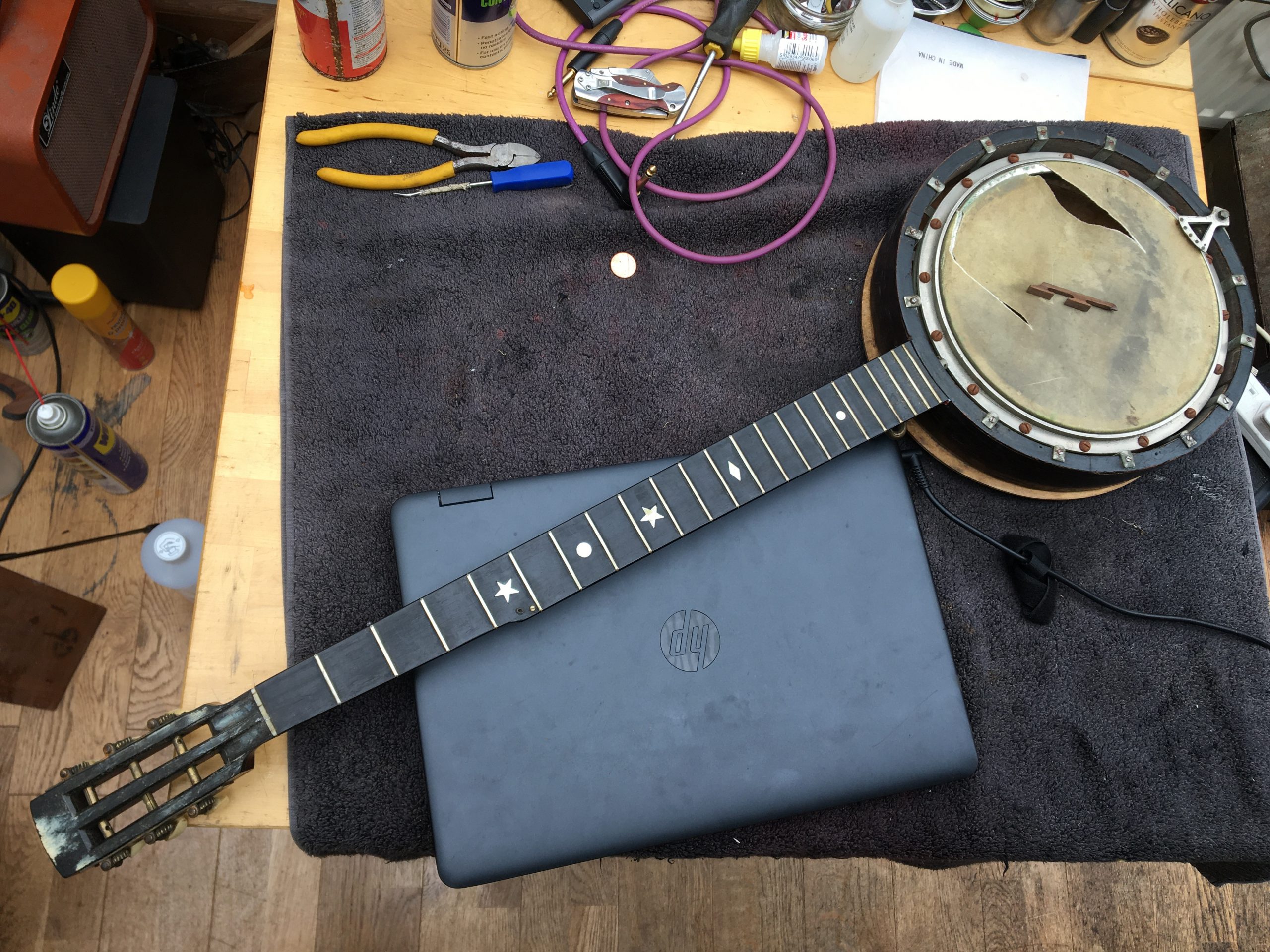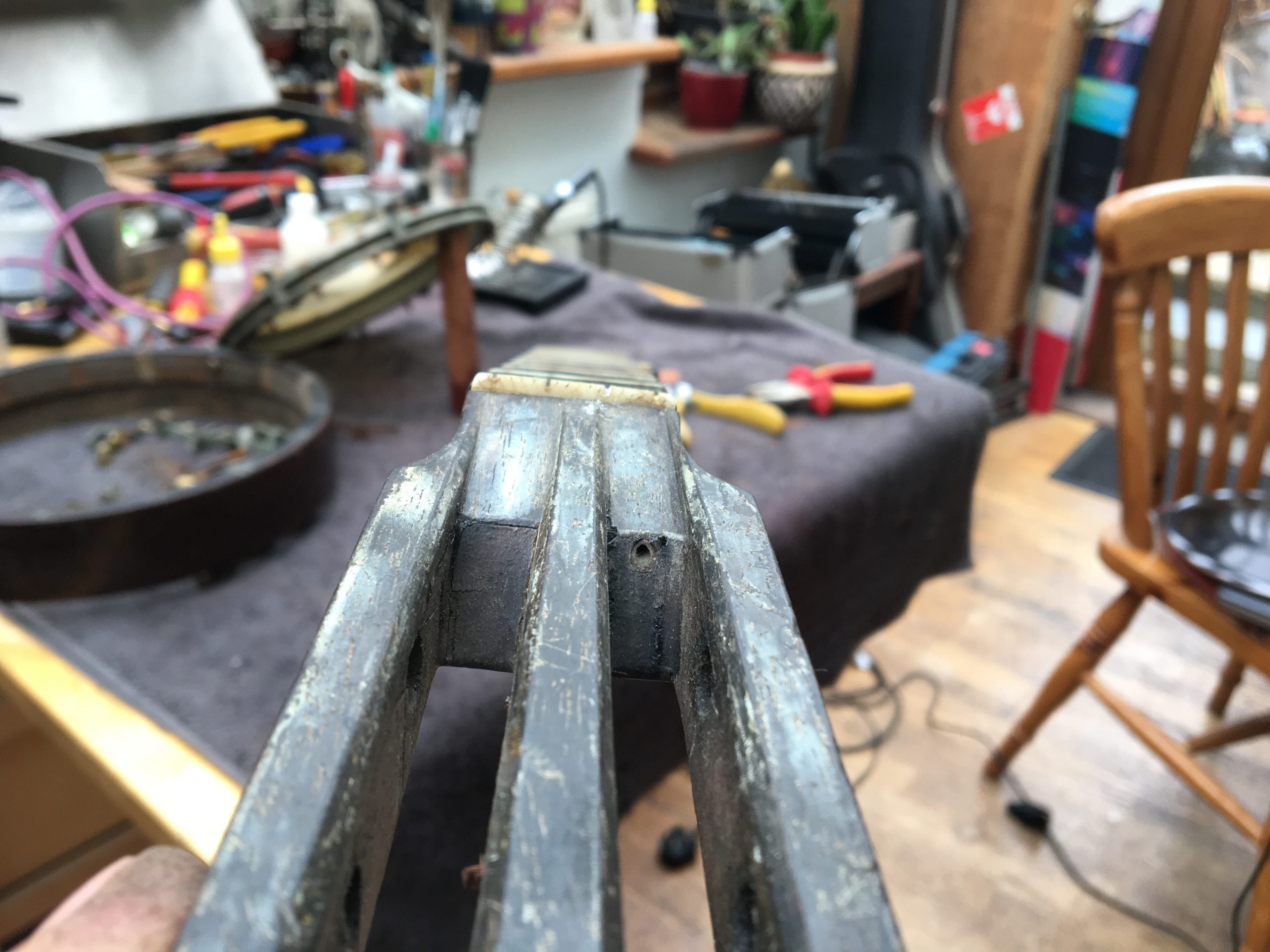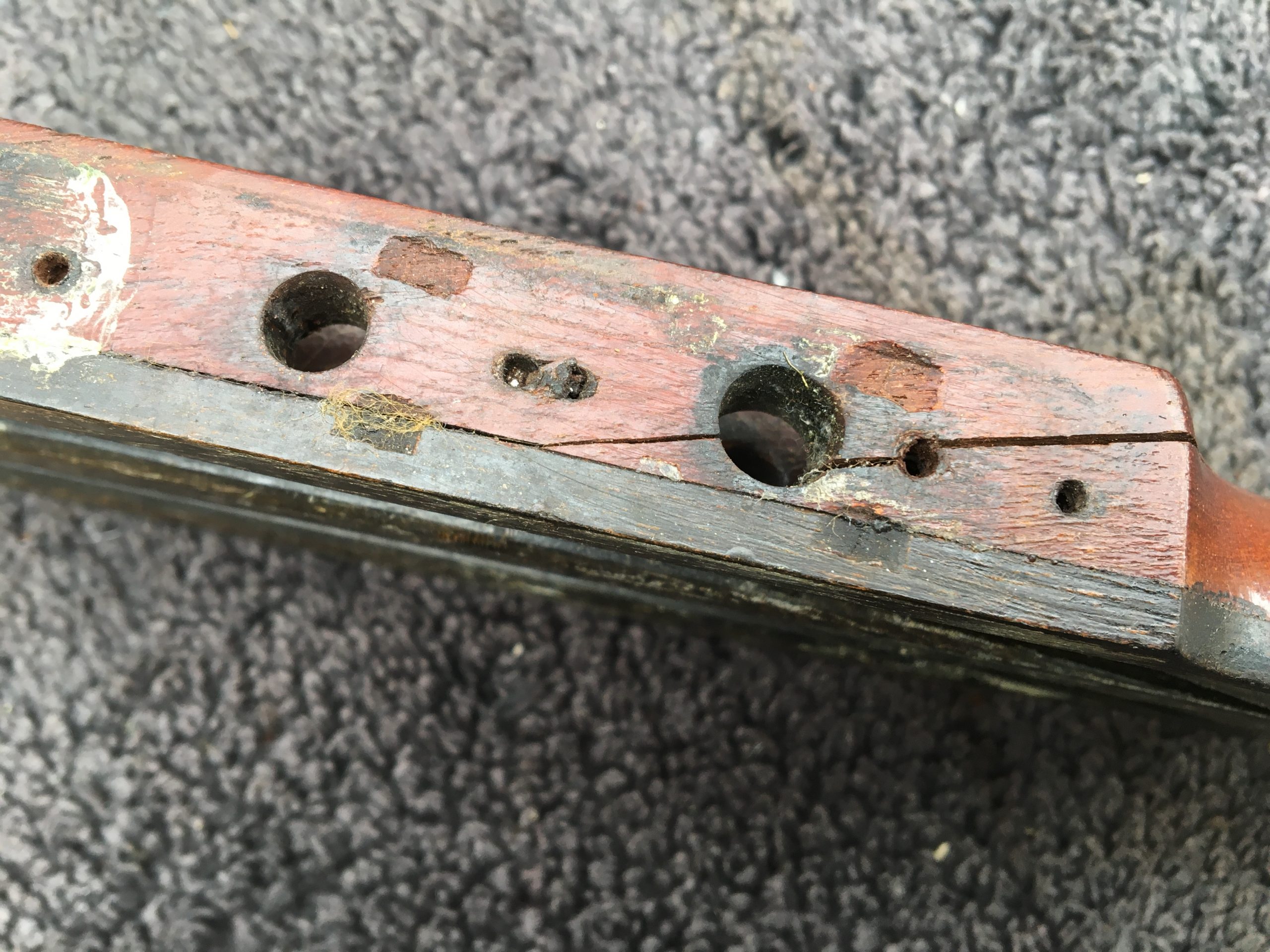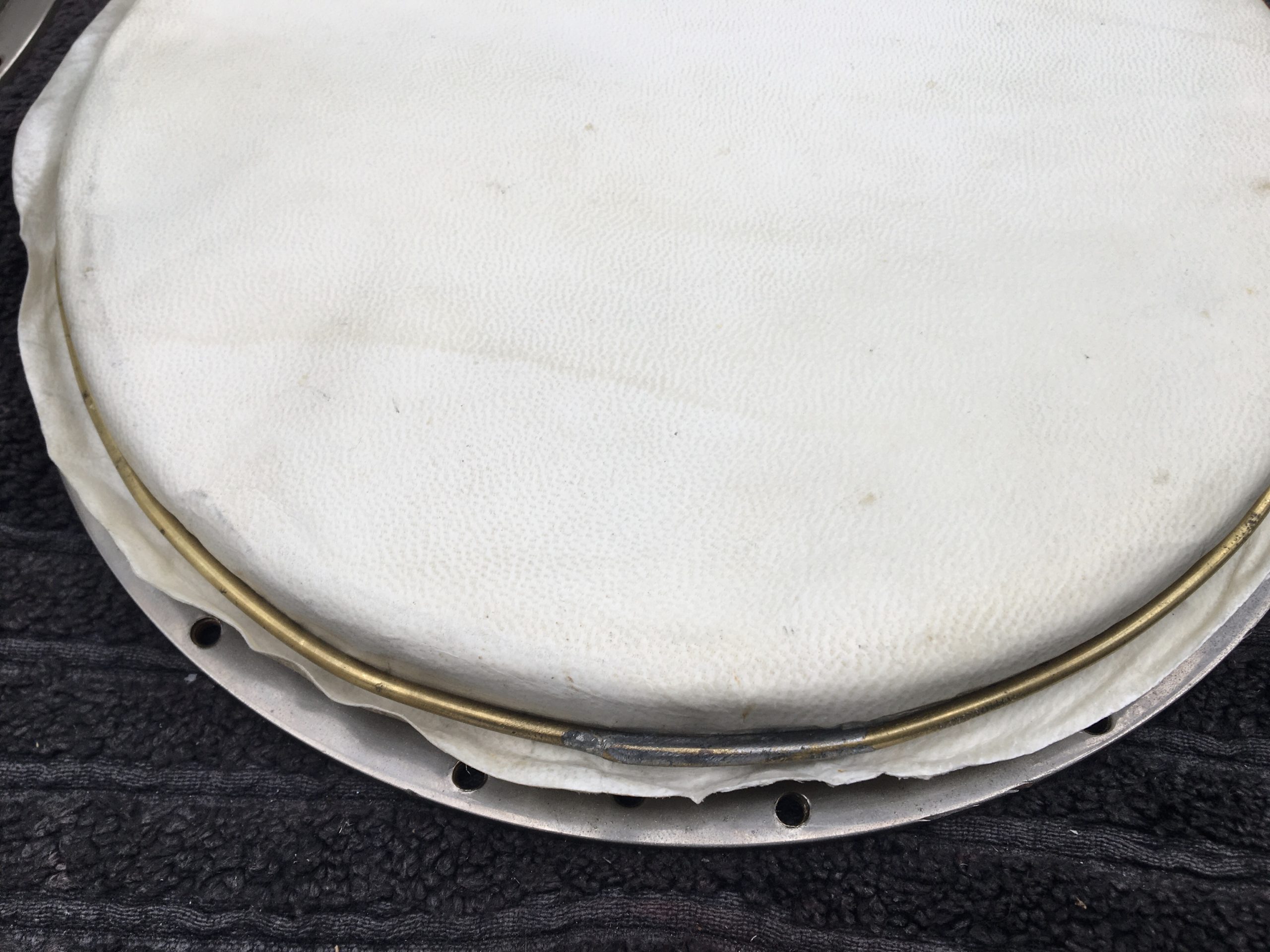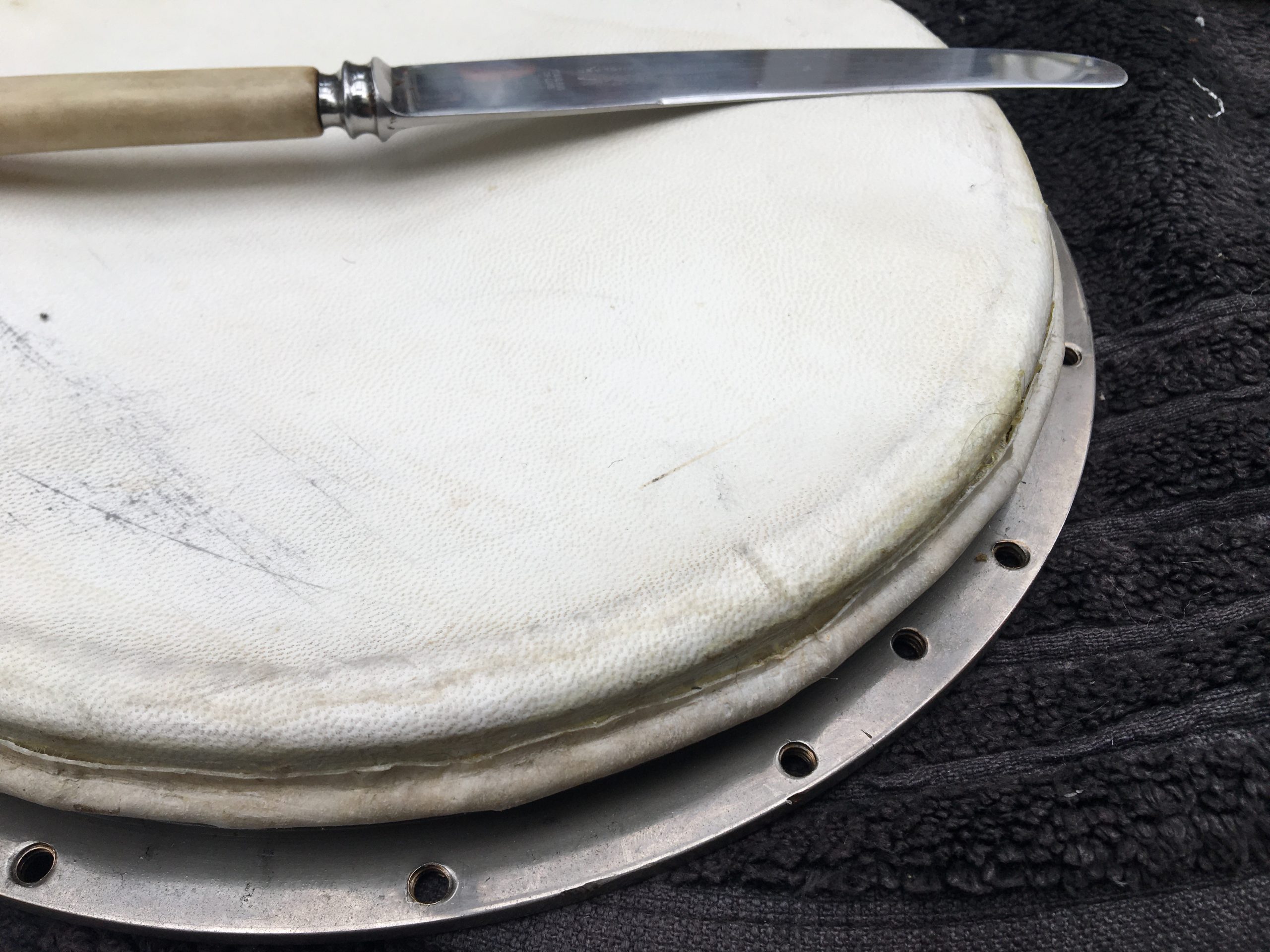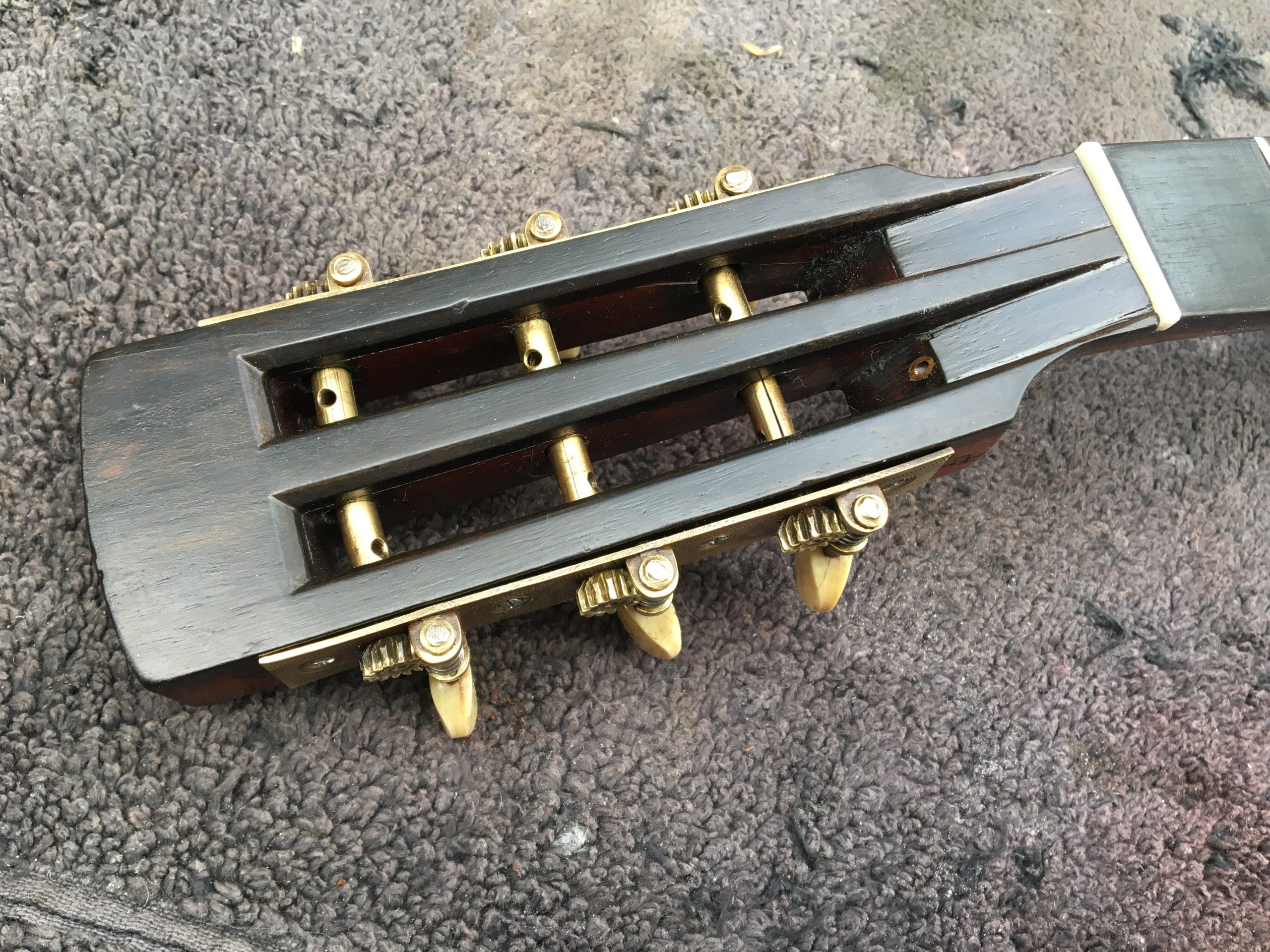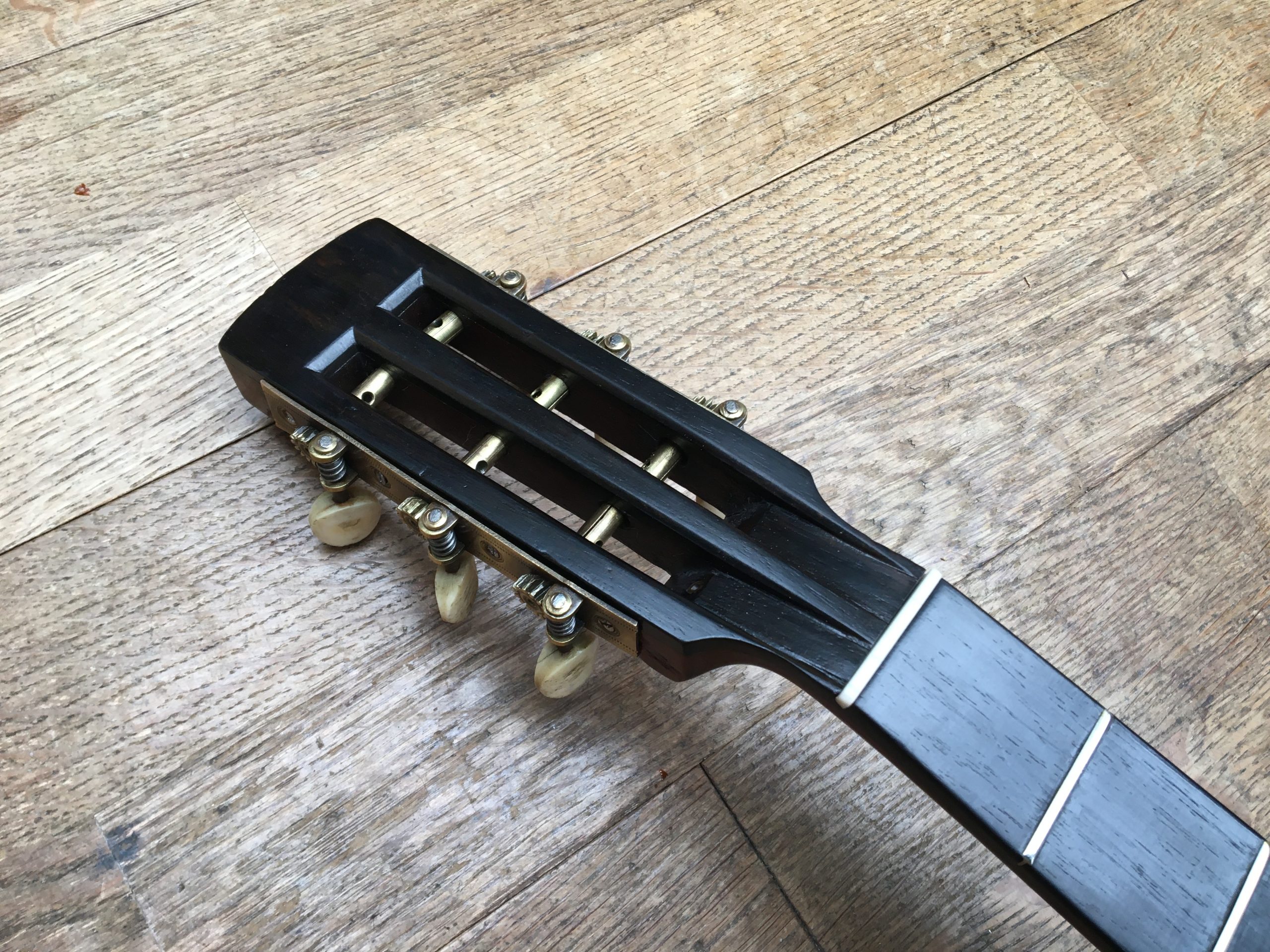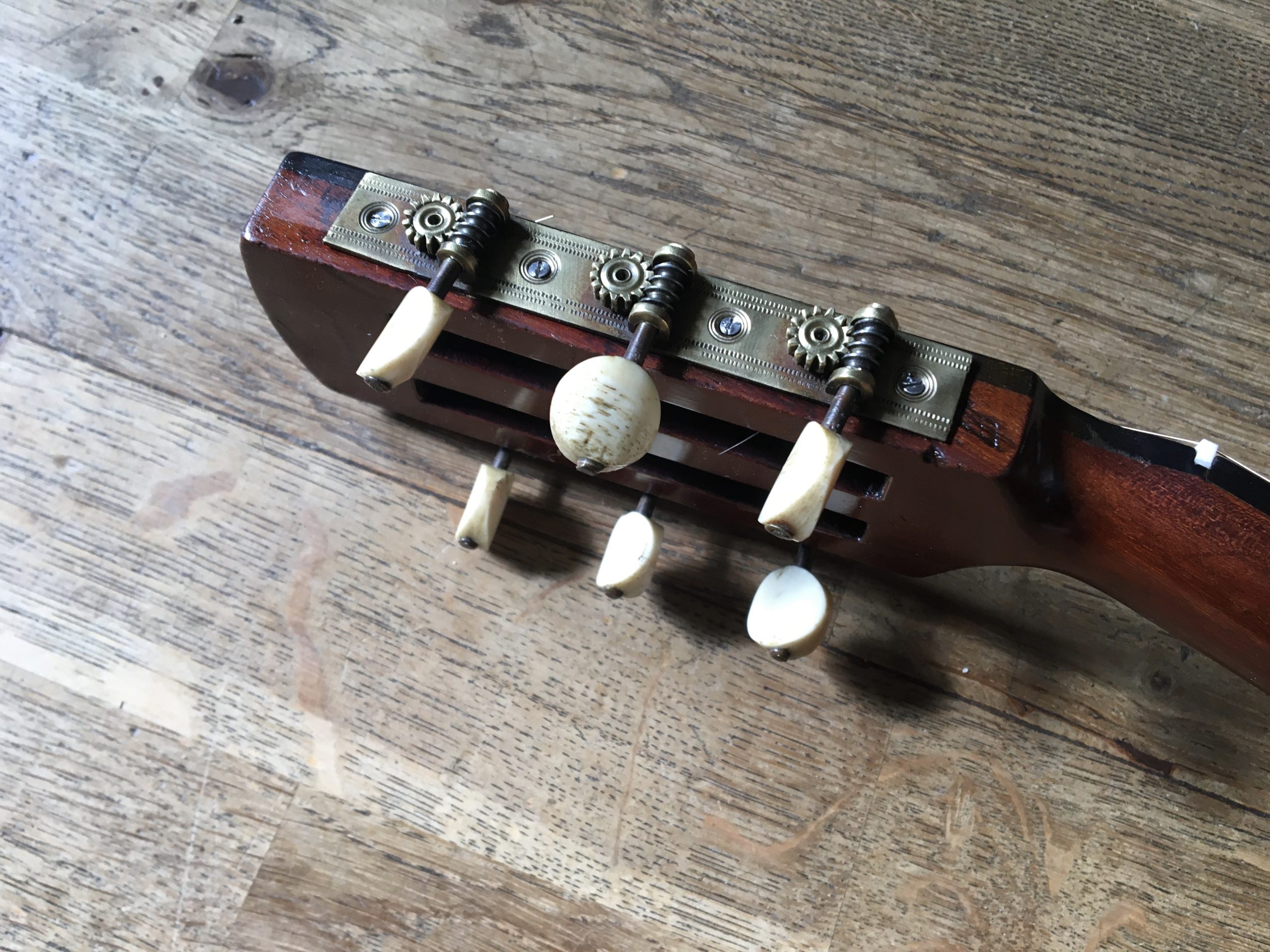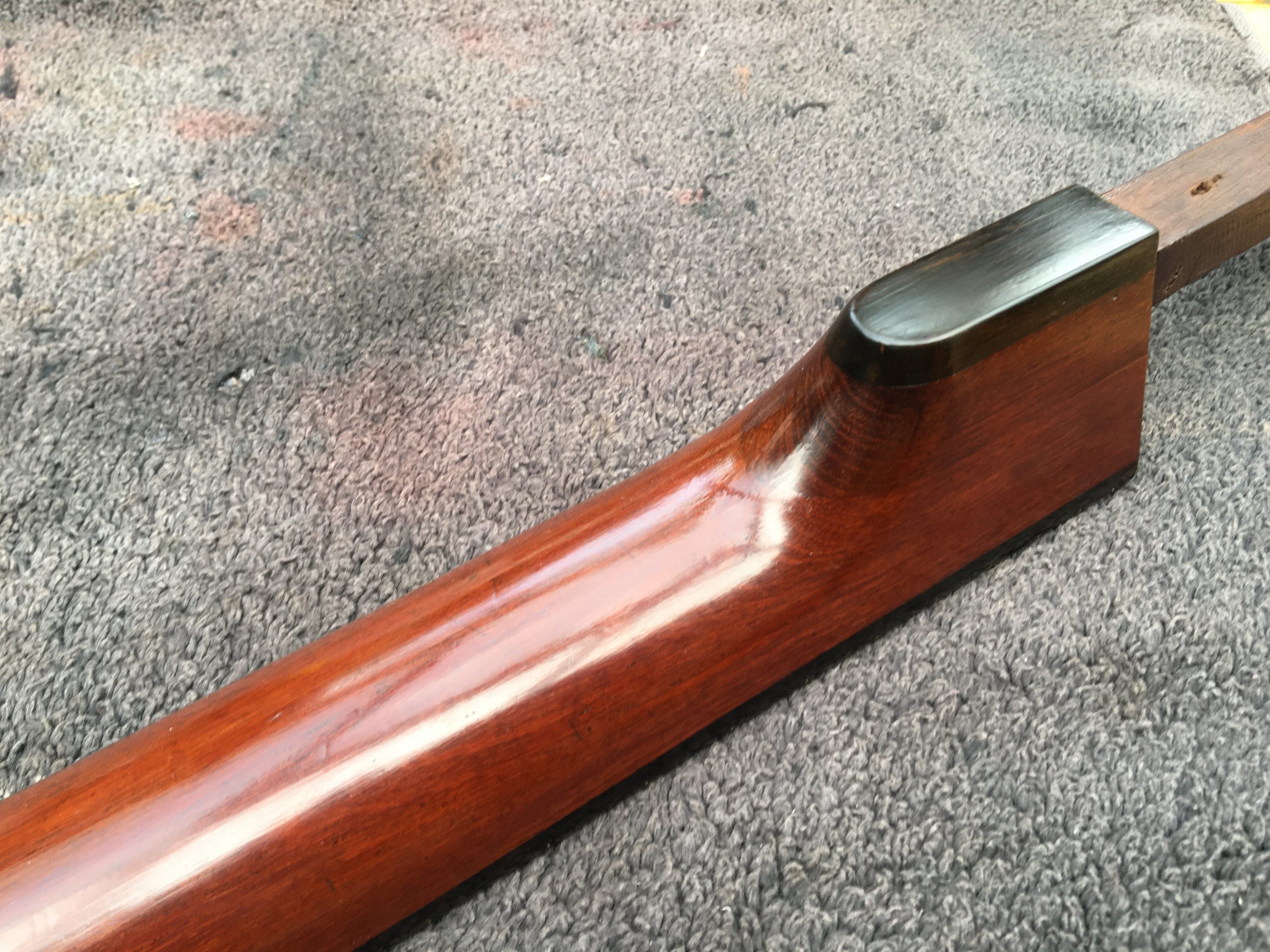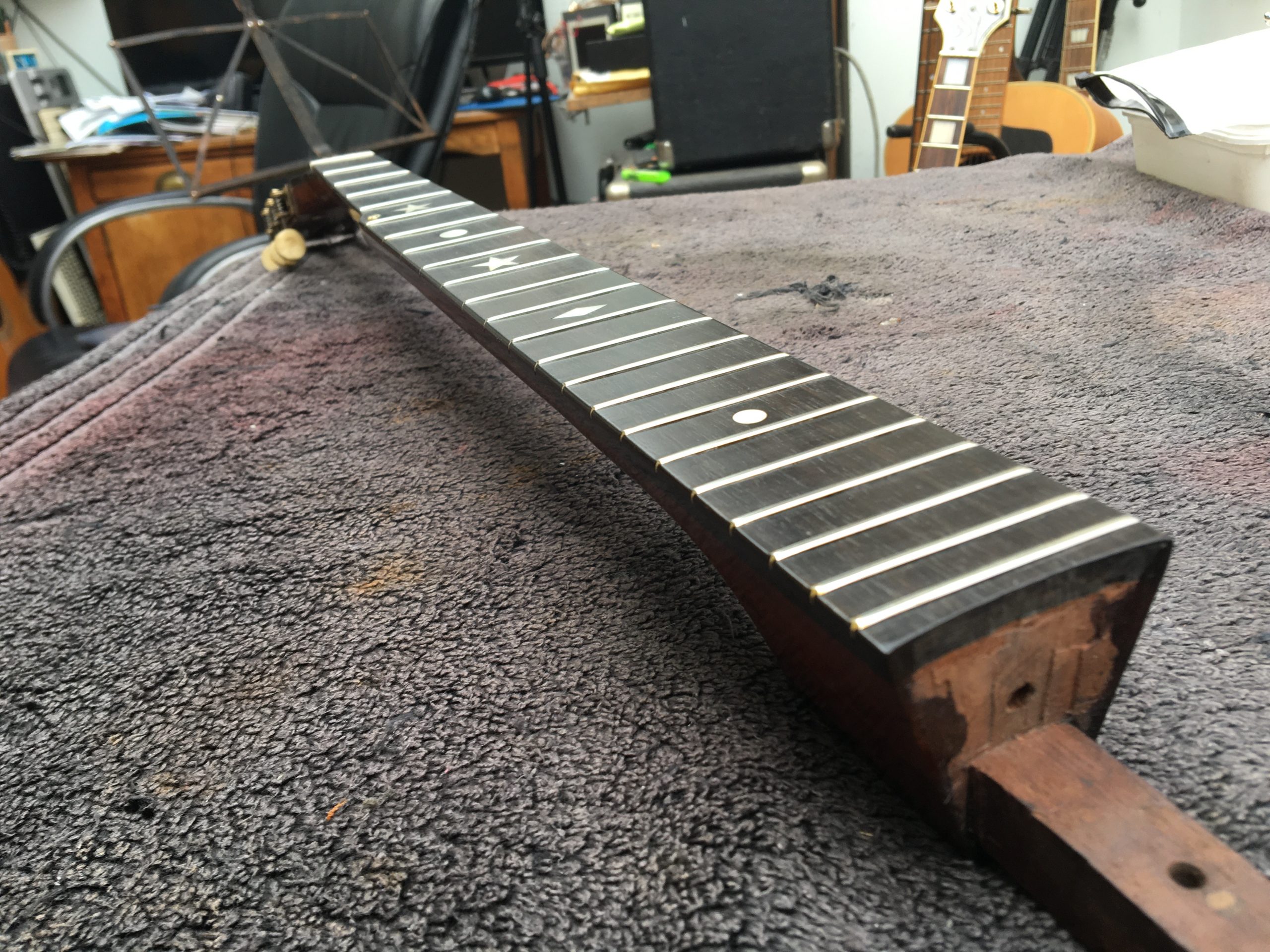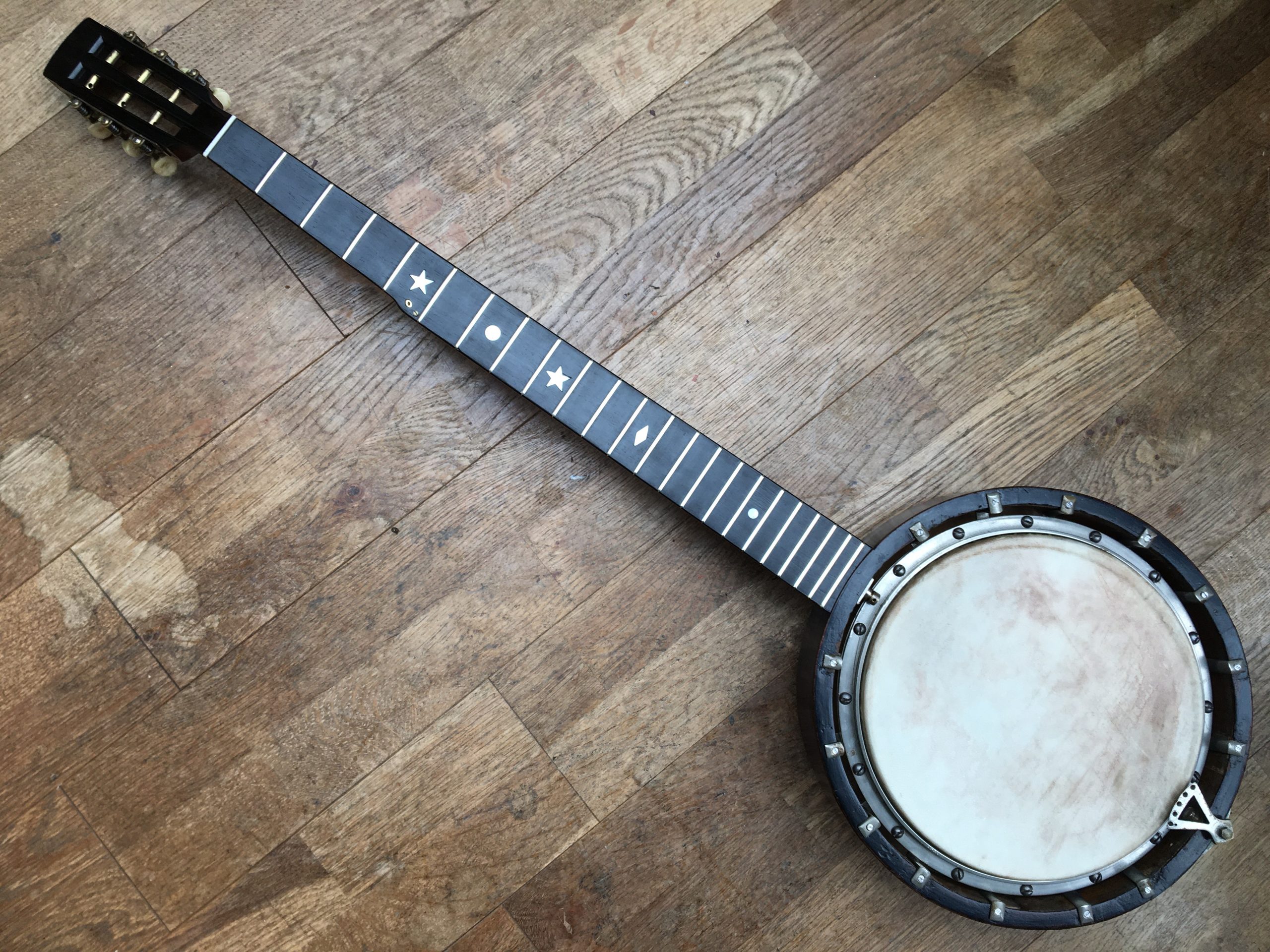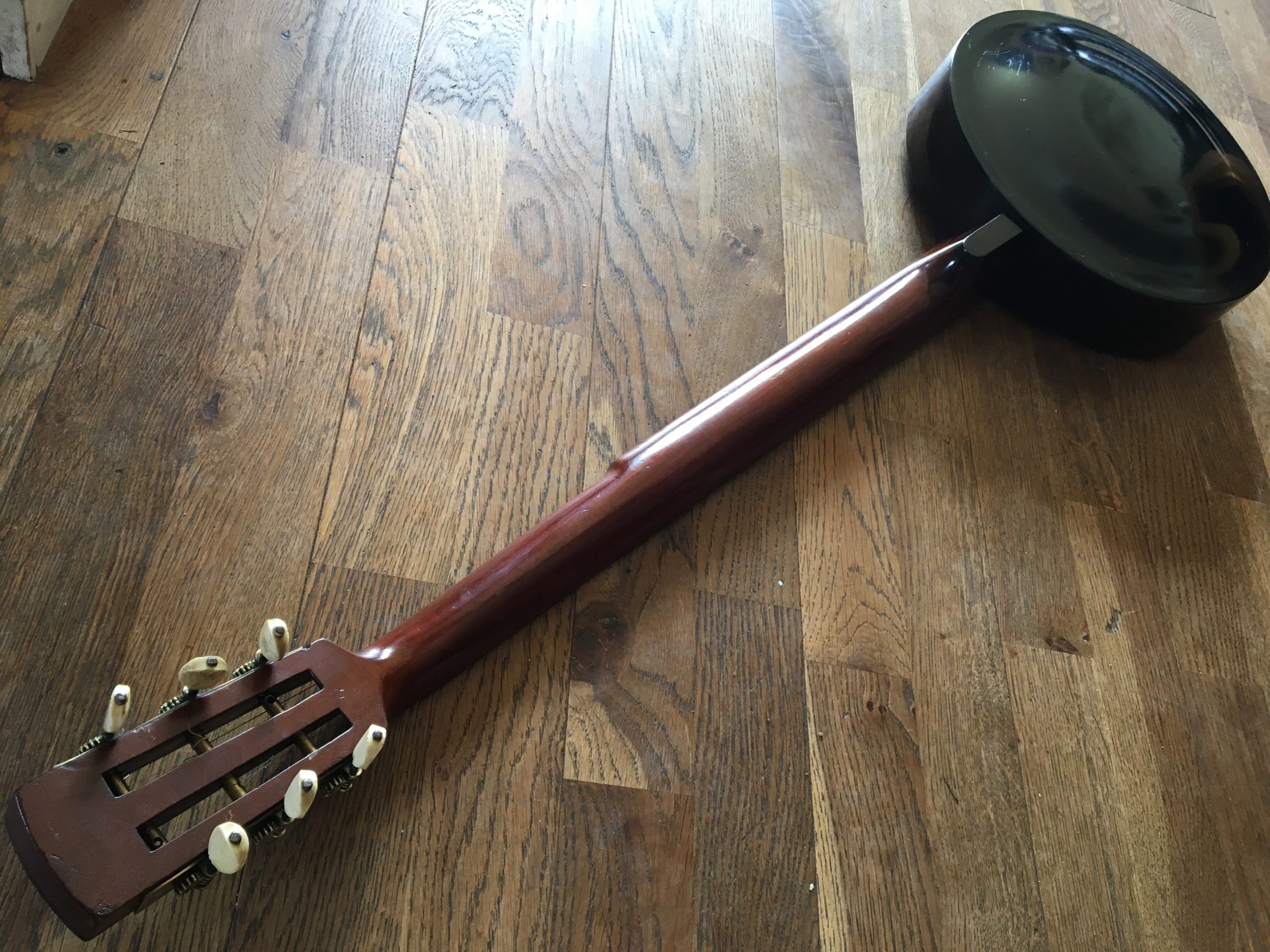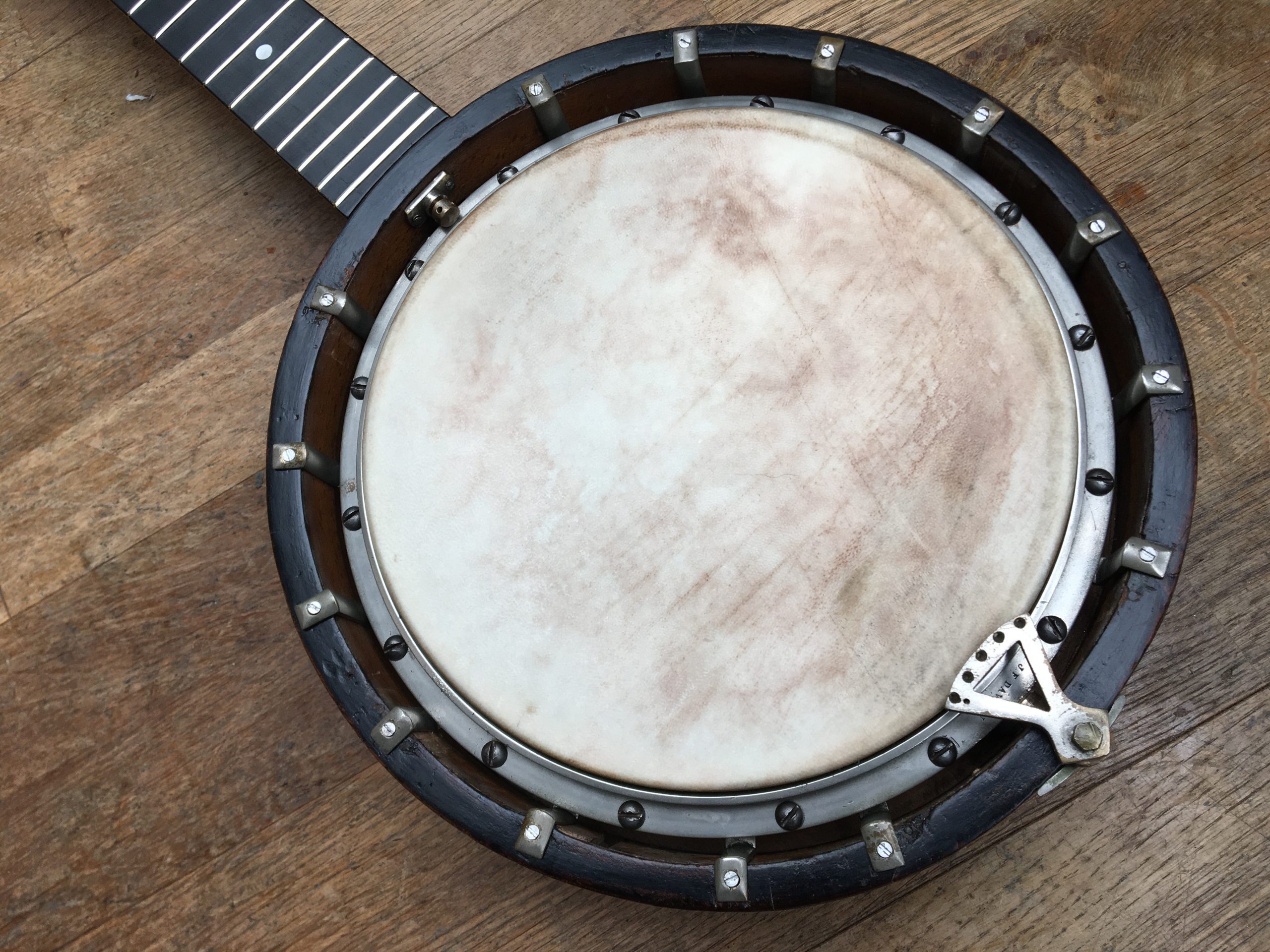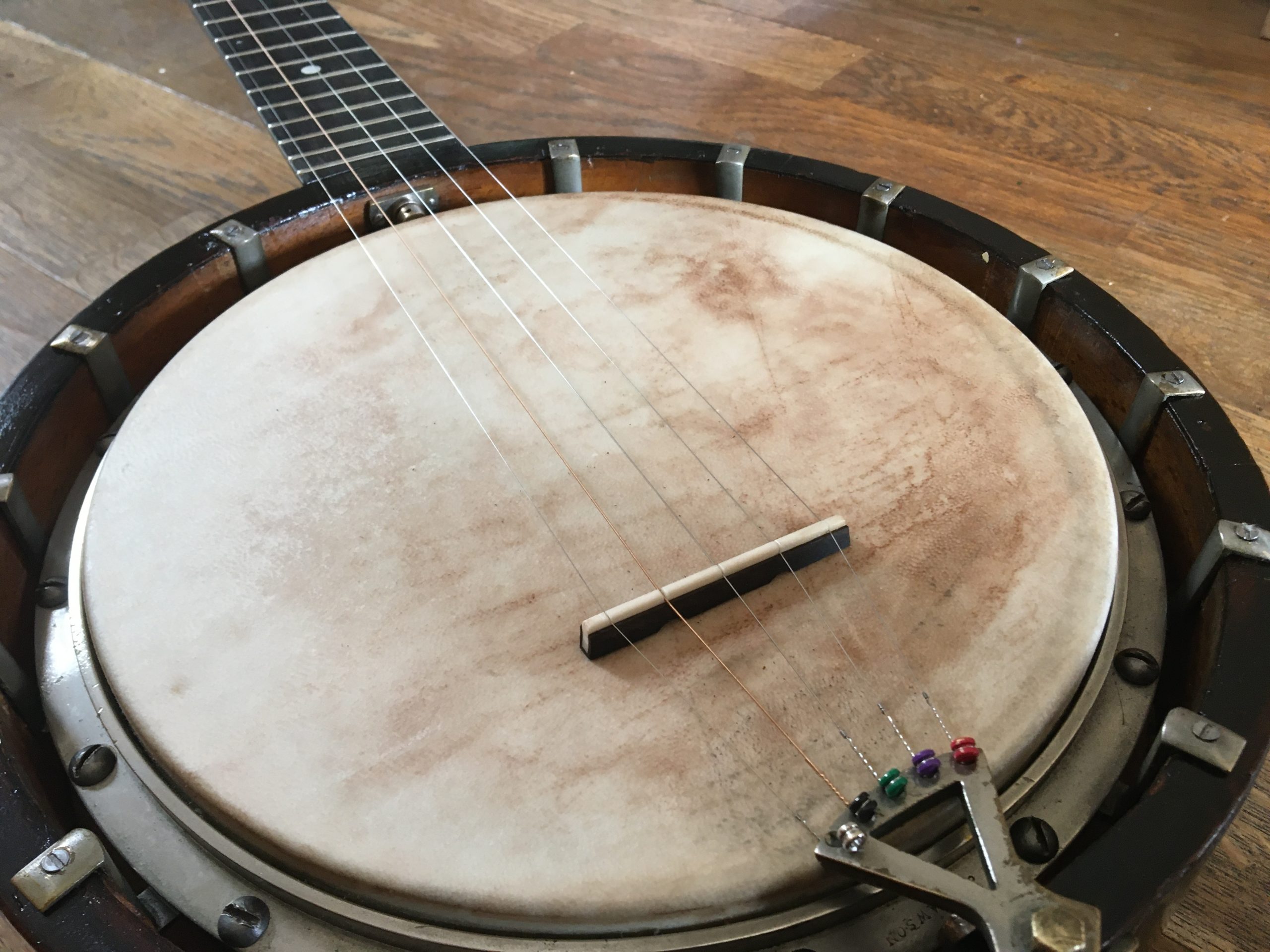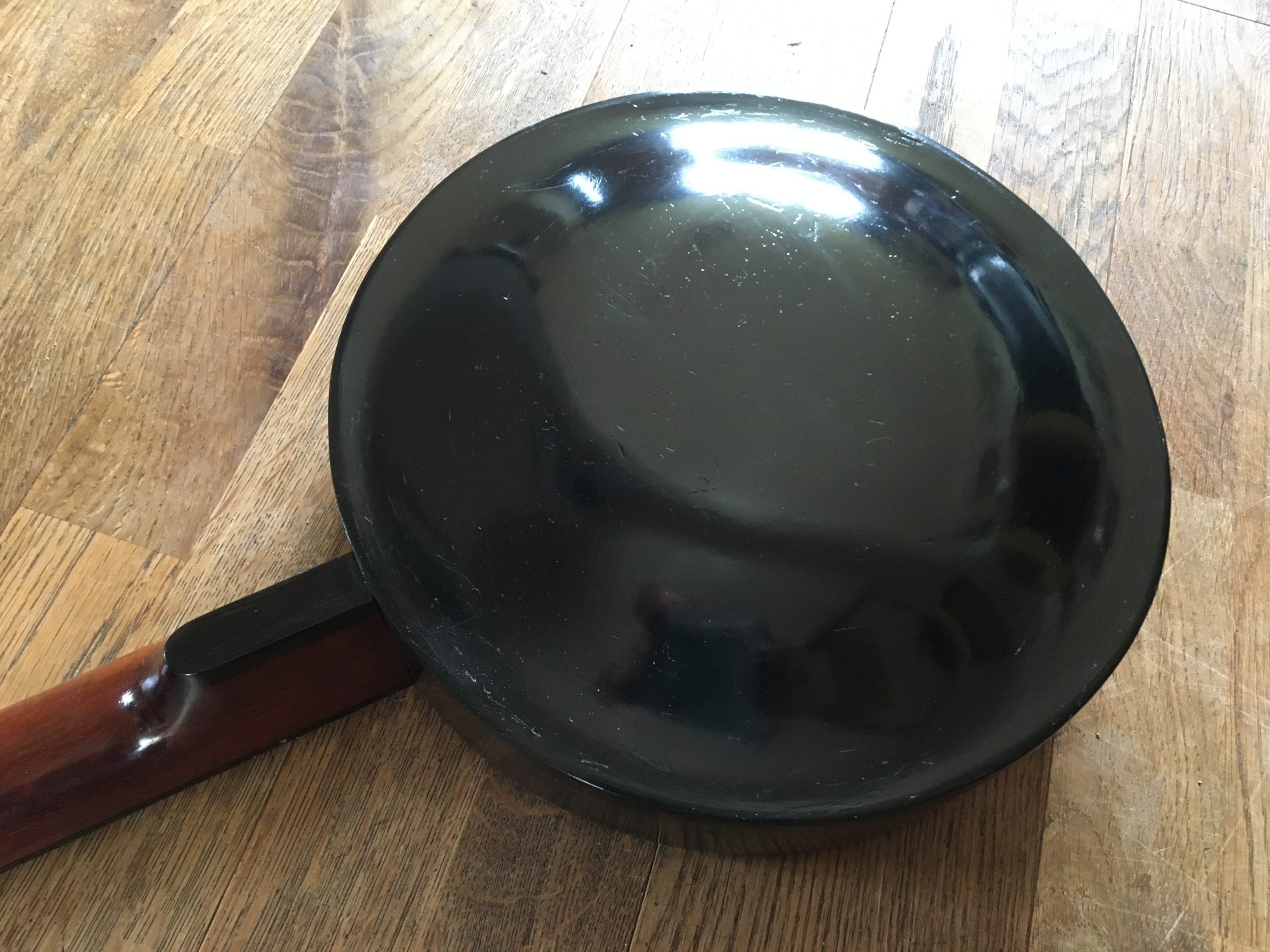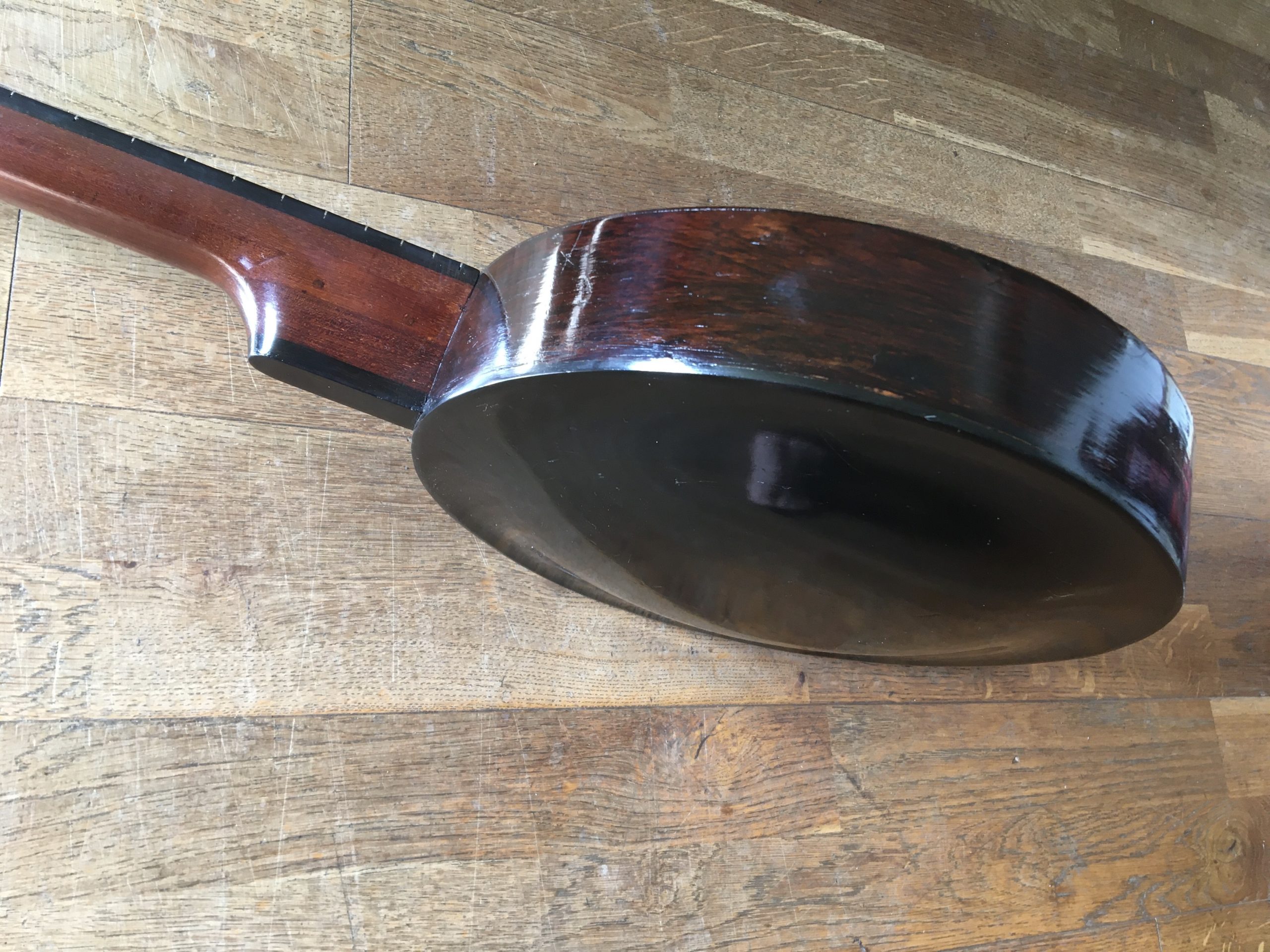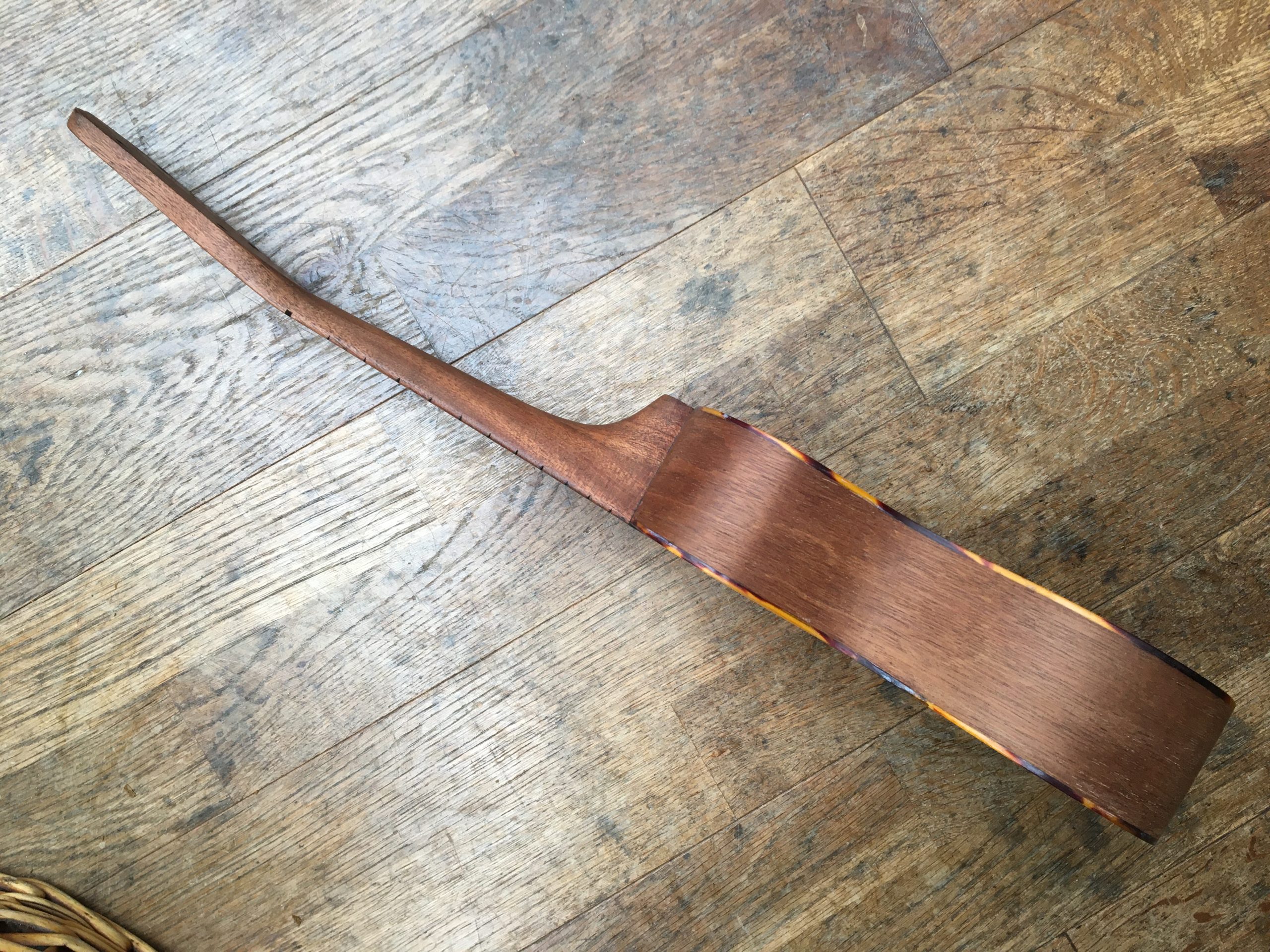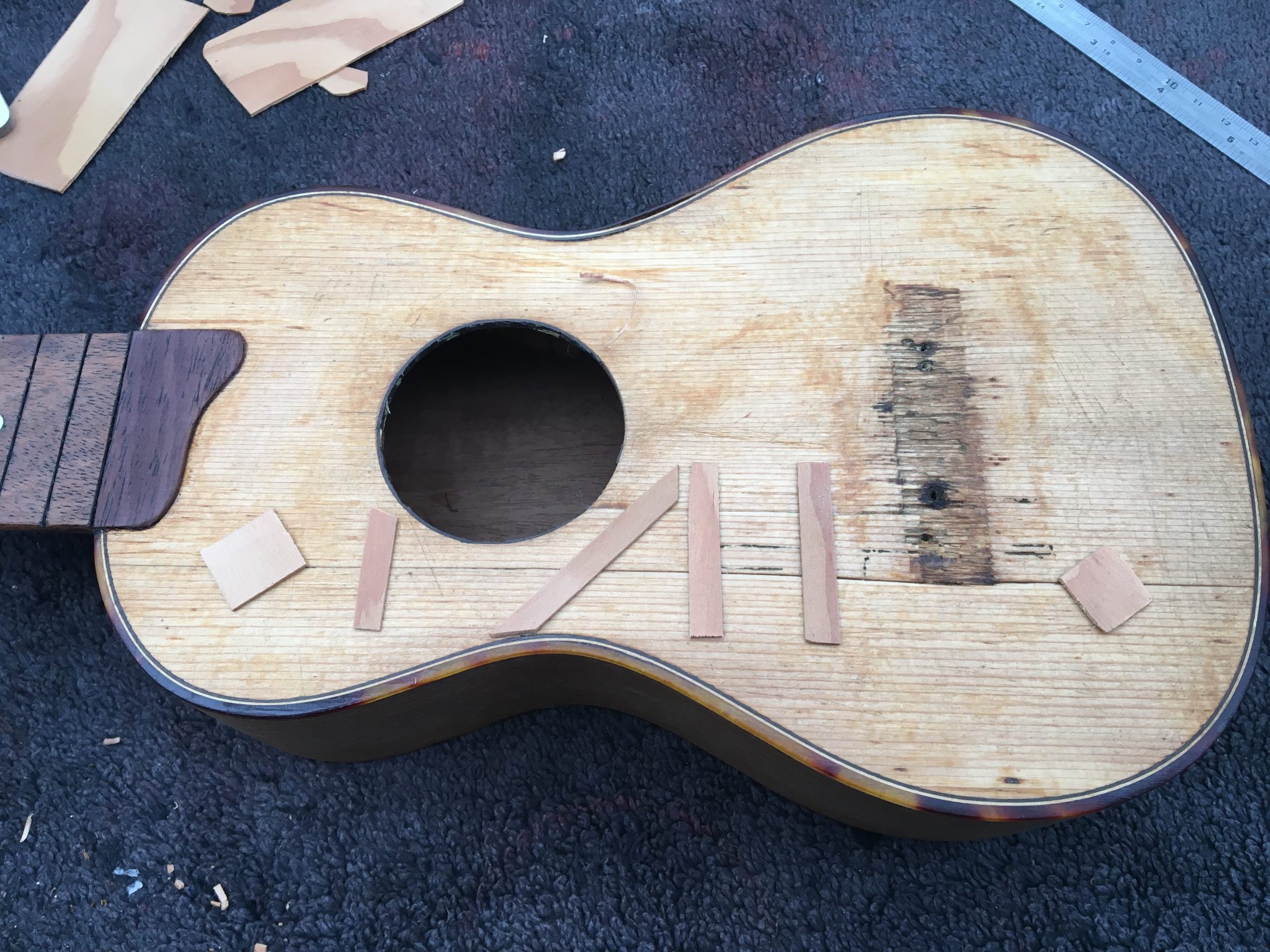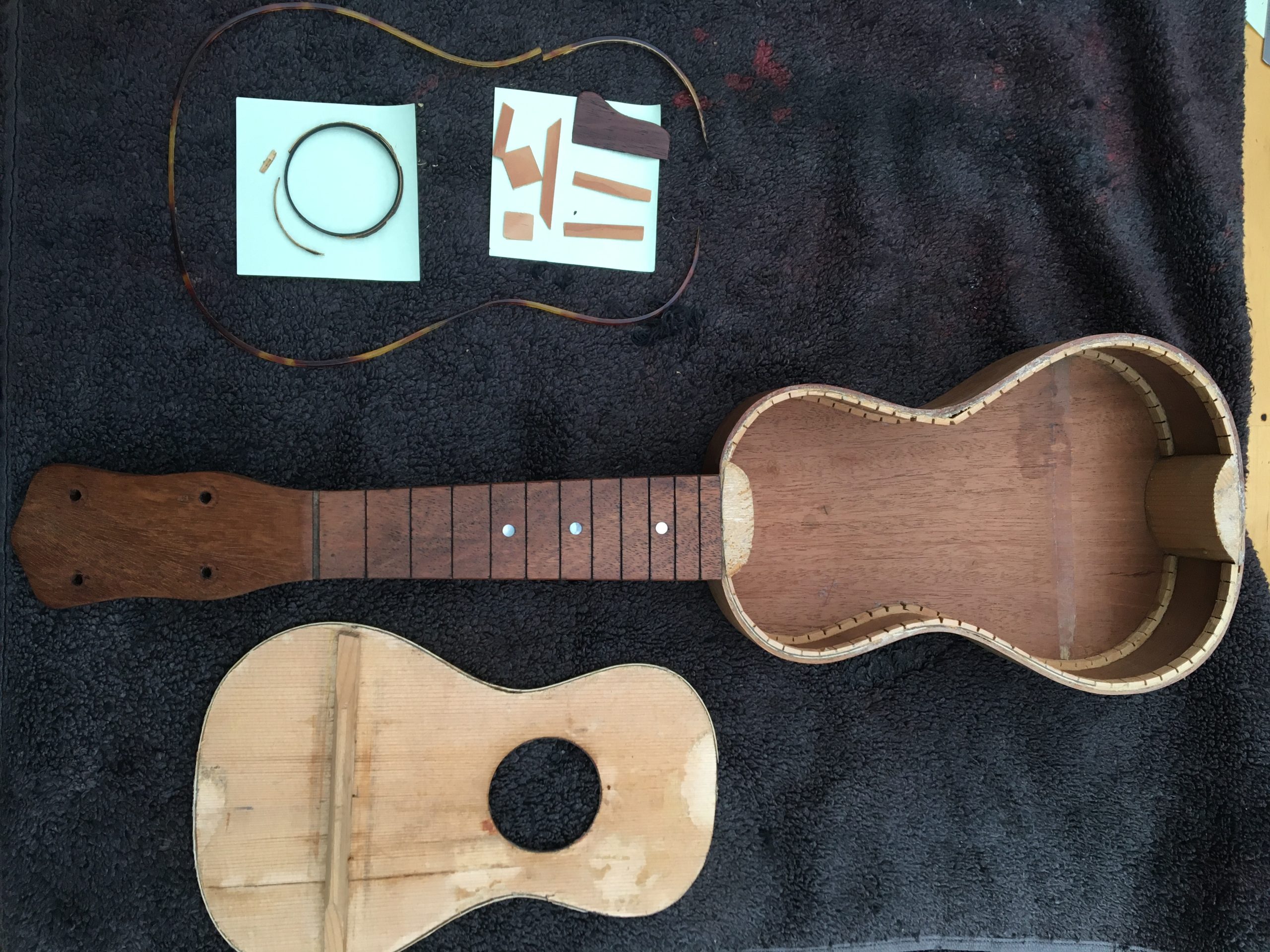BudeStrings works carried out
Browse below to view a selection of previously undertaken works.
Acoustic Guitar setups
These are bread and butter for BudeStrings and several hundred are carried out every year. BudeStrings setups are the best available in the region and uniquely tune your instrument to your playing style, which is why time served professional musicians are often pleasantly surprised at the previously unseen refinements made to their instruments.
Some setups are just a matter of tweaking the truss rod and adjusting saddle and nut height, but in-depth setups often involve levelling and crowning the frets, and/or reshaping part or all of the fret board to get the guitar geometry as close as it is possible to get to perfection. A common problem of certain brands of acoustic and electric guitars is ramping of the fret board tongue, which is remedied by removing 4-6 of the top frets, planing an appropriate amount from the fret board and replacing the frets before levelling and crowning.
For best results and to address intonation issues sometimes the best option is to source or produce a new nut and saddle. The material of choice is high quality bone and when suitable parts cannot be sourced they are hand made in house. Replacement or custom inlays are also routinely produced and fitted.
Electric Guitar setups
While very different to acoustic setups, electric guitar setups do follow the same principles of geometry and fret finish although there are additional considerations such as intonation setting, tremolo balancing, pickup height and specialised setups for more complex Floyd Rose style tremolo bridges.
Fret work
If you play your instrument enough, frets become a consumable item which wears out. Frets can develop grooves and flattened crowns which affect intonation, tone and playability. Depending on fret size and wear this can be addressed 2 or 3 times by levelling and crowning the frets, after which the only option is to replace the frets. It is recommended that all of the frets are replaced but partial refrets are available if appropriate. On occasion a refret is carried out for no other reason than the customer wanting a different size of fret on their instrument. Fret work is a complex area subject to many considerations, such as fret board material and age, binding and finish and while all jobs are carried out to the highest level, cost can vary significantly.
Electronics
Electronic repairs carried out are many and varied and go far beyond simple component replacements, ranging from simple services to cure or replace crackly pots or adding shielding to cure undesirable background noise to complete rewires and system replacements of electric and electro-acoustic guitars. Repairs are also carried out on electronic keyboards and amps from component replacements to PCB repairs and key bed servicing/deep cleaning. Pictured below are repairs to a Takamine tuner module and servicing and replacement of various guitar electronics from simple and rare vintage wiring looms to various preamps. The wiring diagram pictured was the result of several weeks of research to restore a Shergold Meteor to its original configuration, and the Martin acoustic guitar pictured was converted to a Takamine preamp system.
Headstock repairs
Traumatic as they are, broken headstocks are a very common routine repair and can range from simple budget repairs to back and front strapped repairs using the highest quality honduran mahogany where timber quality is too poor to form a reliable repair. Occasionally, as pictured below, breaks are so complex and severe that the only viable option is to replace the entire neck.
Resonator neck sets
Radically different in design to normal acoustic guitars, these two instruments had been set up very badly by another luthier in the region and were suffering from incorrect neck angles and warped tops. The neck heels were recut and appropriate adjustments were made to internal wooden components before adding ebony shims to prevent distortion of the metal body.
Split side repair
A more unusual repair carried out to great success without affecting the tone or appearance of the instrument.
Violins
Various repairs and setups are carried out on instruments of the violin family, including short scale student violins, cellos and double basses. Bridges carved, strings, sound posts and pegs replaced and bodies repaired.
Restoration: Bradders Parlour Guitar
An extremely in depth restoration of a late 19th century unsigned parlour guitar belonging to a friend which involved stripping yacht varnish and wood stain, rebuilding the extensively damaged body, fitting new mother of pearl inlays in the fret board, refretting and refinishing. A fascinating and unusual restoration of an extremely rare and unusual instrument.
Restoration: Couesnon Mandolin
Restoration of a very rare 1930s Couesnon Mandolin. Not a hugely valuable instrument but nevertheless a rare and important example for a Mirecourt maker not known for mandolins. In terms of build quality this is a superb instrument in a class of its own. As is usual for teardrop mandolins the neck is fitted by a spanish style heel making a normal neck reset impossible and necessitating removal of the fret board and planing of the neck. The instrument was then fitted with fresh mother of pearl dots and frets.
Restoration: Tacoma P1
Full rebuild of a vary rare and unusual acoustic guitar normally only seen in the most avant-gardé stage setups. This is Tacomas first commercially available guitar and as such historically important. After its state of complete disintegration and deformation had been dealt with this was a shockingly good guitar with a huge memorable tone.
Restoration: Boris the banjo
Belonging to a friend, instrument collector and customer, this is a one of a kind 30 year old custom built banjo guitar with internal lighting. The brief was to fit a more reliable switching system for the lights which was achieved by fitting a Telecaster selector switch to the banjo ring, and to reprofile the plank like neck using a Takamine TAN60C as a fret radius and neck template. The headstock was also fitted with customised tuners to replace the impractical friction tuners and preserve the unique headstock shape. A very challenging yet successful job which resulted in a unique and very playable instrument.
Restoration: Little Si’s Martin
This guitar belongs to a life long friend and member of Dusk at dawns. While the inherent problems of Martin guitars are many and varied, this thing had been played to within inches of its permanent demise. The top had worn paper thin in places exacerbating the already ubiquitous Martin belly issue, the neck joint had all but let go leaving the neck angle bizarrely high, the frets were completely worn out and there were a number of electrical issues. The top was reinforced with internal alaskan spruce veneers before straightening the belly, the neck was removed and reset with ebony fillet wedges under the fretboard tongue, frets were replaced after reshaping the fretboard, electrical issues were addressed and the whole thing was given a good coat of nitro to replace the long absent finish. Instead of being retired this guitar went on to do many more gigs.
Restoration: 1930s Maelzel metronome
One of the more unusual restoration jobs, this was more about restoring a family heirloom to working condition than restoring an item for everyday use.
Restoration: 1920s Dawsons zither banjo
This is a family heirloom, sent to me all the way from Manchester and restored well beyond its commercial value. I like these jobs because commercial considerations often mean that comprehensive restorations are usually reserved for only the most valuable instruments meaning things of beauty like this are sadly often left behind.
This was a properly big job and no part of the instrument was unaffected. I had to rebuild the hoop and back, adding binding to take up the poor fit between the two. The neck had to be untwisted and the frets dressed. I comprehensively cleaned and restored all the hardware including the tension hoop components and replaced the skin with some high quality vellum from a dholak bottom head. Finally, the whole instrument was finished with lashings of my patented tattoo ink based eboniser and gold shellac. The challenge was to return everything to functionality without taking away from the considerable age of the instrument, which has been achieved to great success.
Early 20th century concert Ukulele
Early 20th century instruments have become something of a speciality for me.
This instrument doesn’t have a makers mark on it anywhere. It has been pointed out that it’s similar to a Gibson from the same period – 1900-1920 – but there are differences and I think this has much better build quality than any early Gibson Uke I’ve seen. All materials are A1 quality down to the nitrocellulose binding and it’s a well conceived build for such a basic string instrument.
It came to me in the hope of fitting a new top to it as the original was badly split and the braces had separated from their panels. After a short discussion of the project I had explained that I was reluctant to throw away such a nice piece of spruce and would therefore be removing the top and stitching the cracks before replacing it. Not an easy job on a bound instrument but well worth it. It was also decided that I would refinish – the instrument was finished in shellac but this was over an ugly opaque ground which had been used to fill the grain as was the fashion at the time. It was also decided that I would refret and make a classical bridge for it as the existing bridge had too small a footprint to stay in place without screws – not something I like to see on any instrument.
The structural repairs worked out beautifully and other than the crack lines in the top there is no clue to the state the instrument was in. The classical bridge was a good move and has pushed the quality of the instrument up a few notches. I did try to save the ebony nut but it split while I was trying to recut the slots so I made a bone replacement. The tuners are completely original – I repaired the Bakelite buttons with some epoxy putty and acrylic paint which seems to have worked out quite well. The whole project really came together after I had applied about a dozen coats of french polish using dark shellac, at which point the rippling in the top and back switched on. Not easy to see in the photos but the spruce top has a lovely rippling pattern which flips 30° as you turn it in the light. Not something I’ve seen on spruce before.
I’ve strung up with some cut down black nylon classical strings which depending on who you believe make the sound brighter, warmer or have no effect at all. But they do look a lot better. It stays in tune well and has an astonishing amount of tone for a concert ukulele. What a nice job to do.
